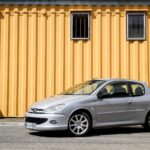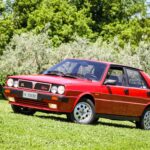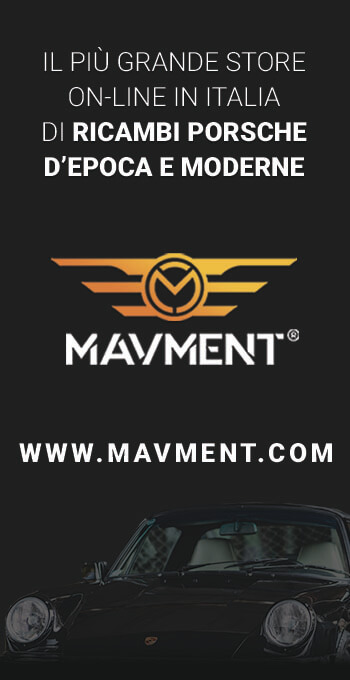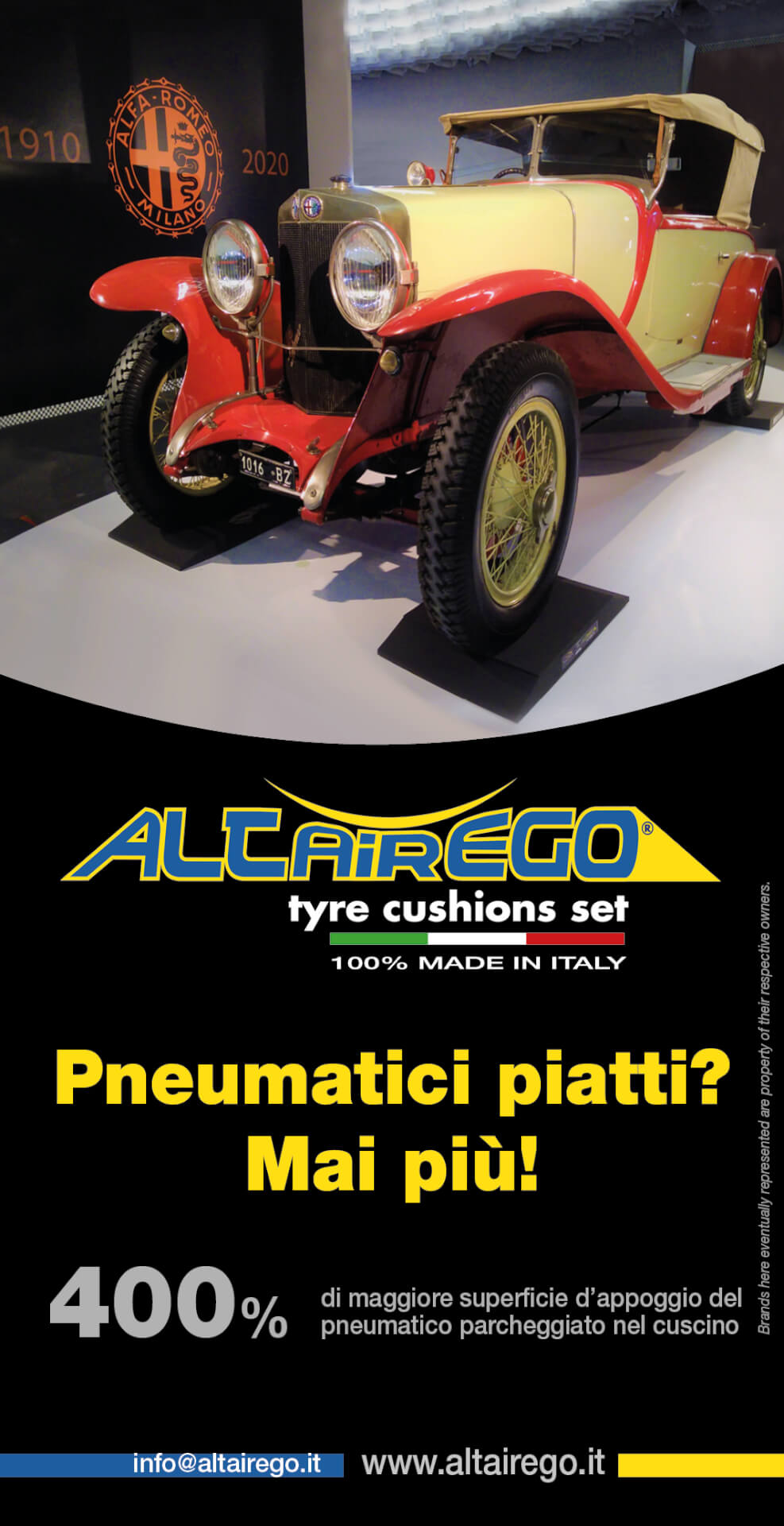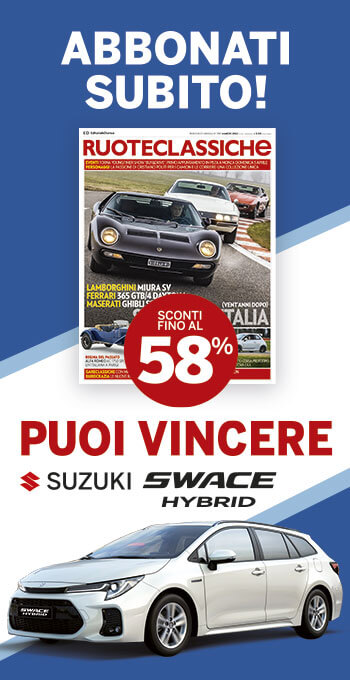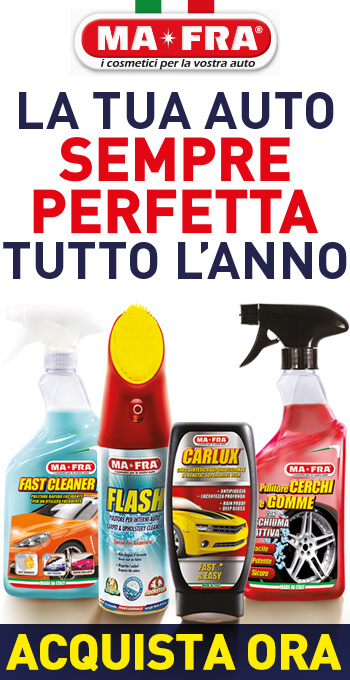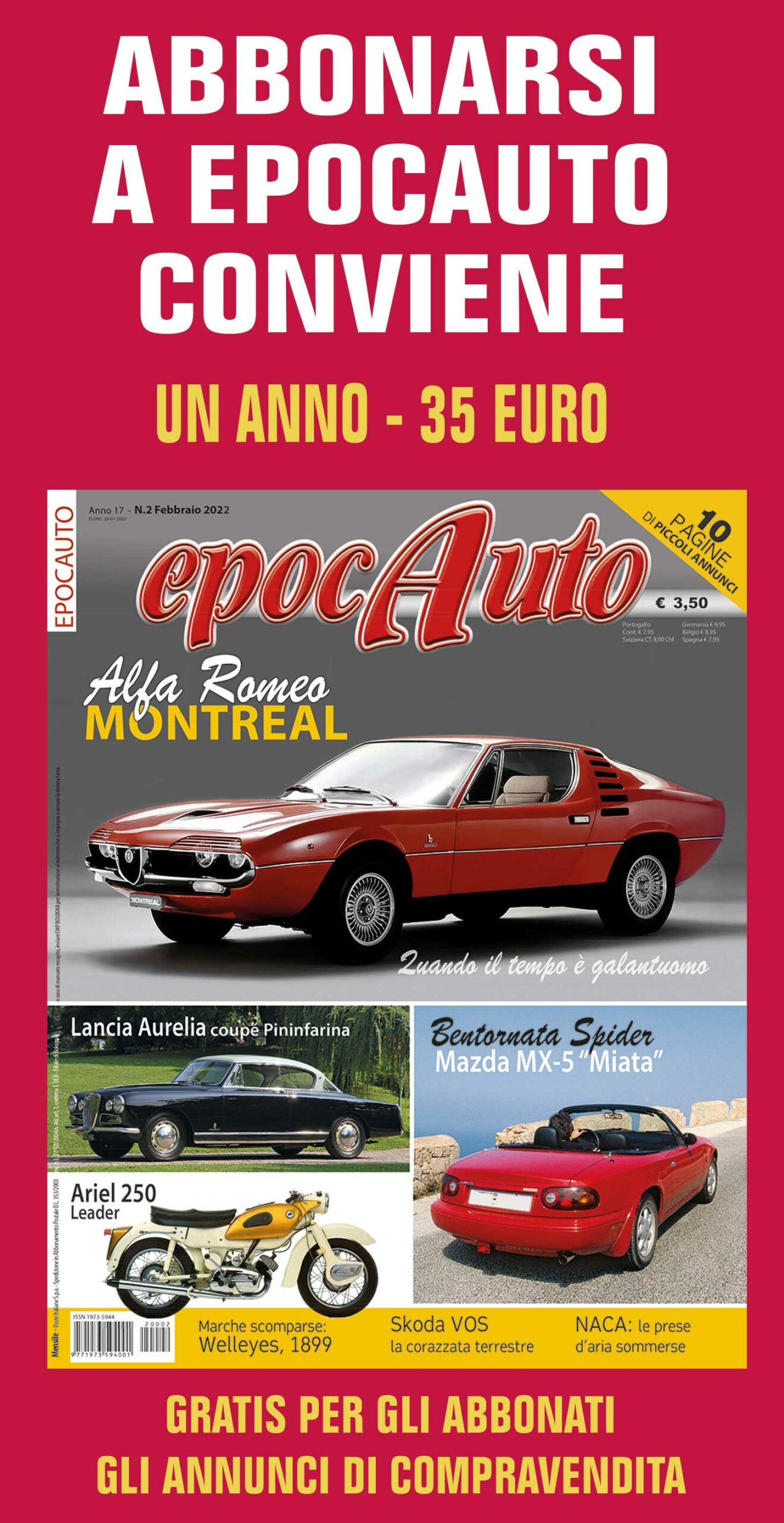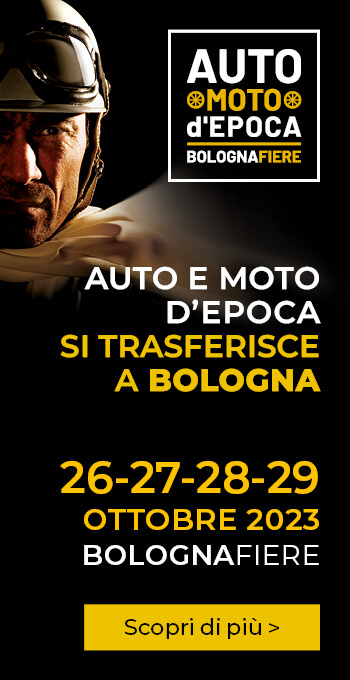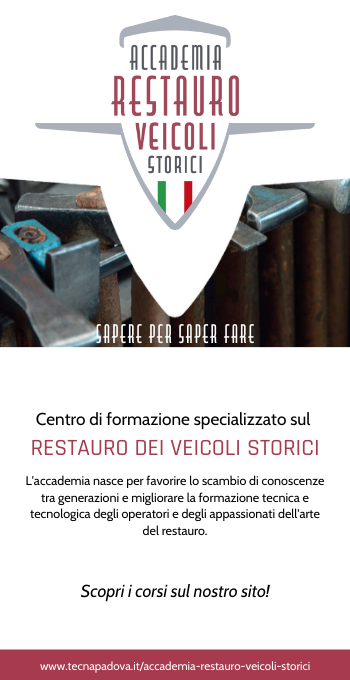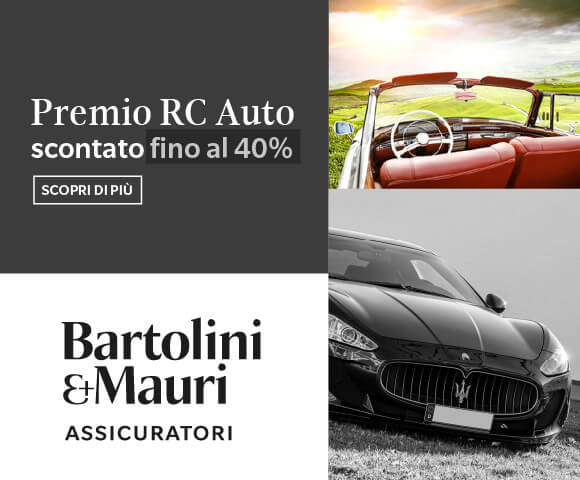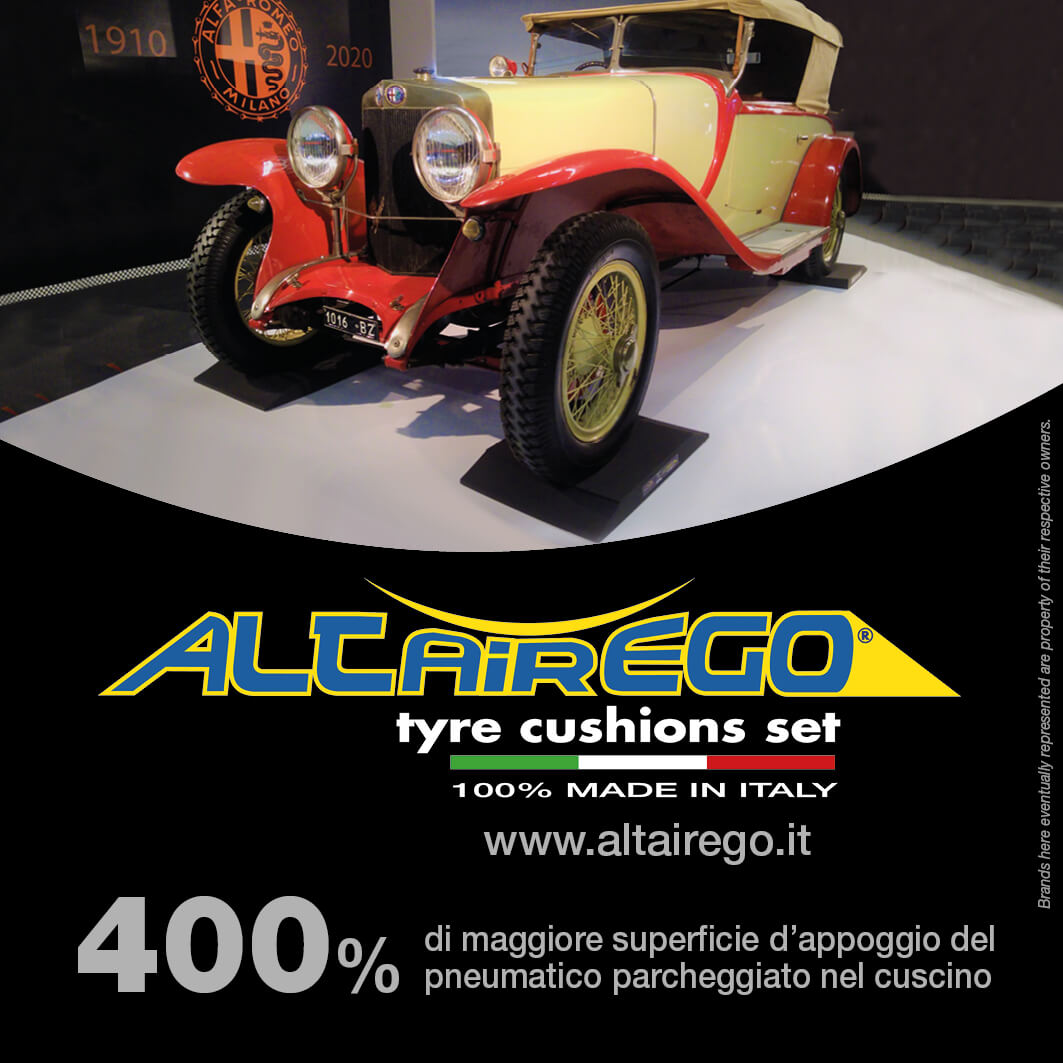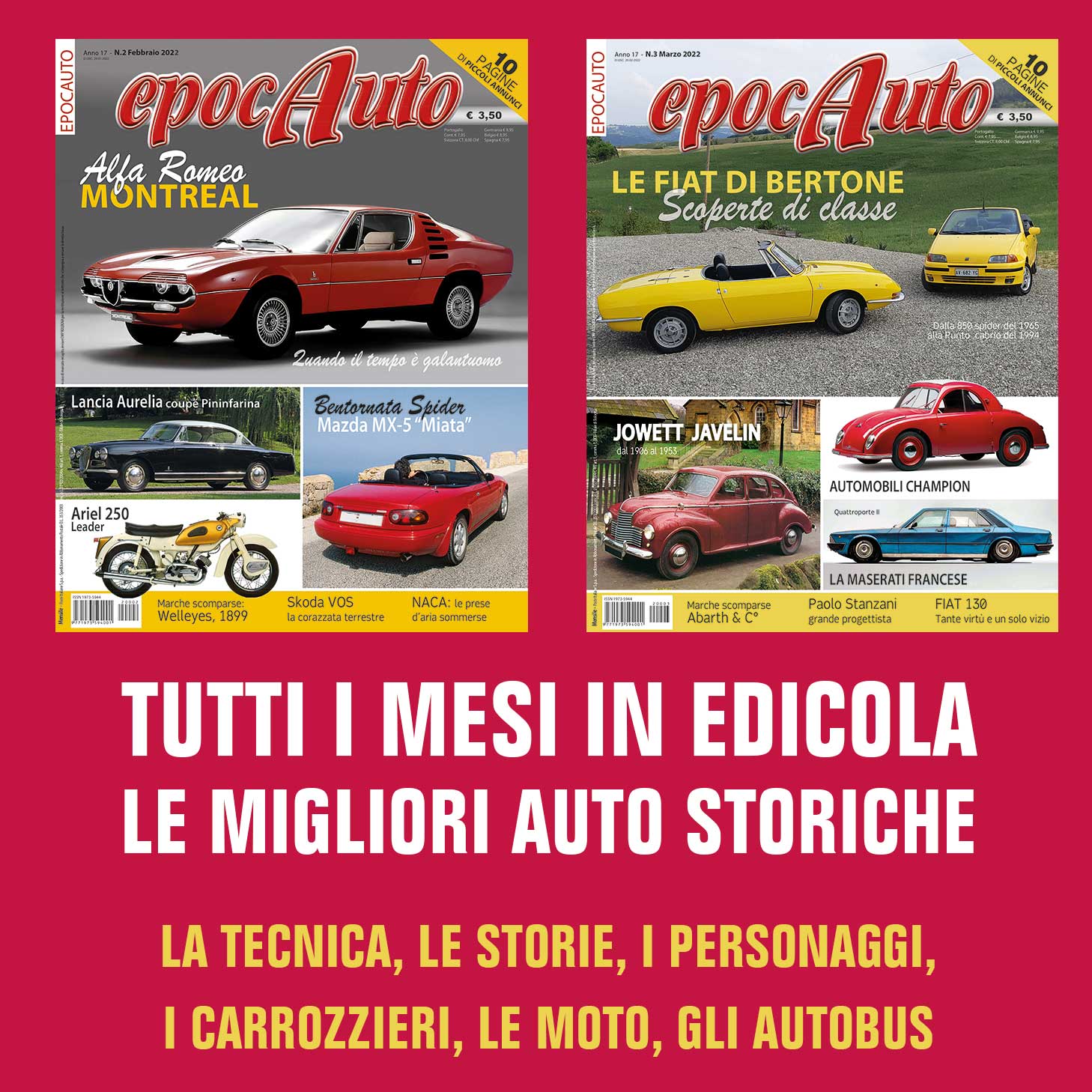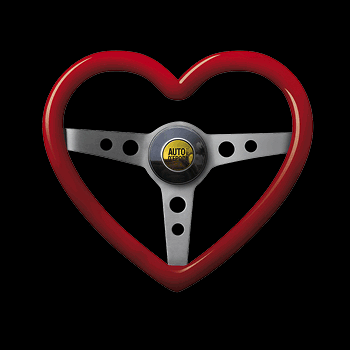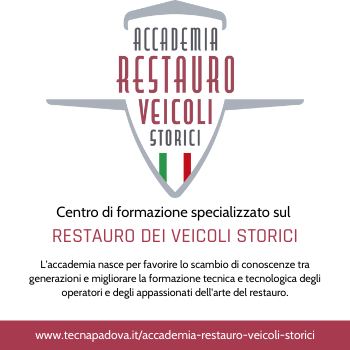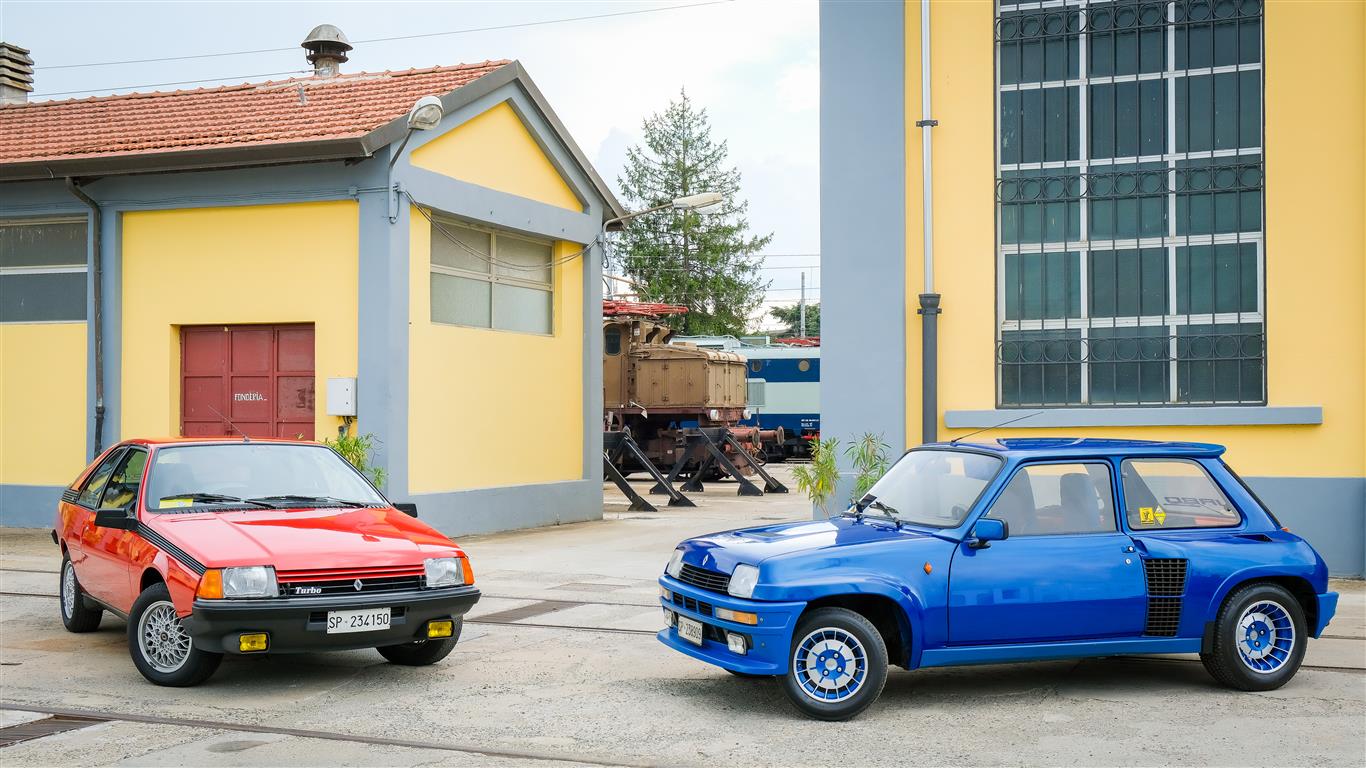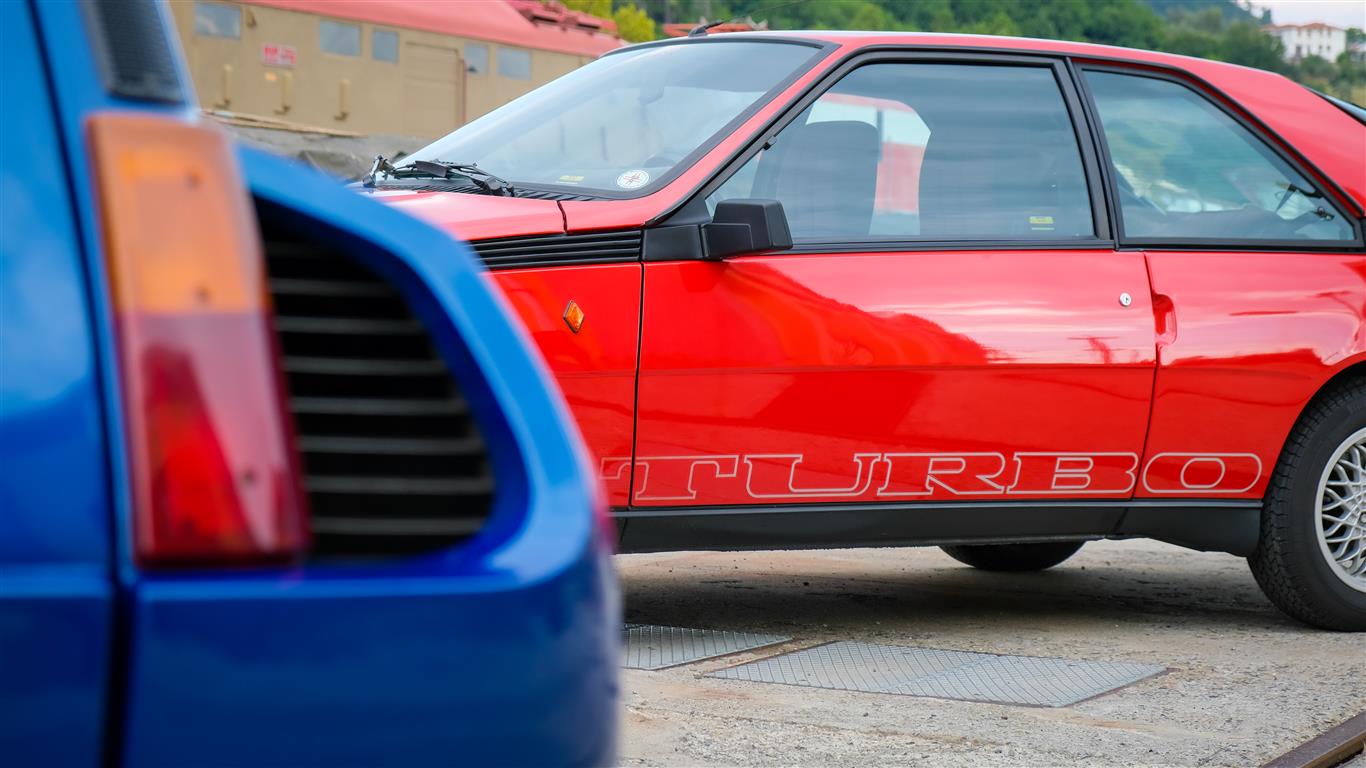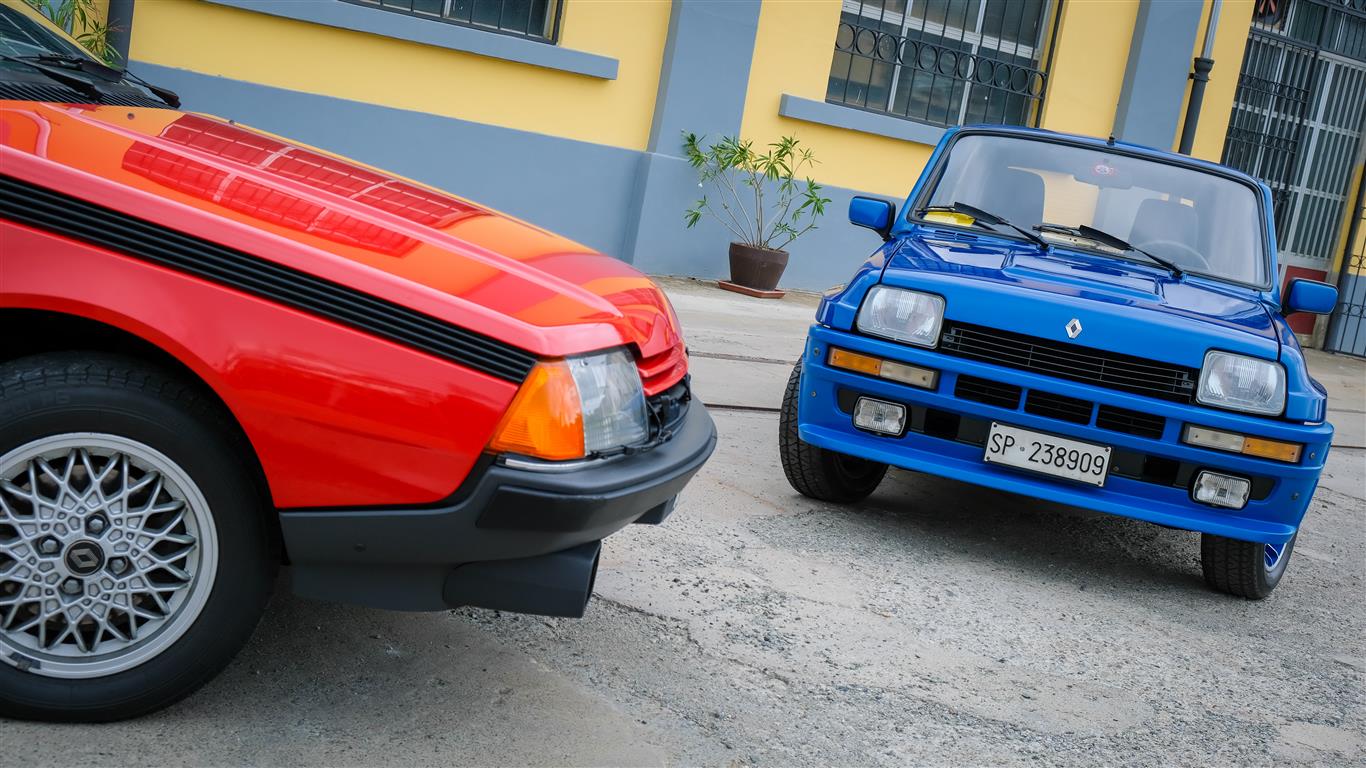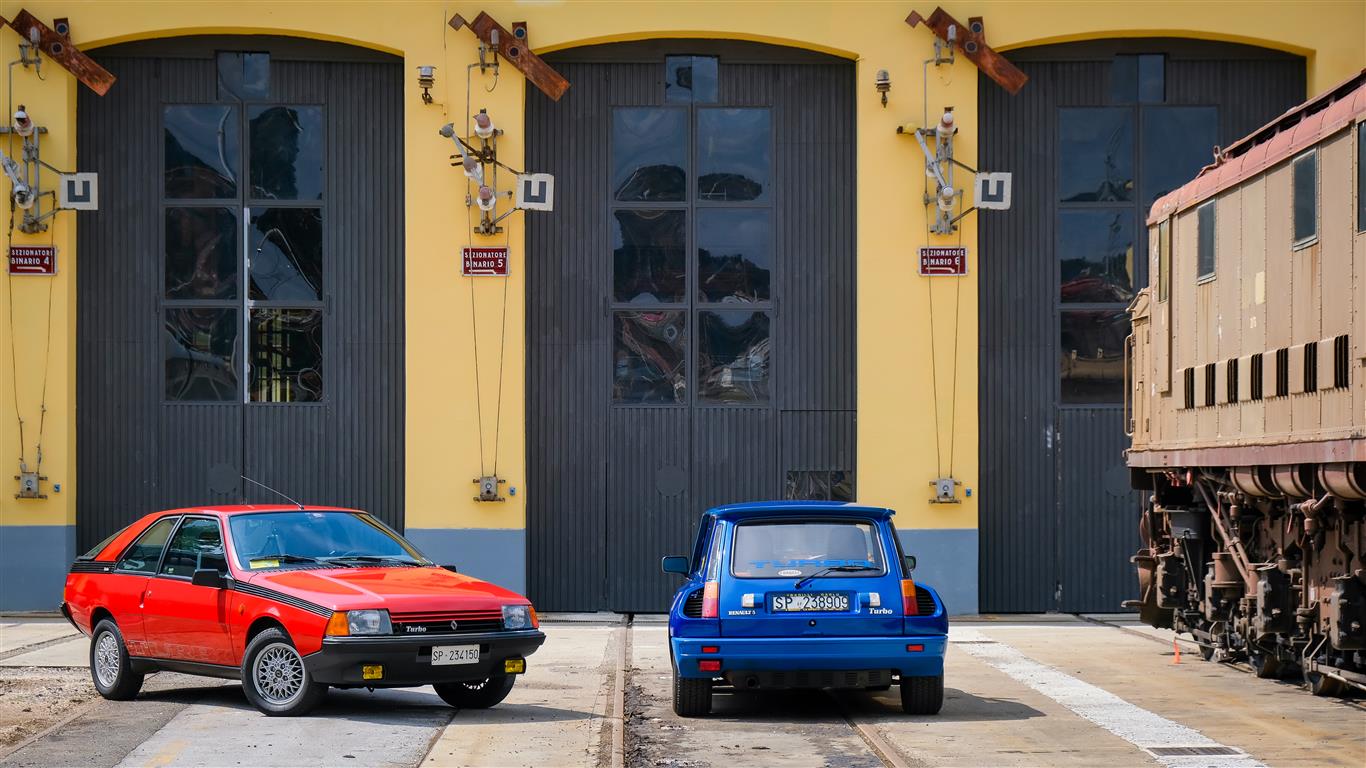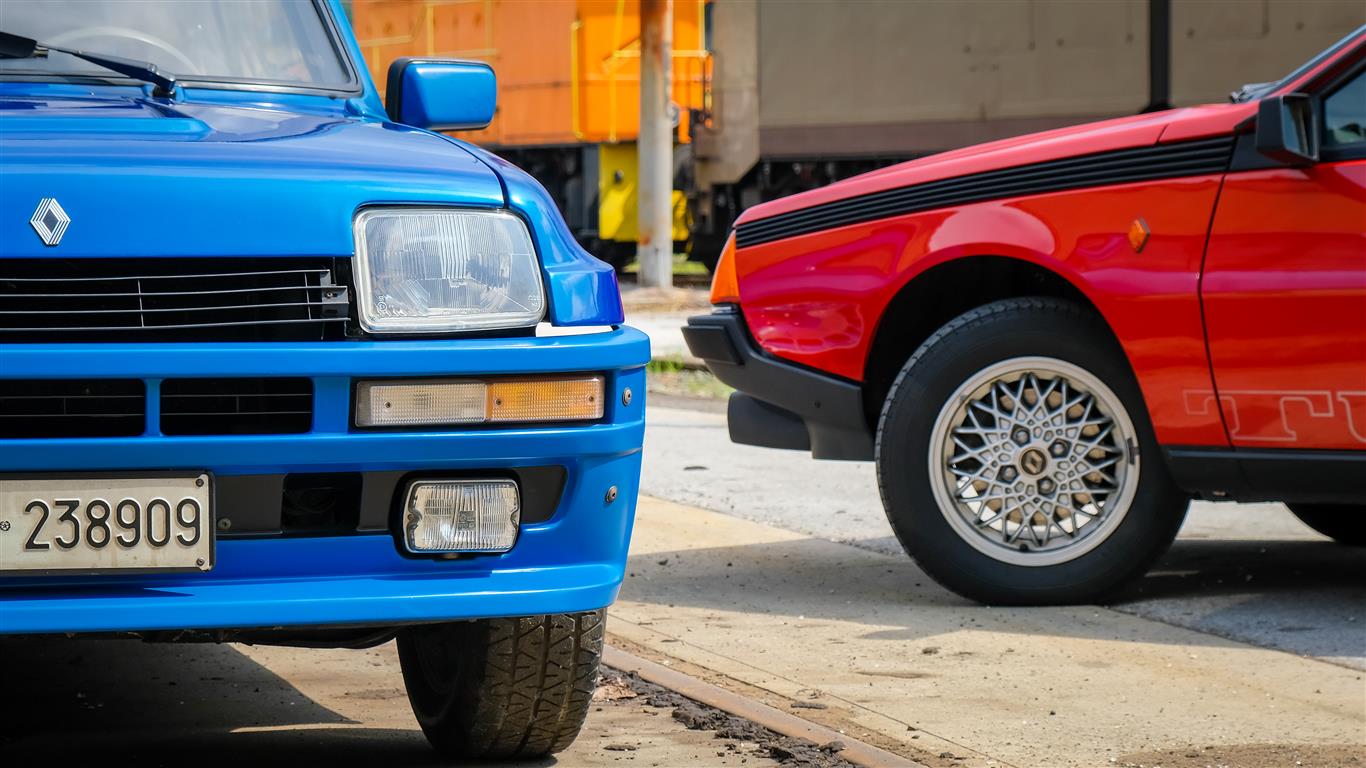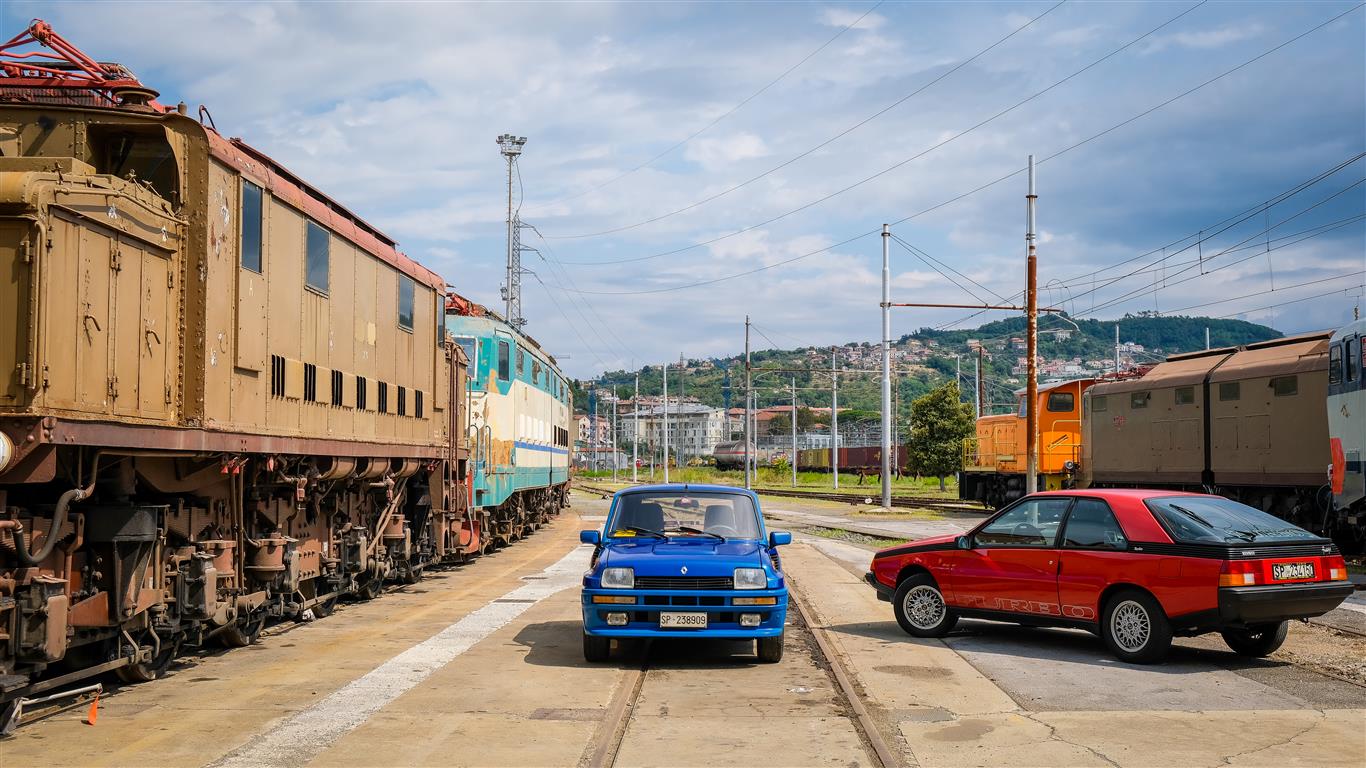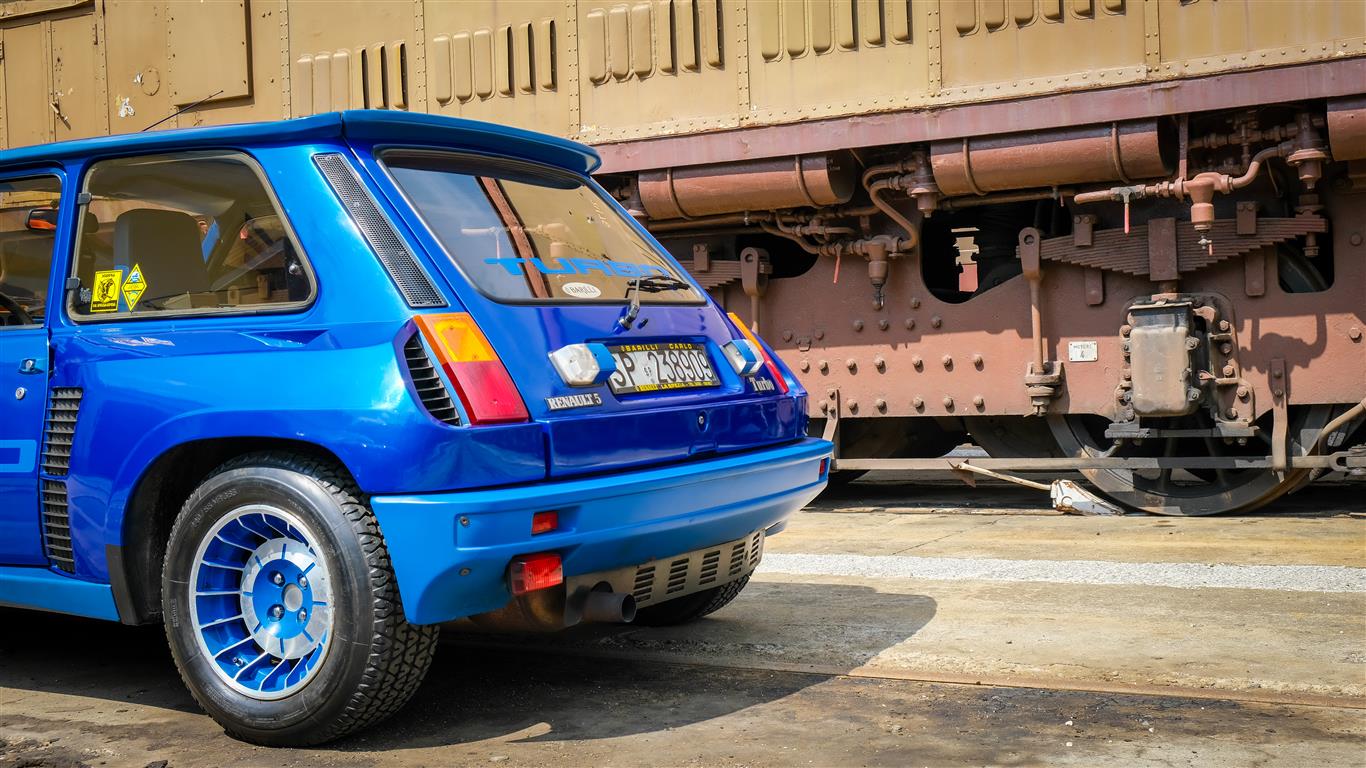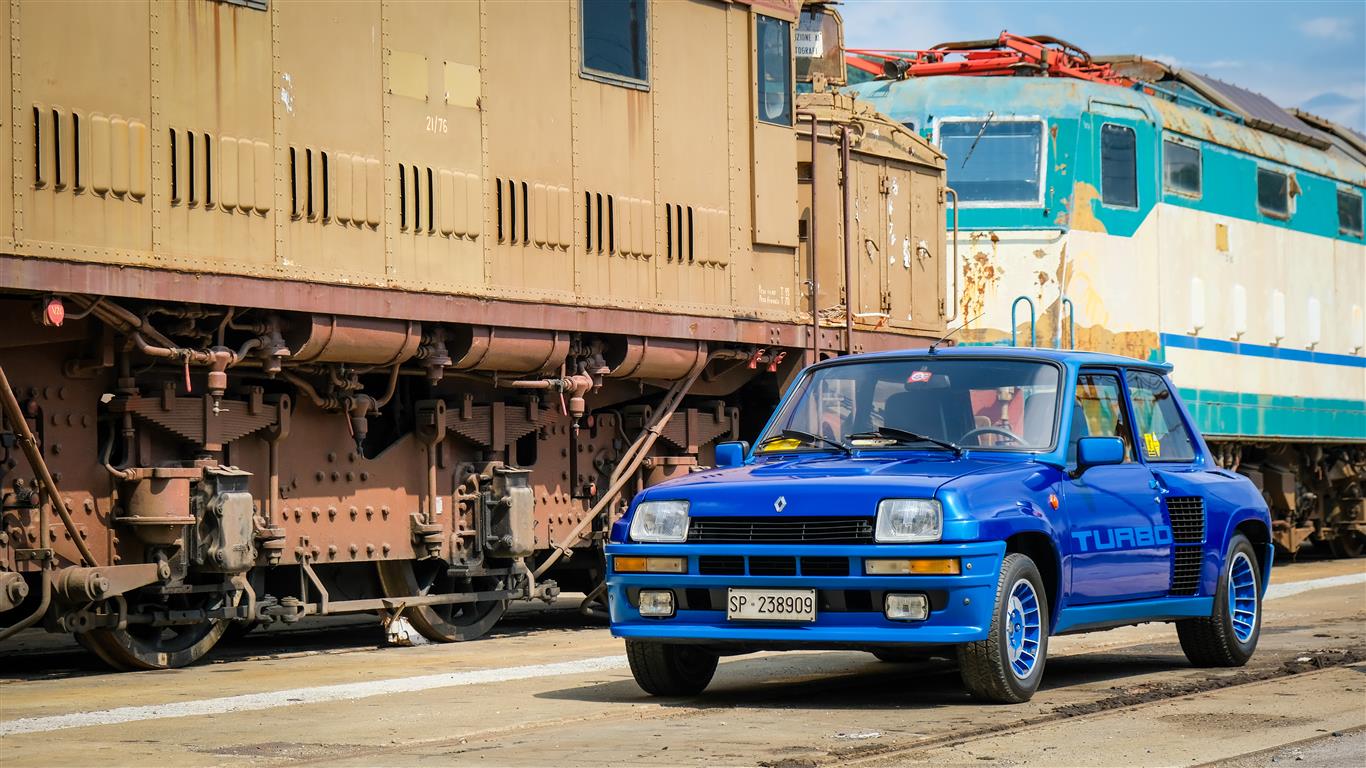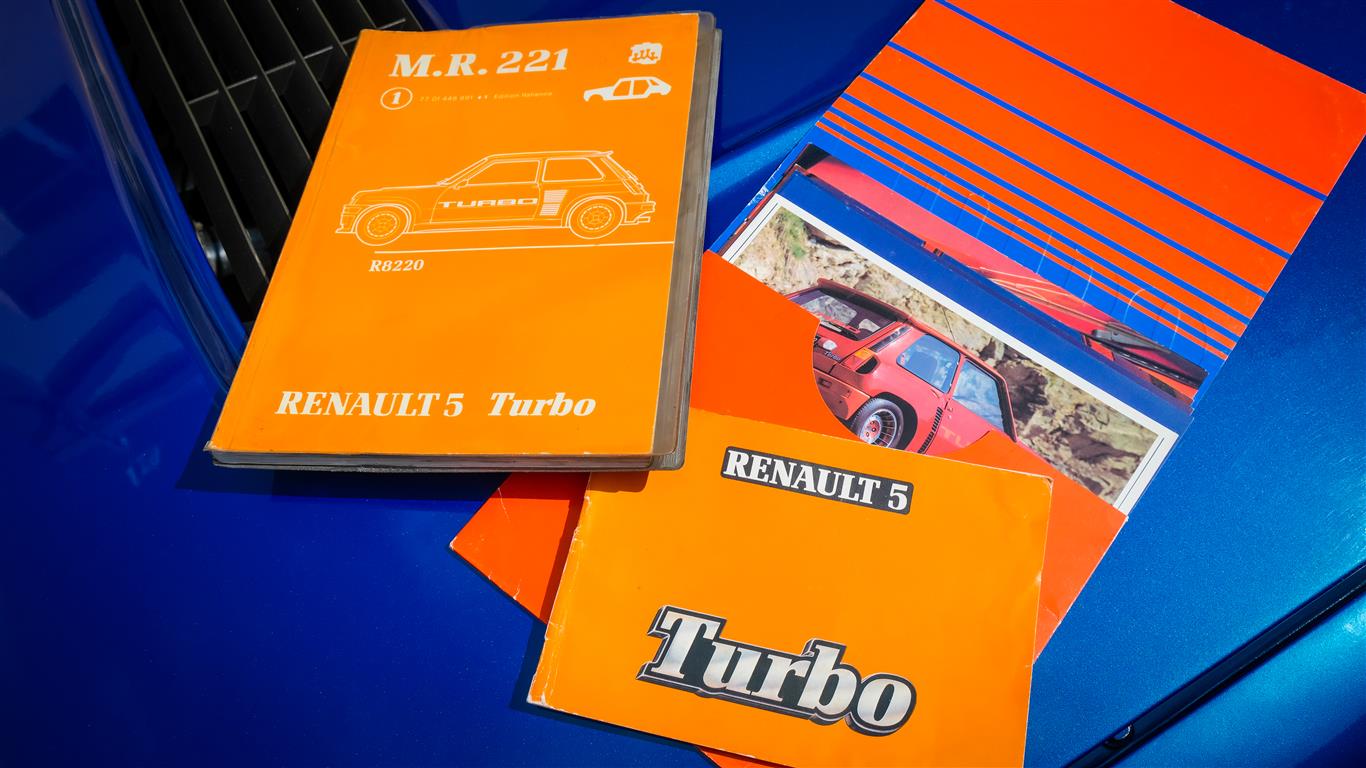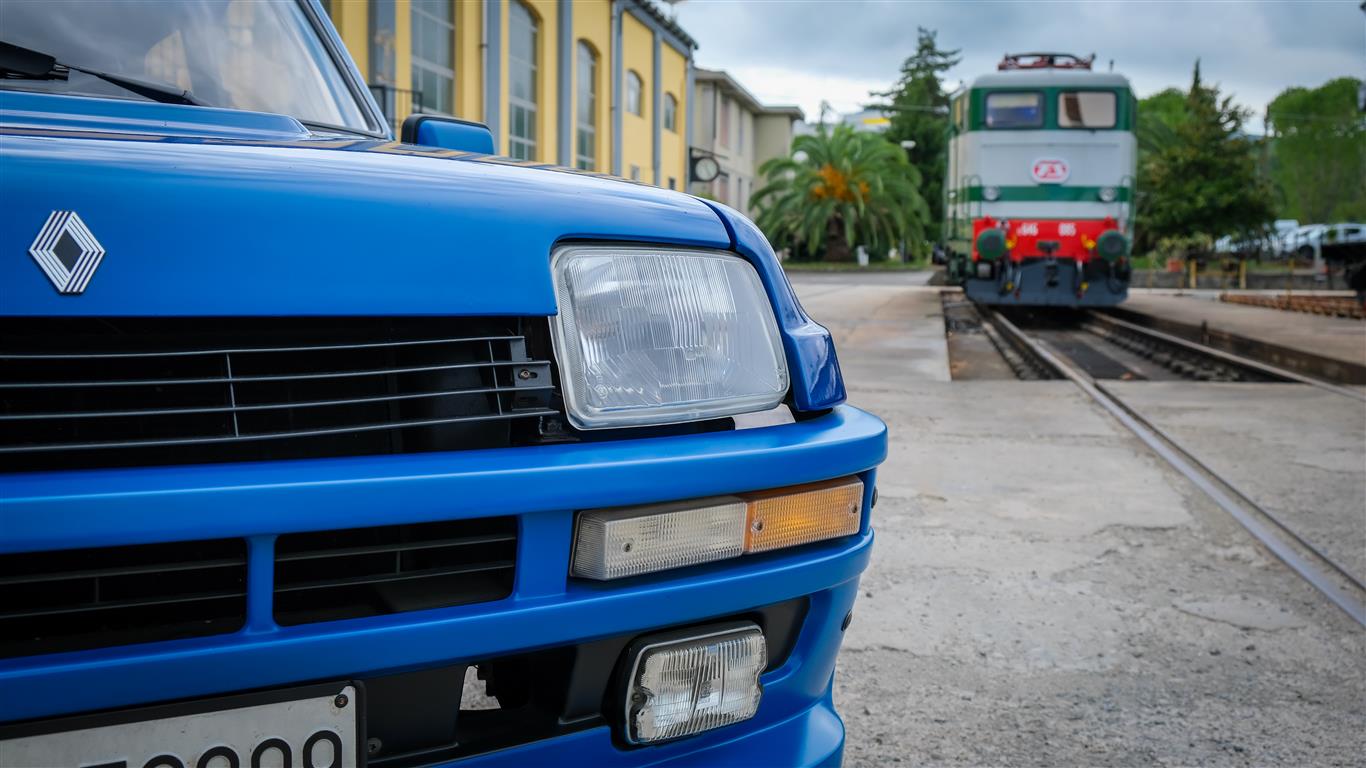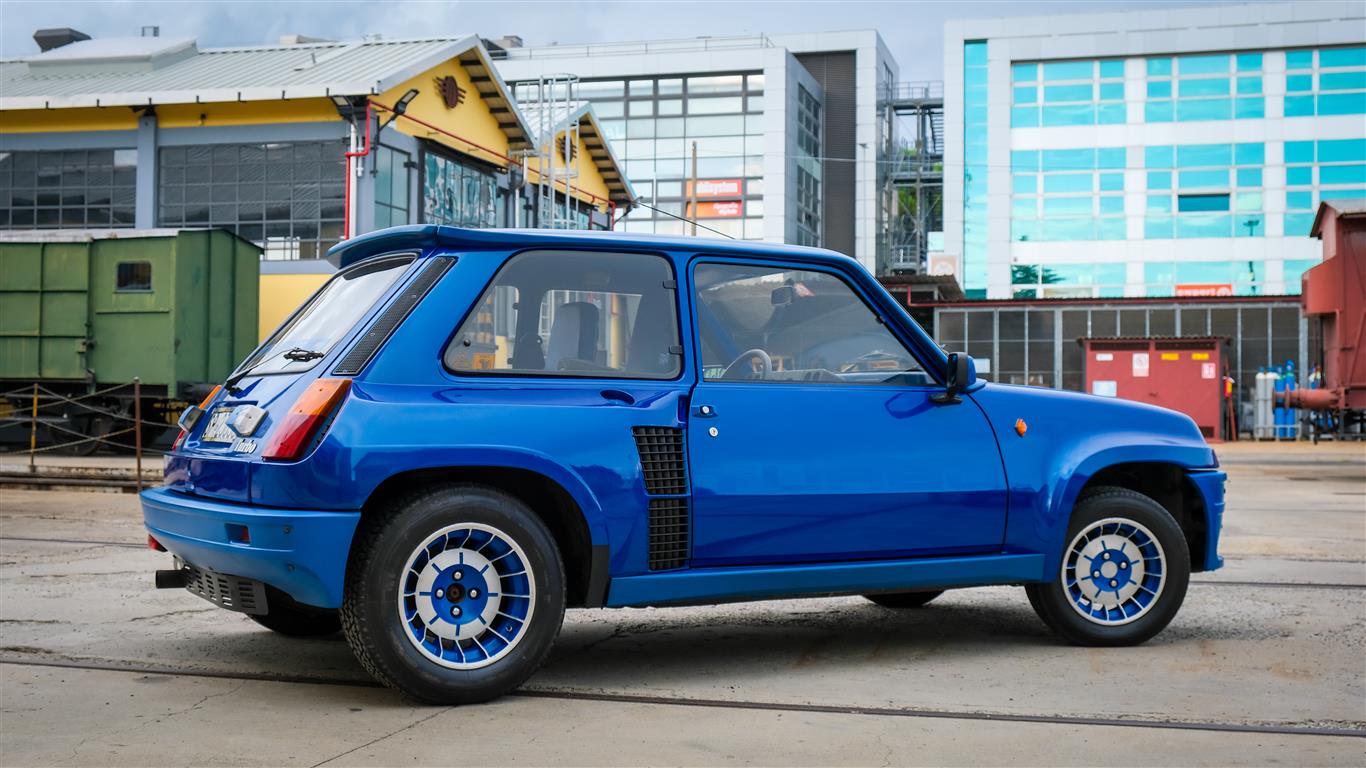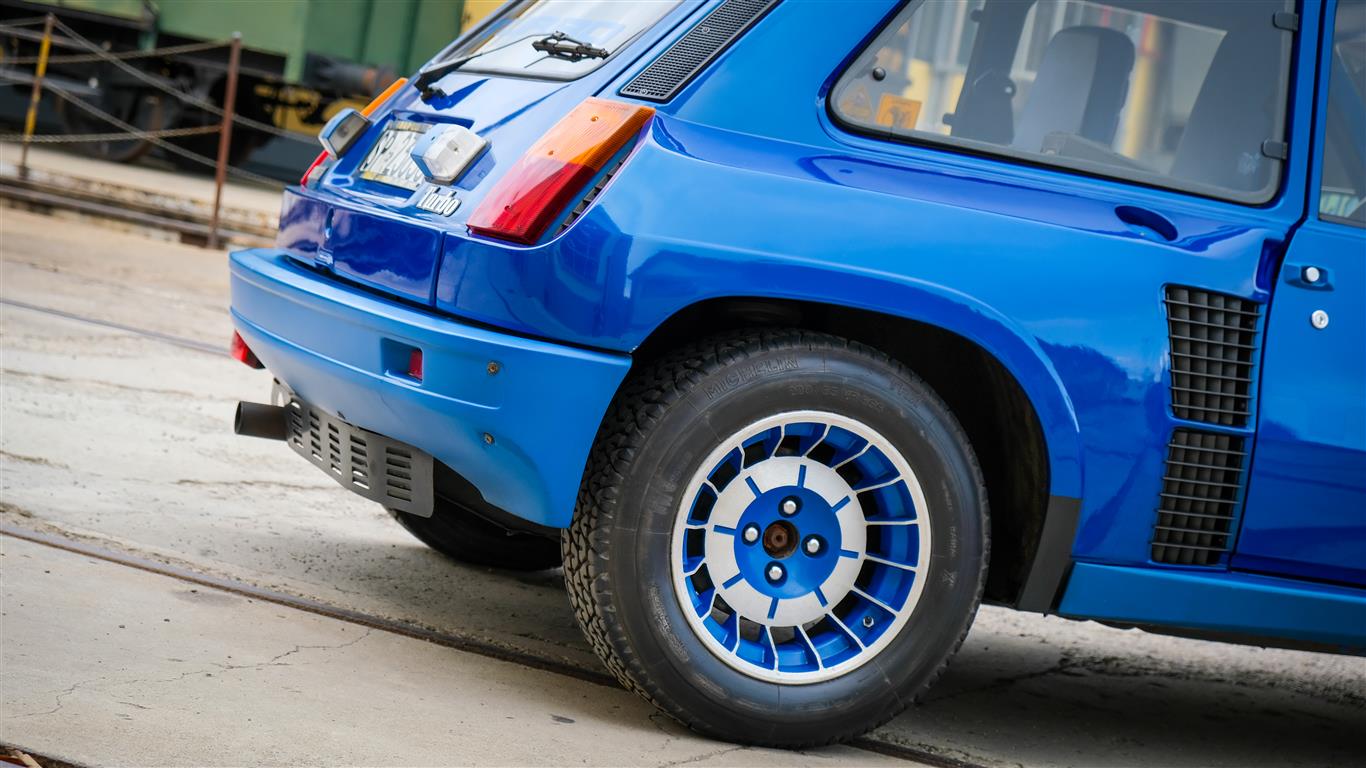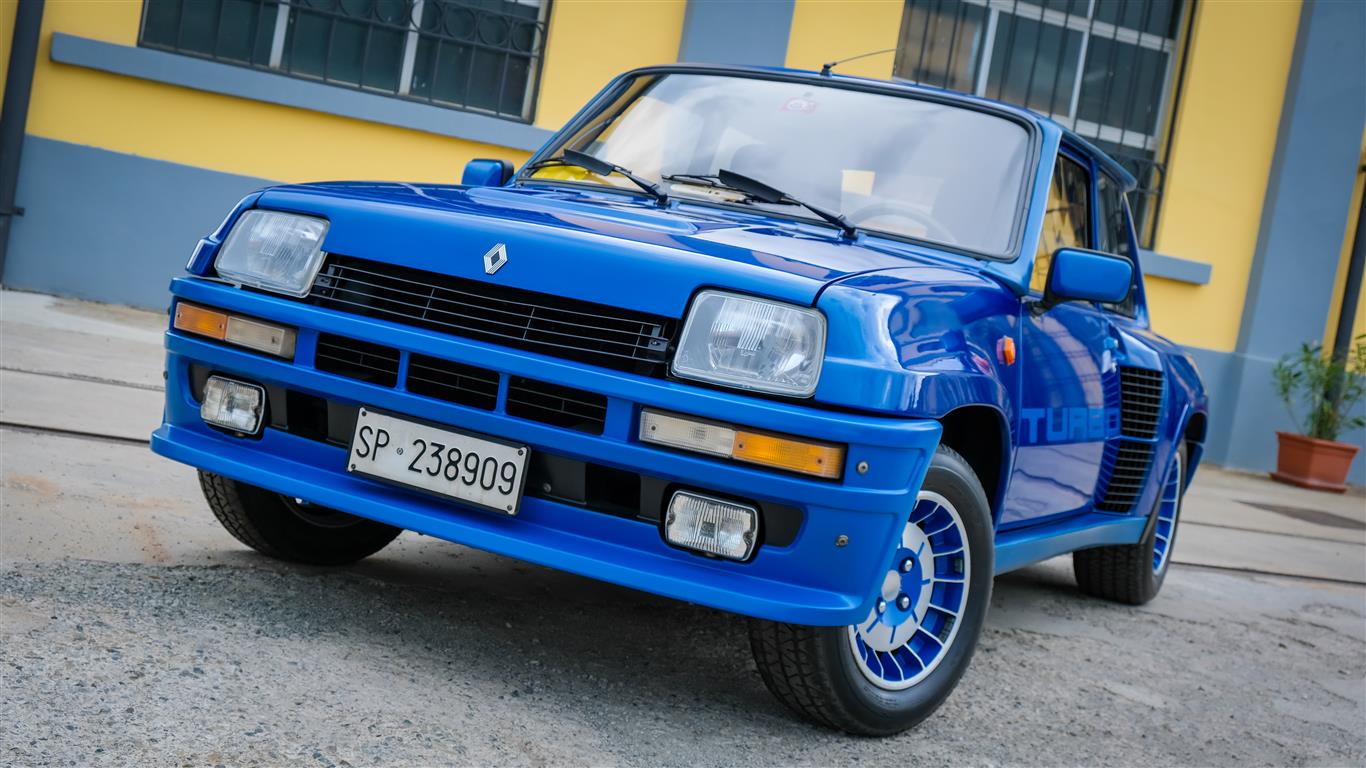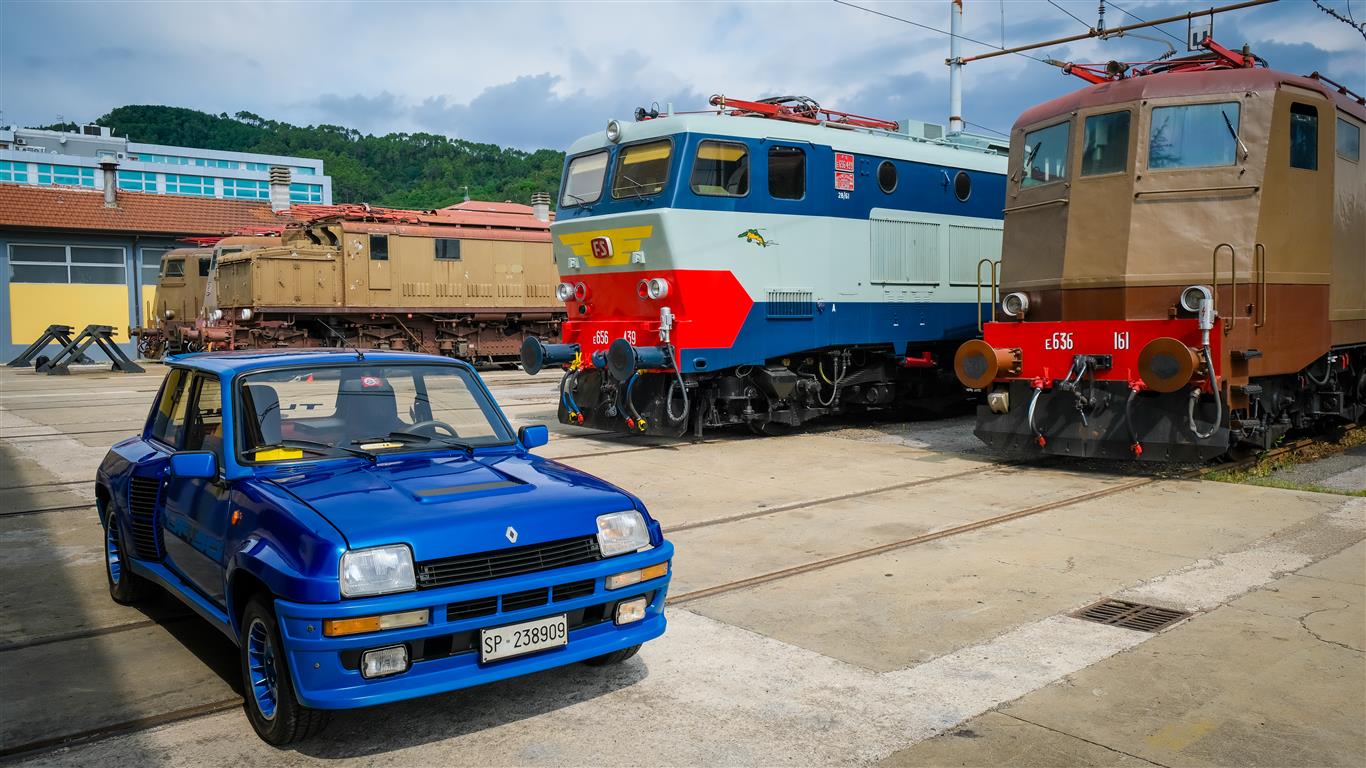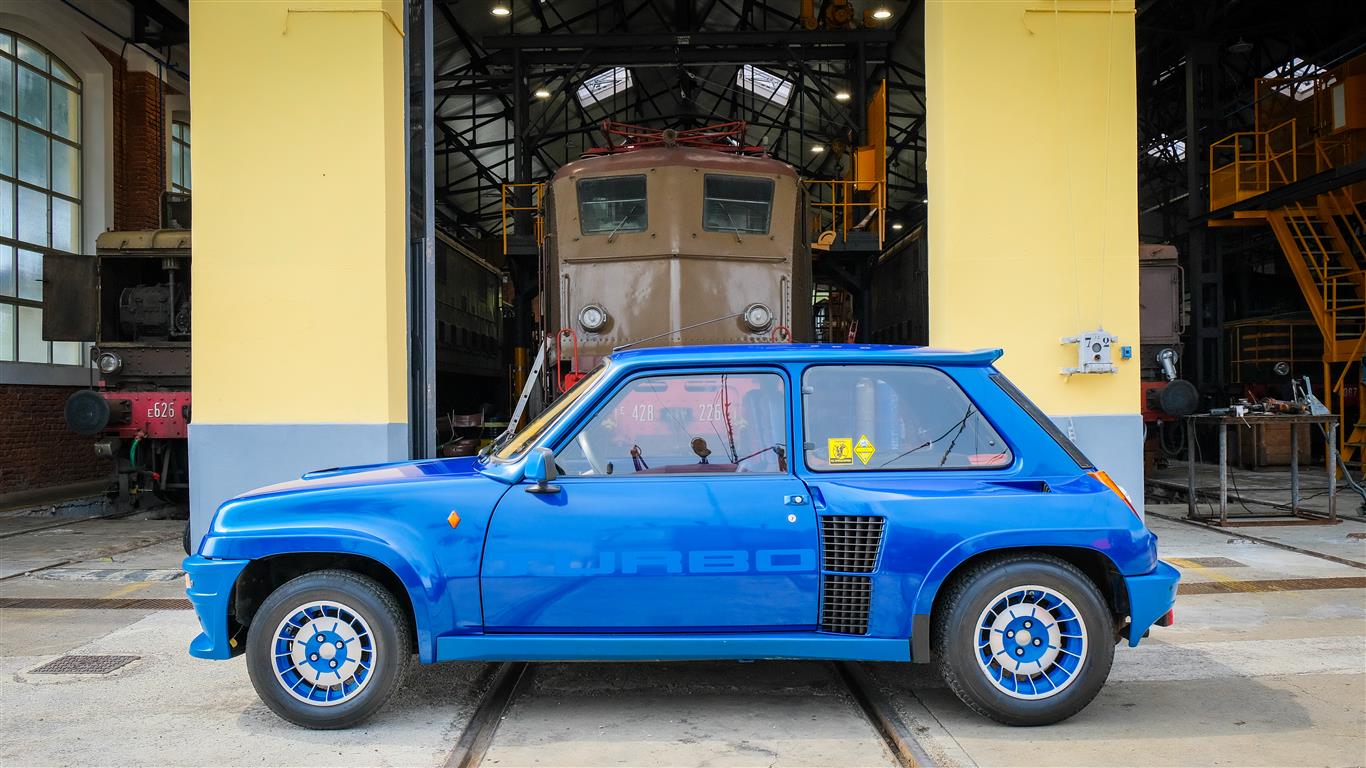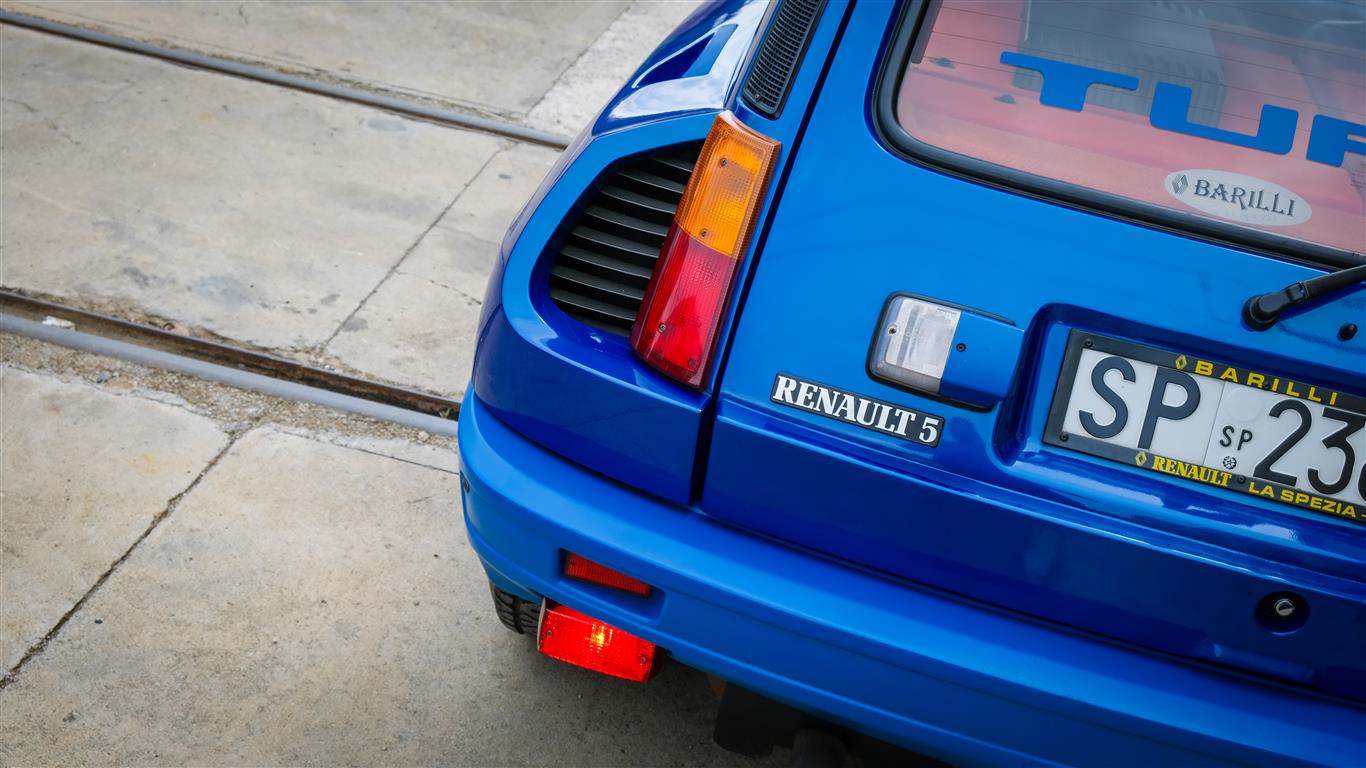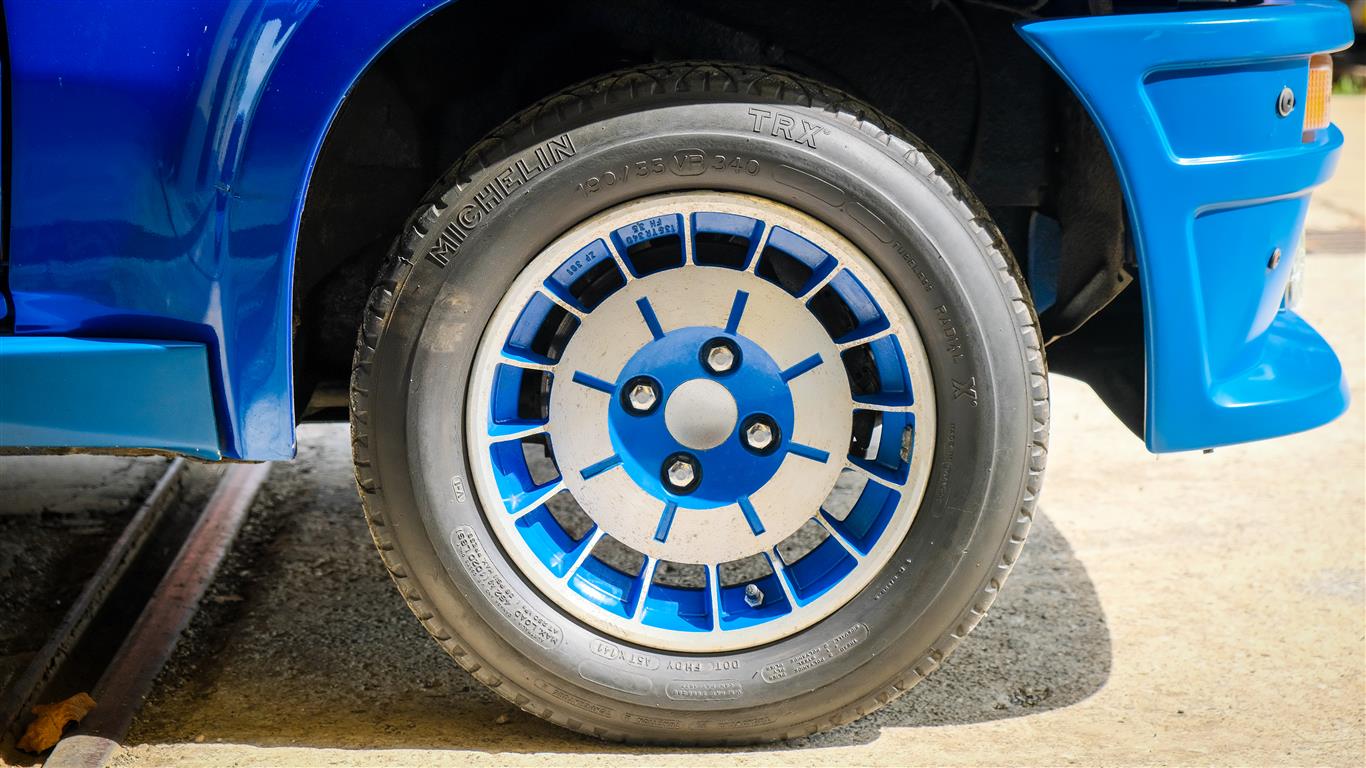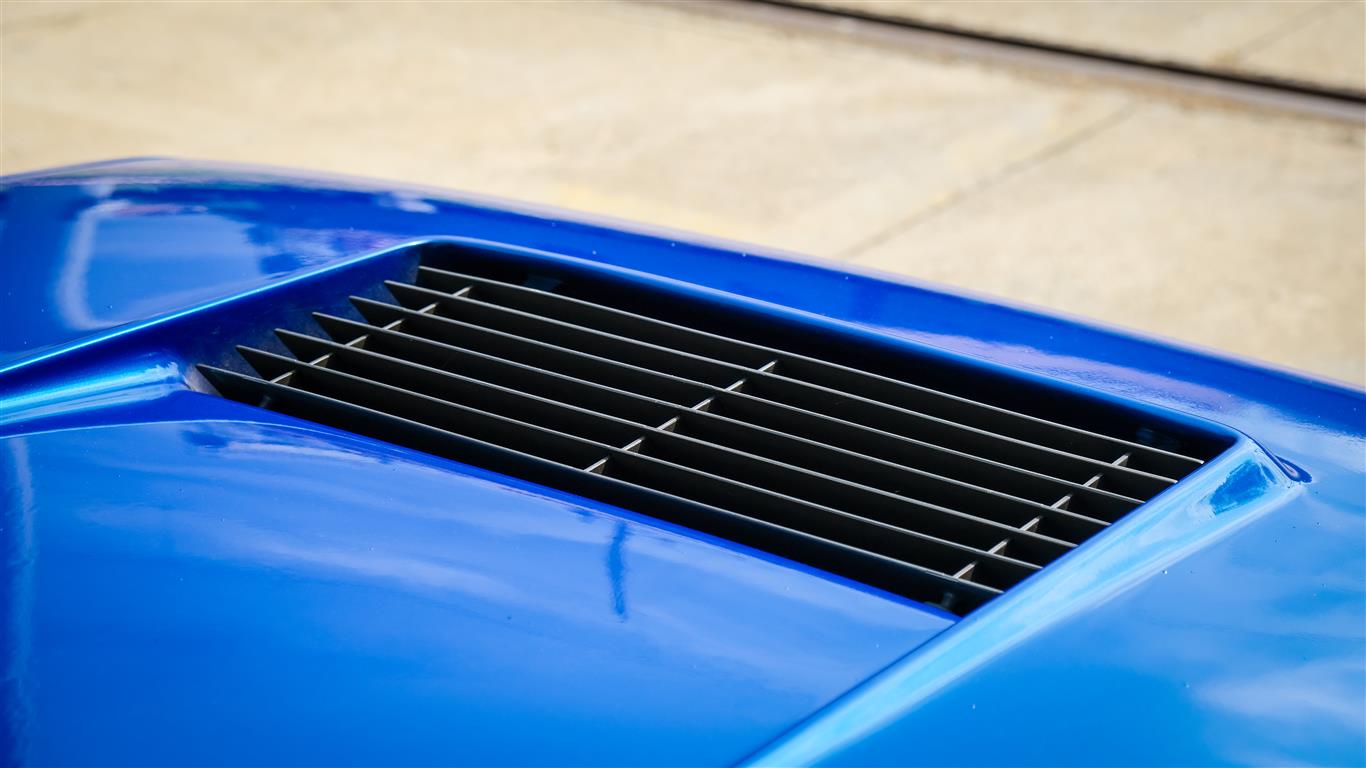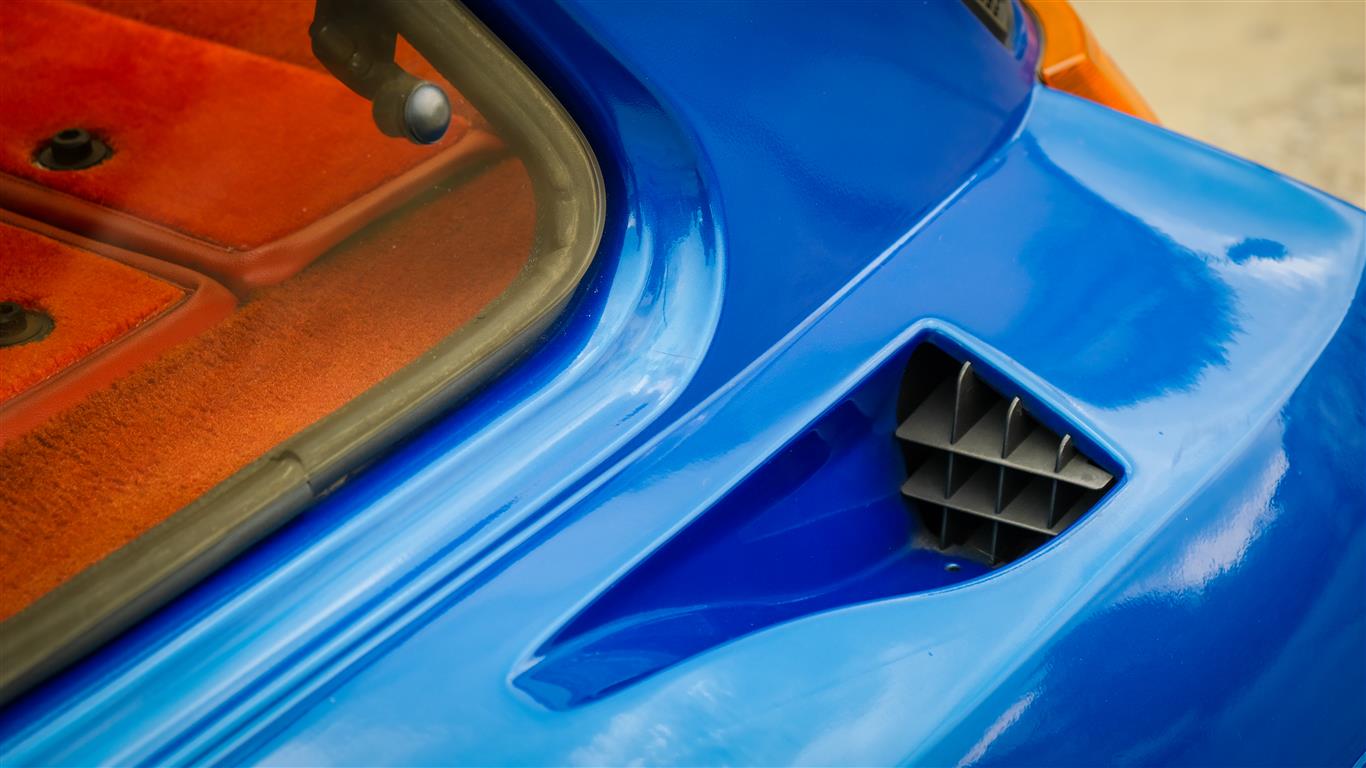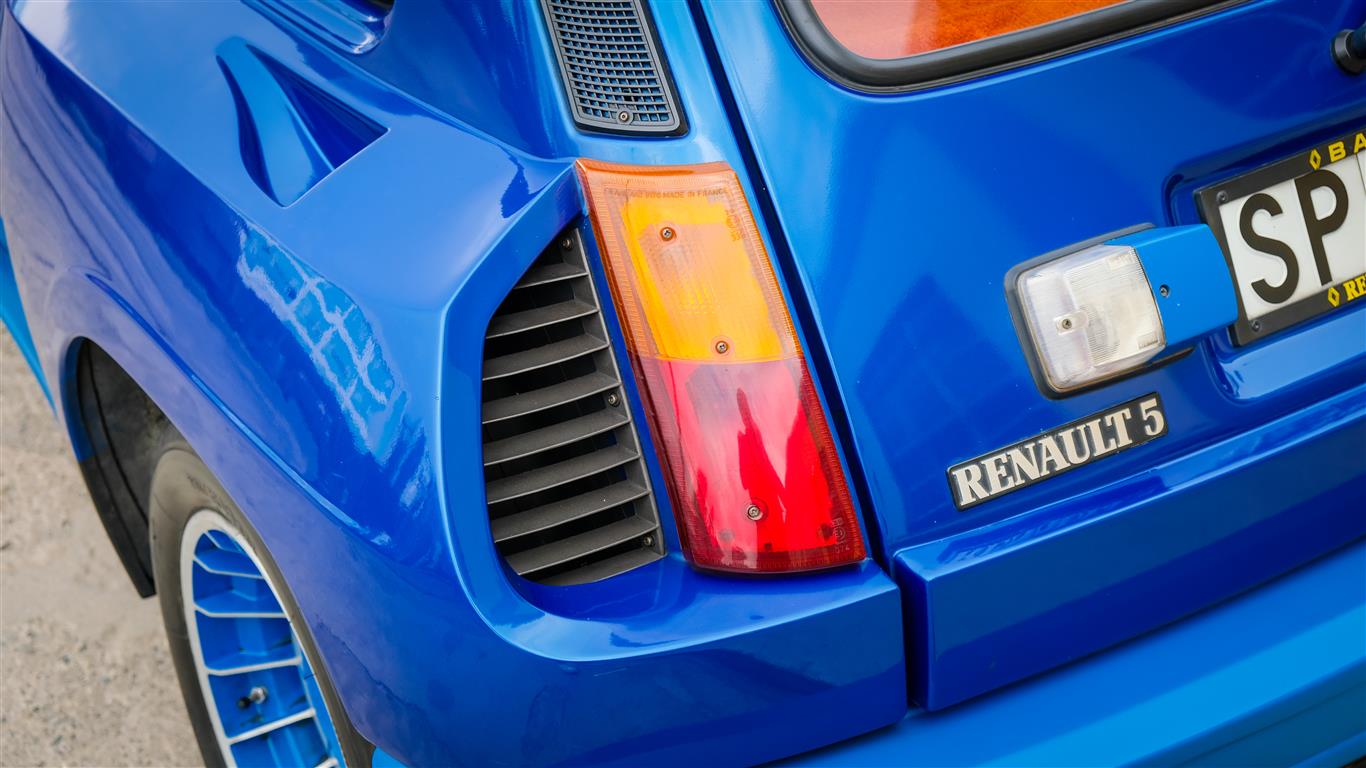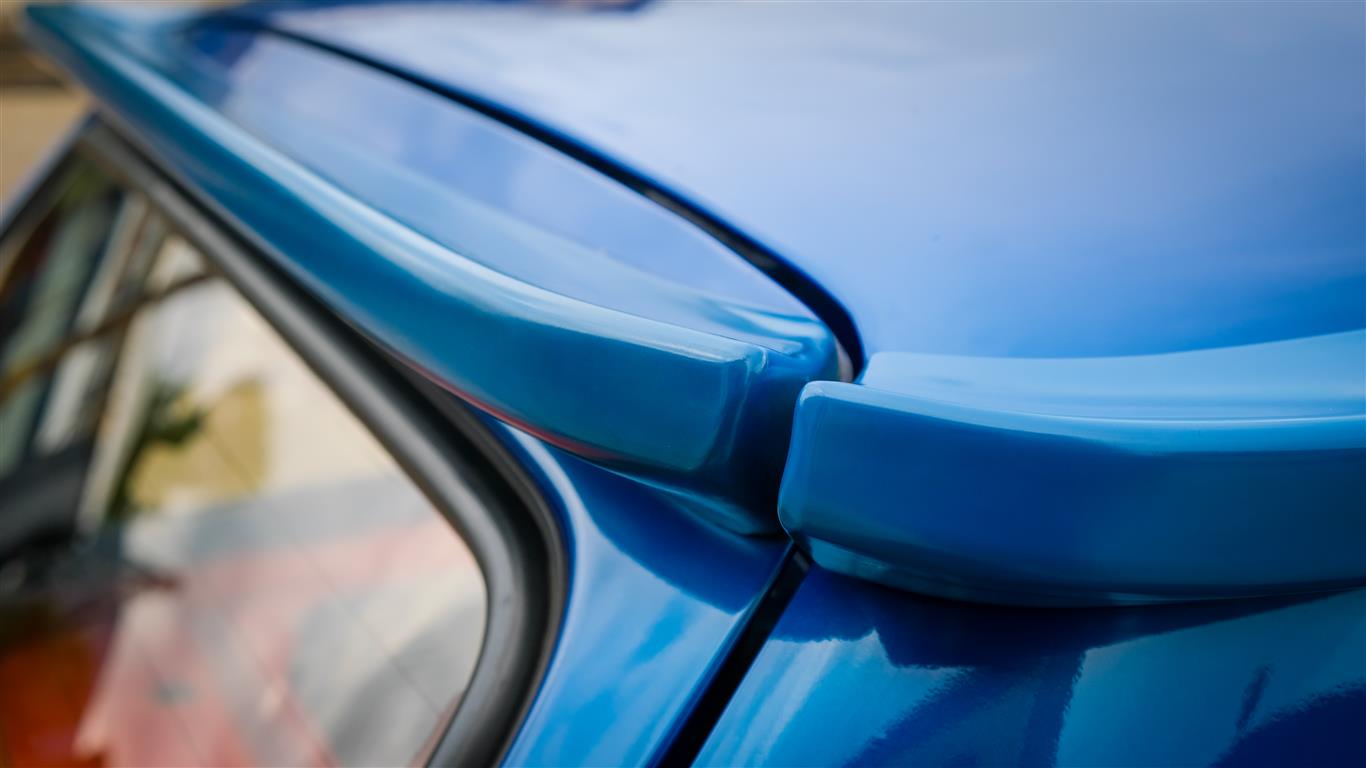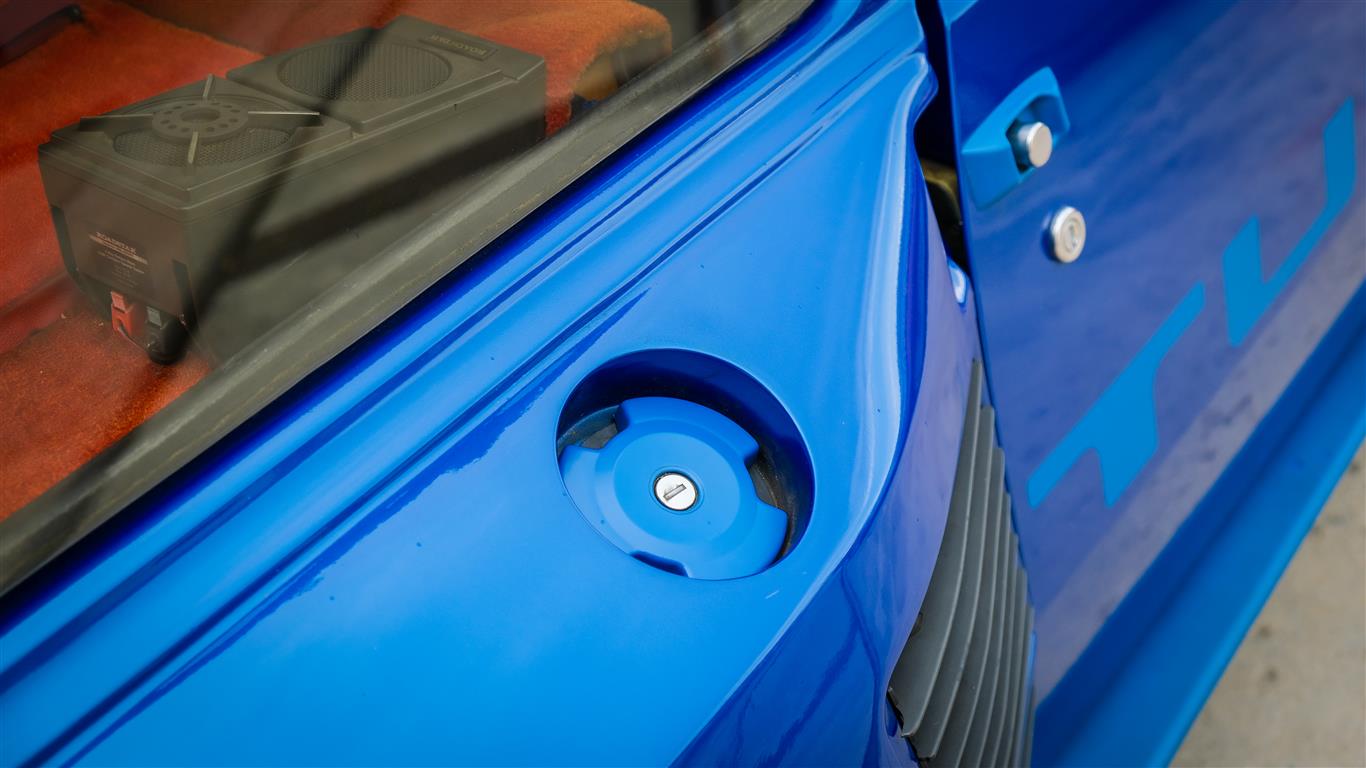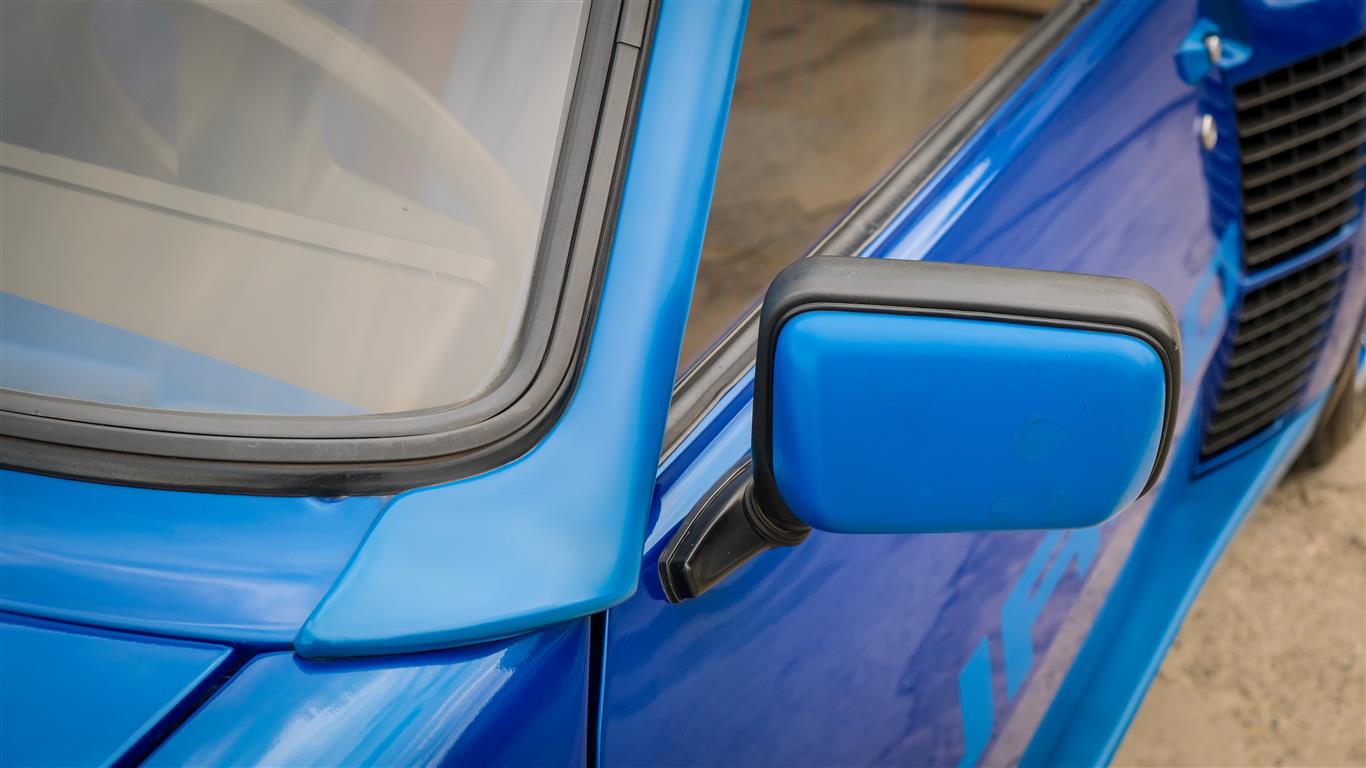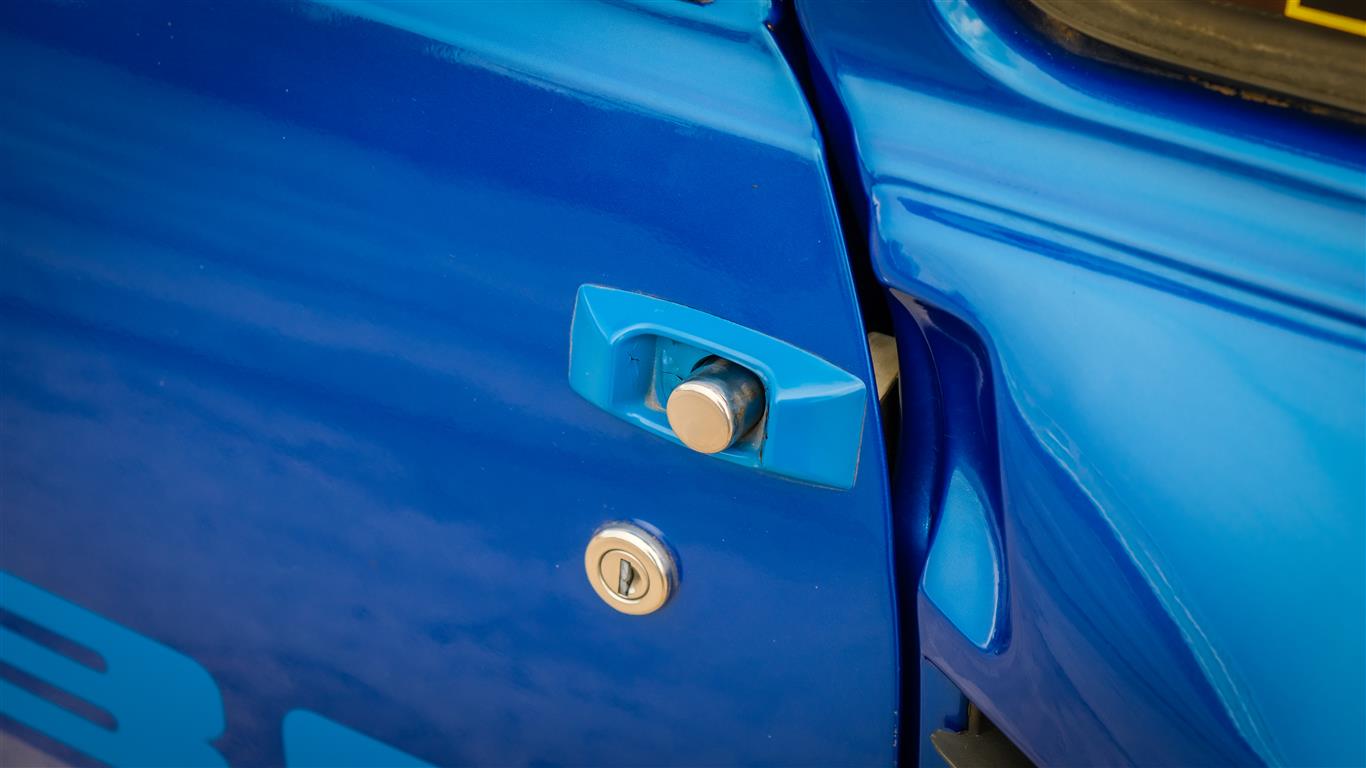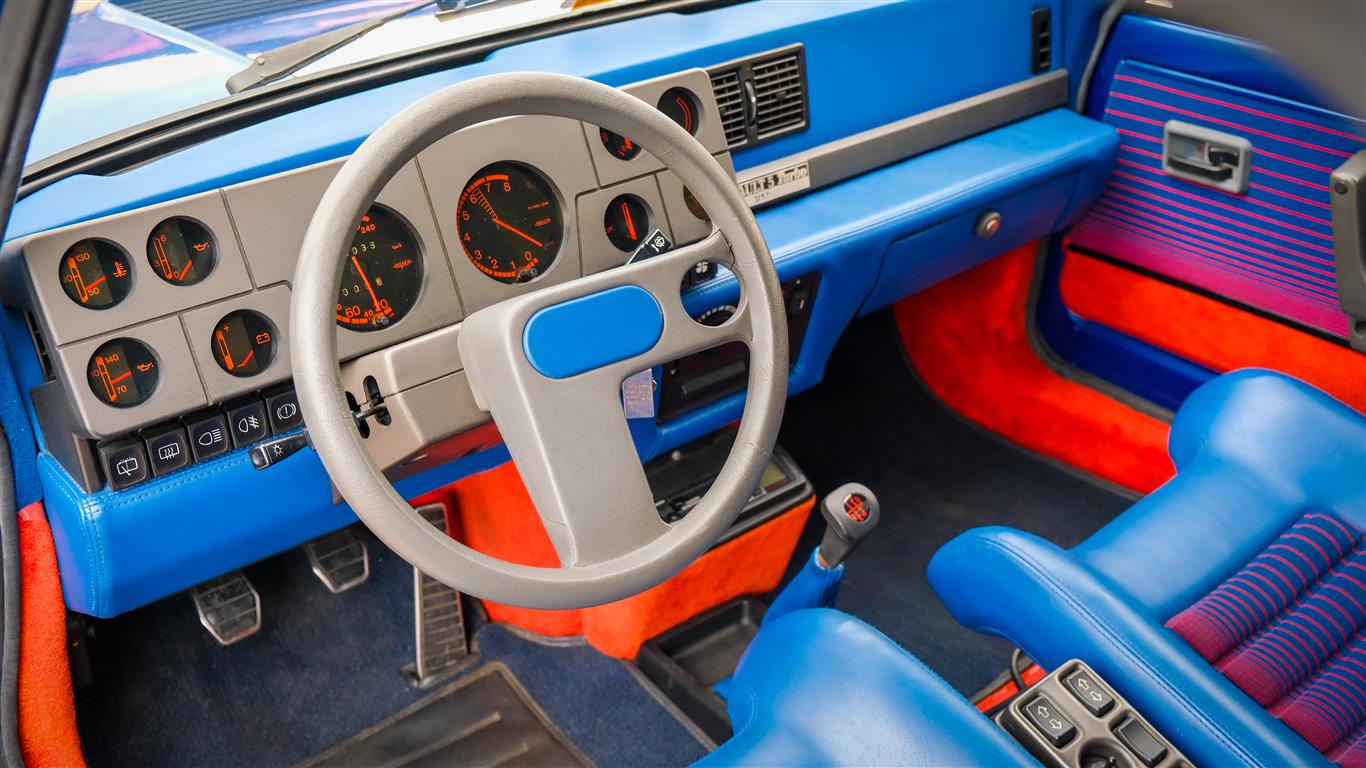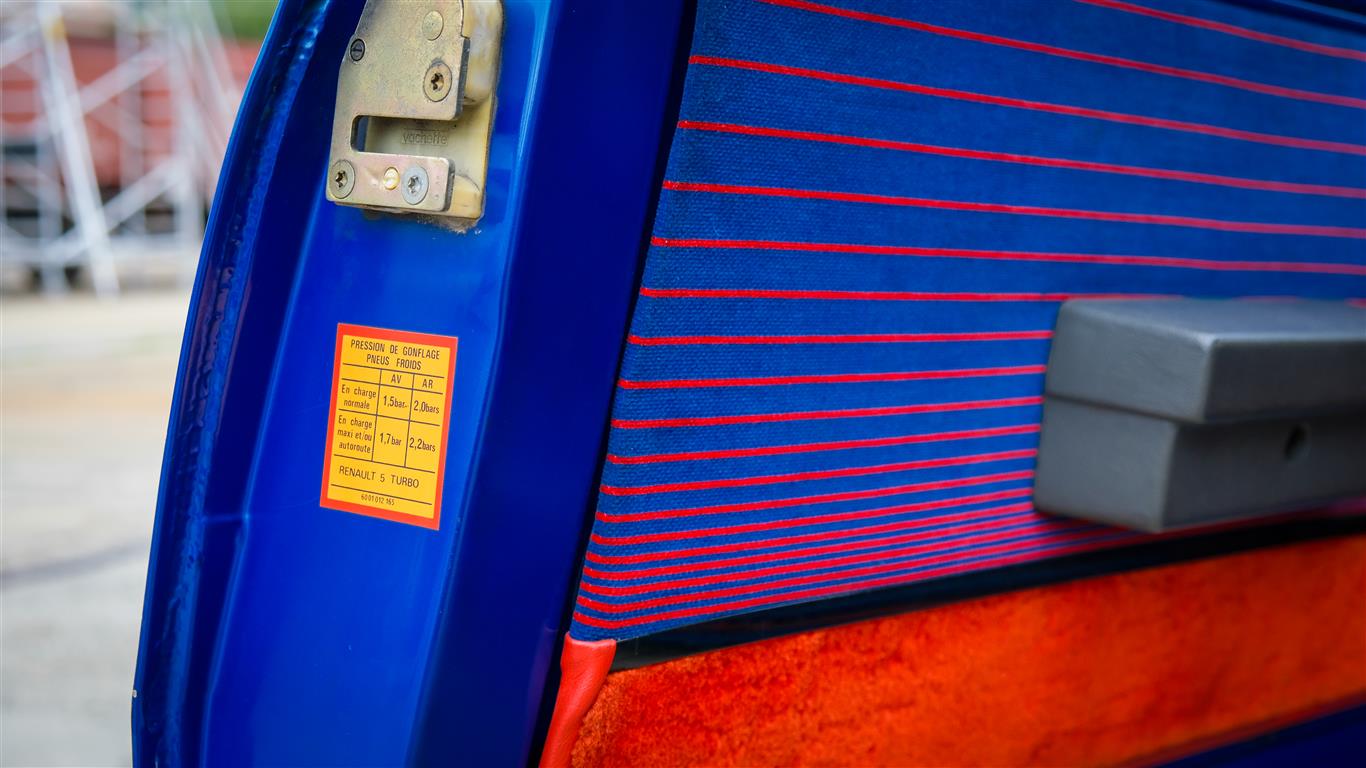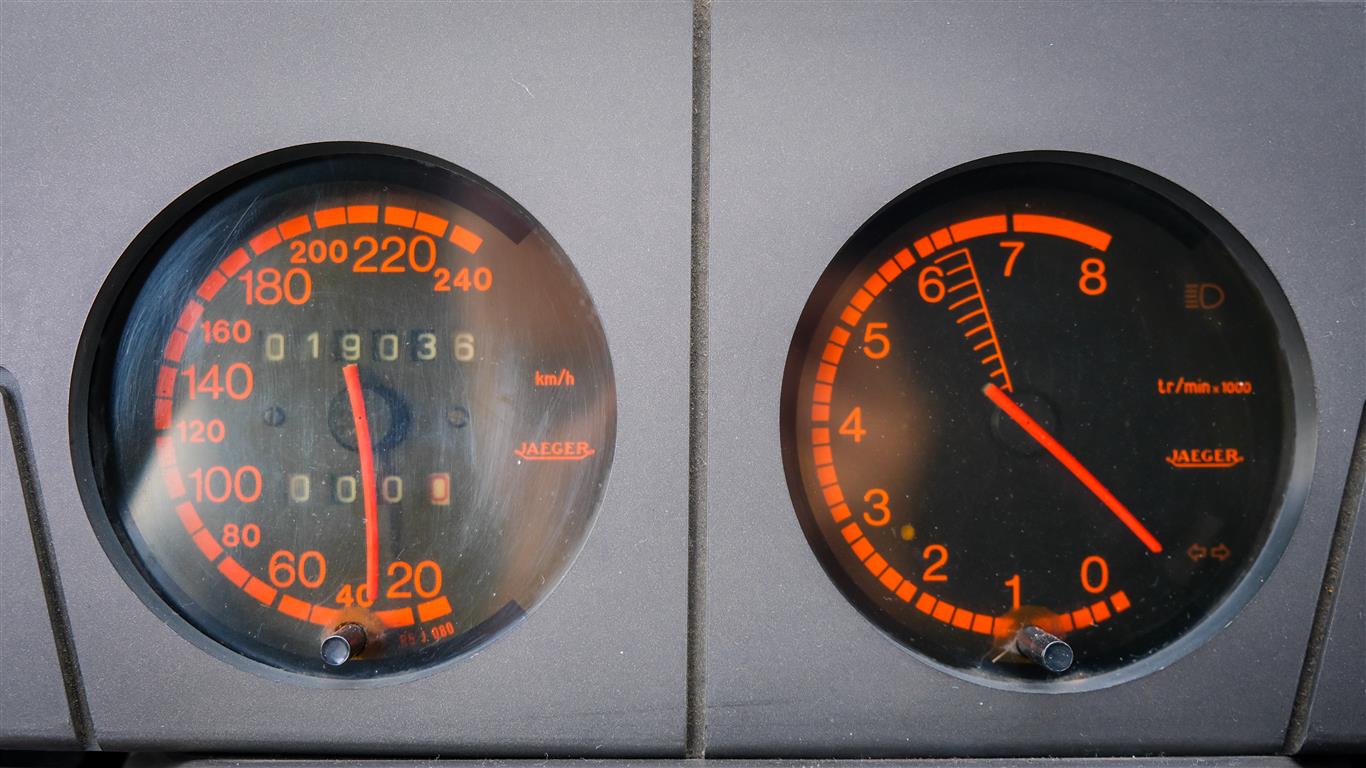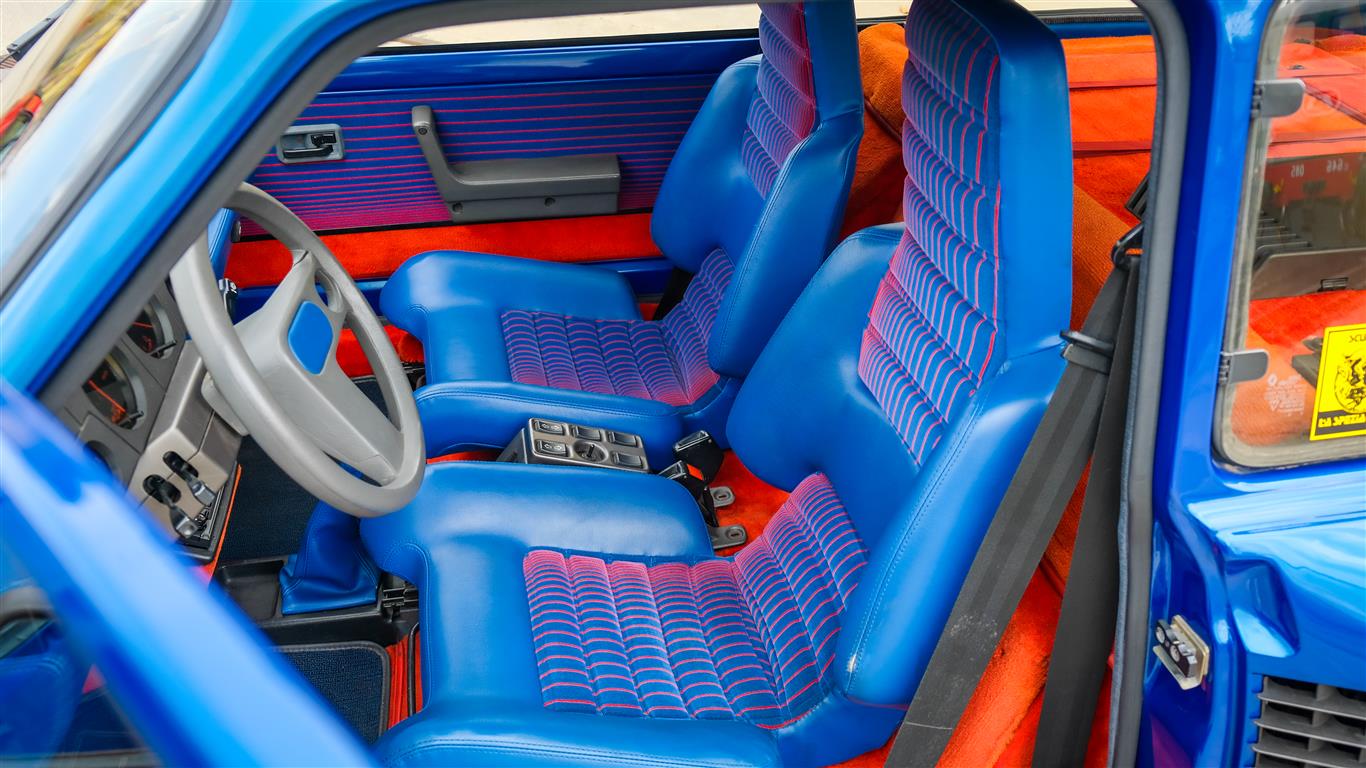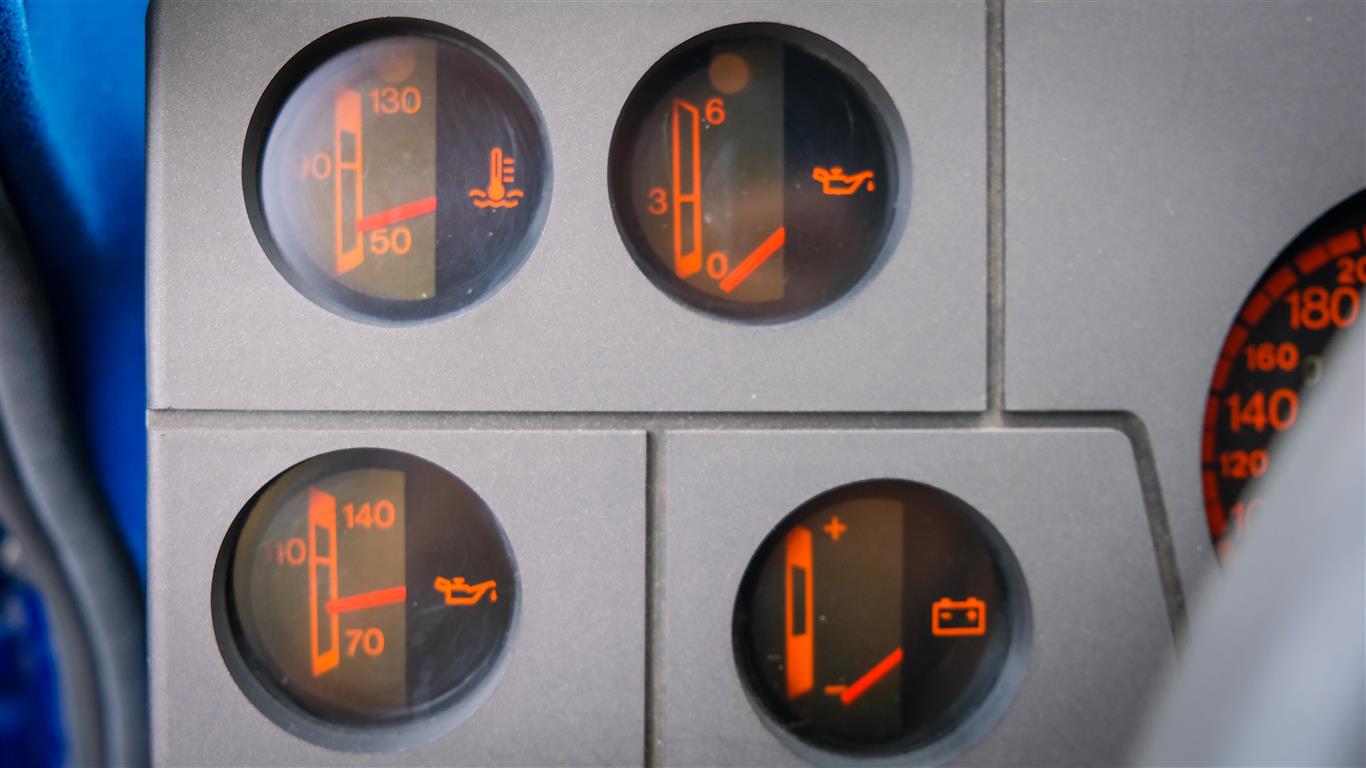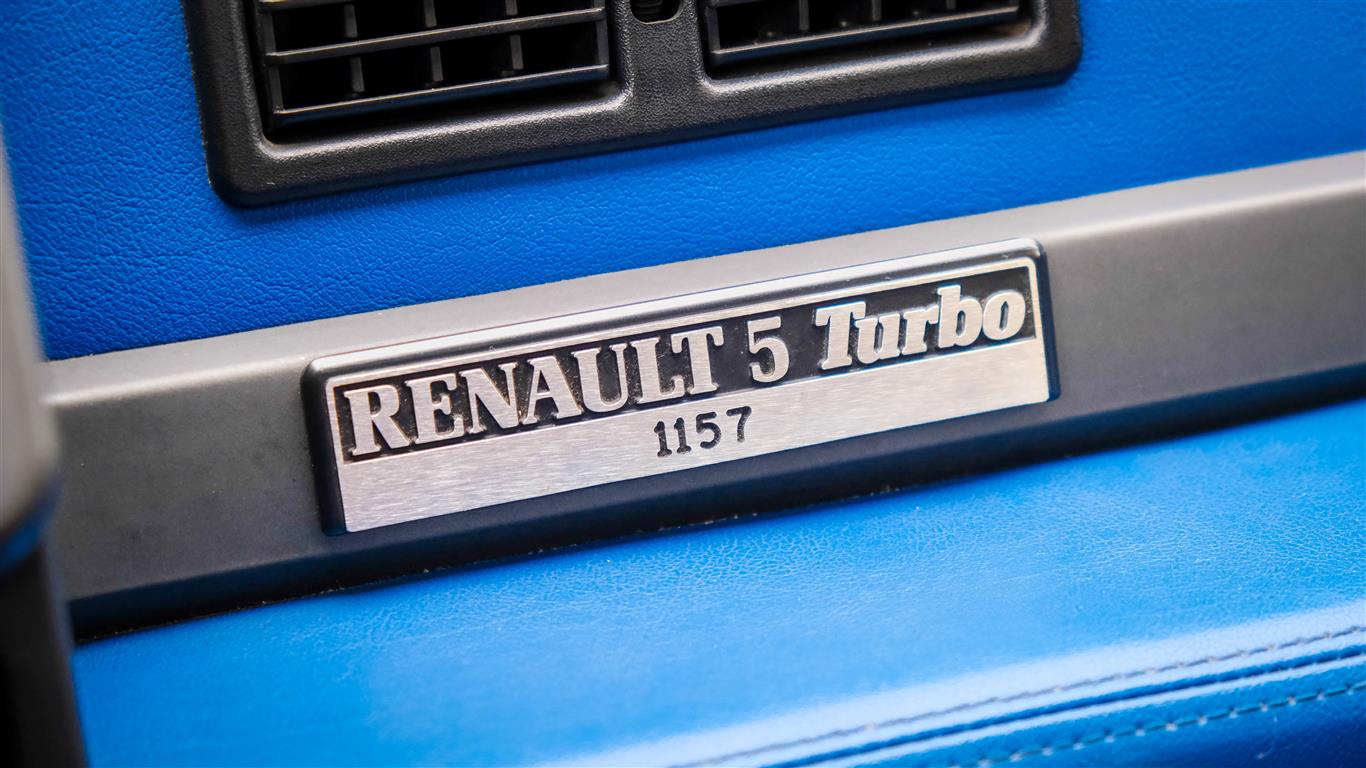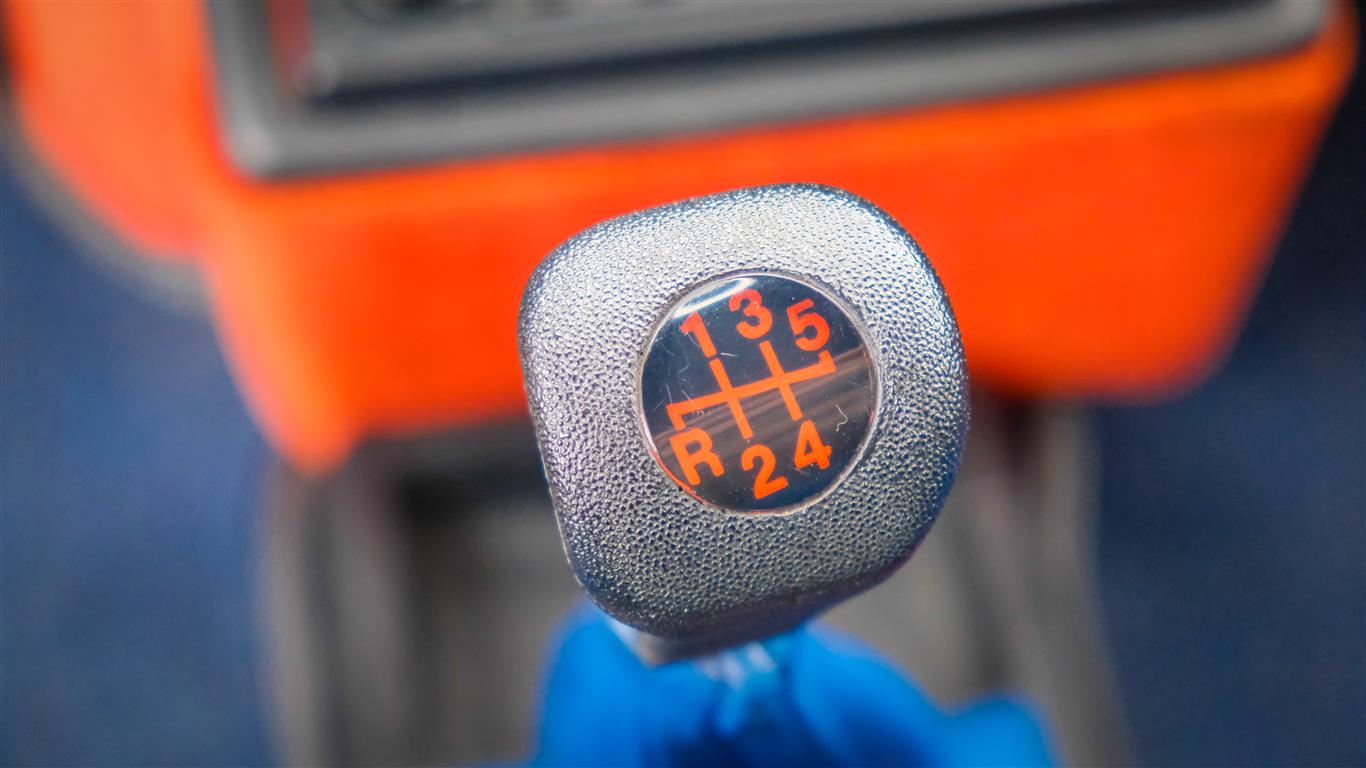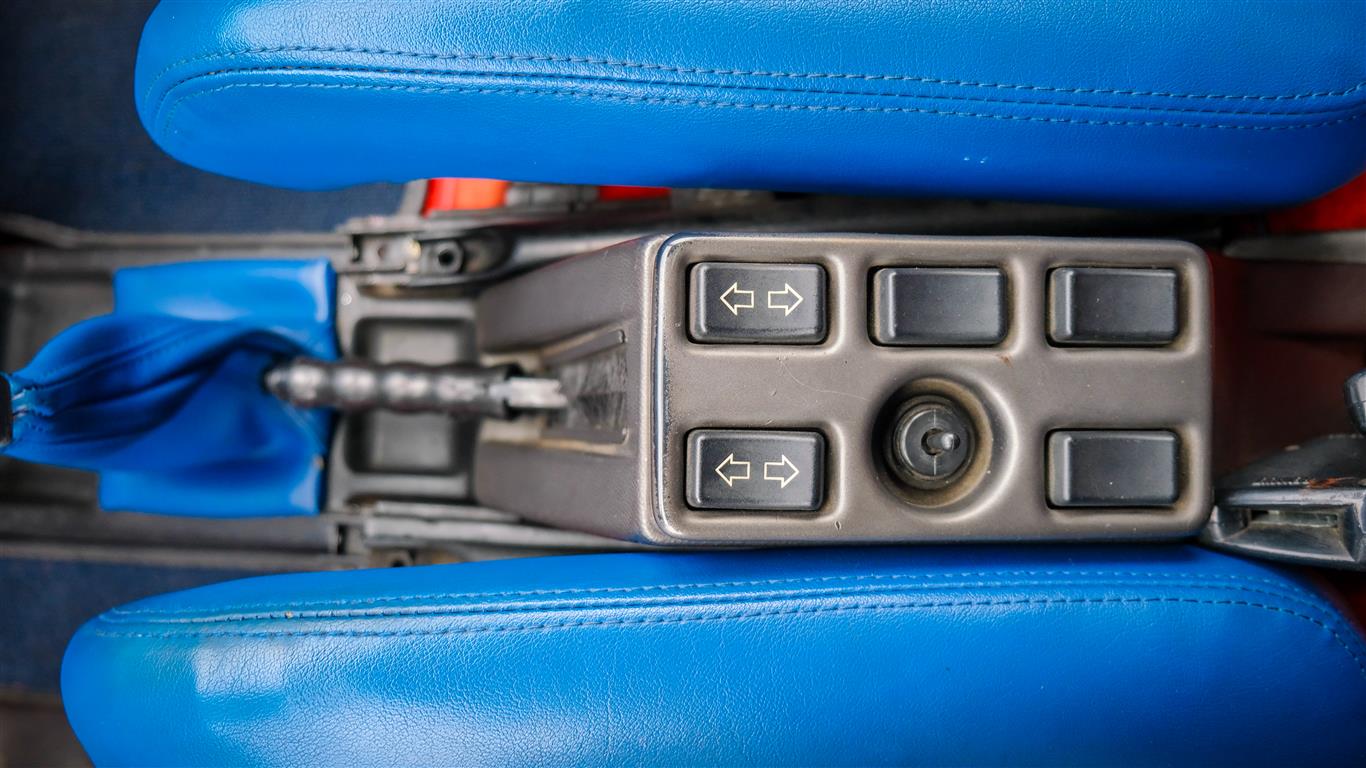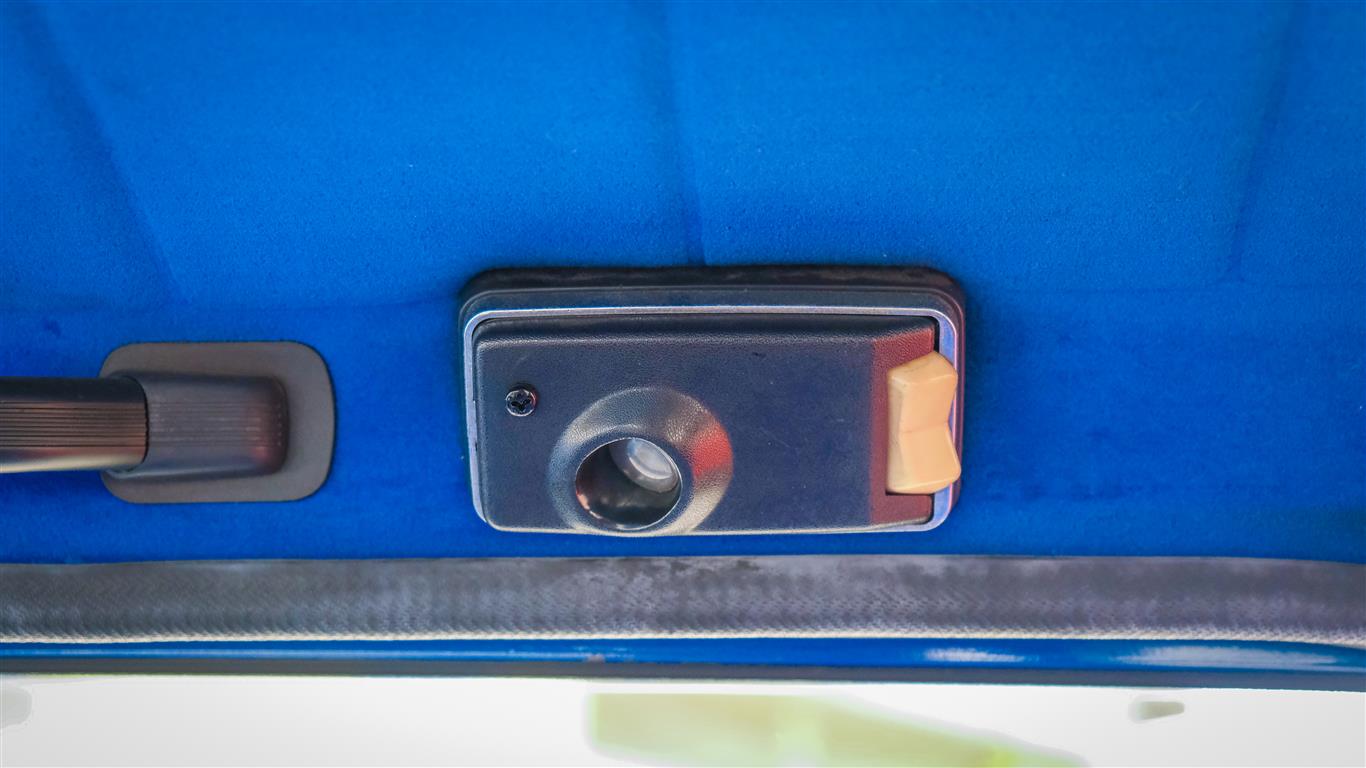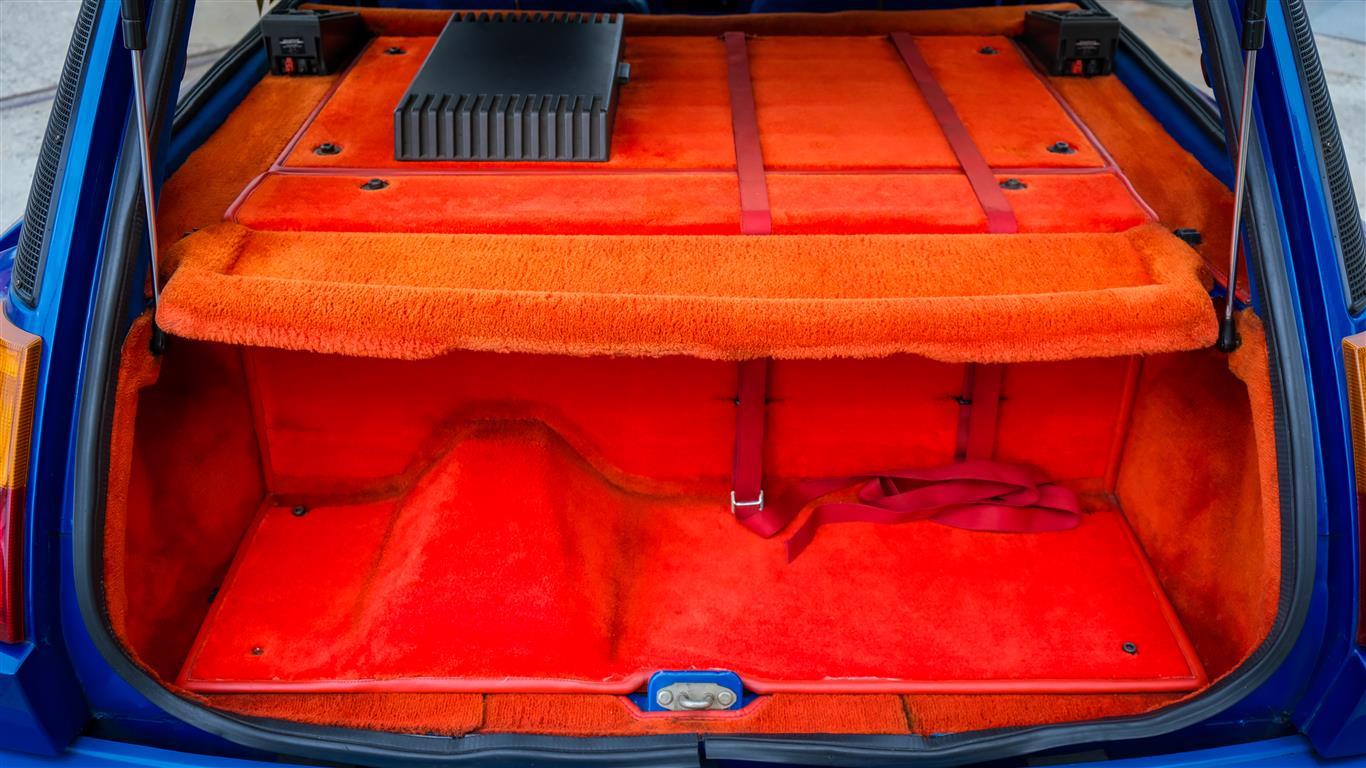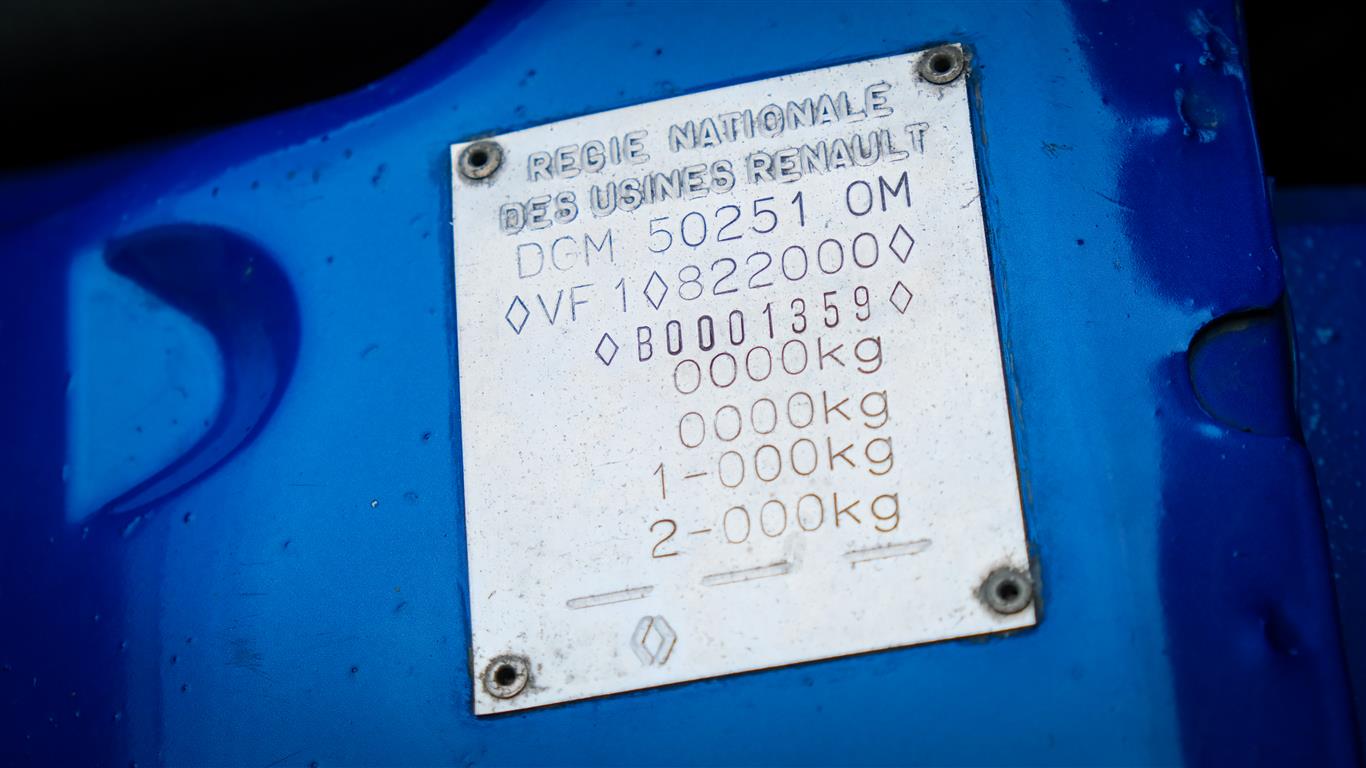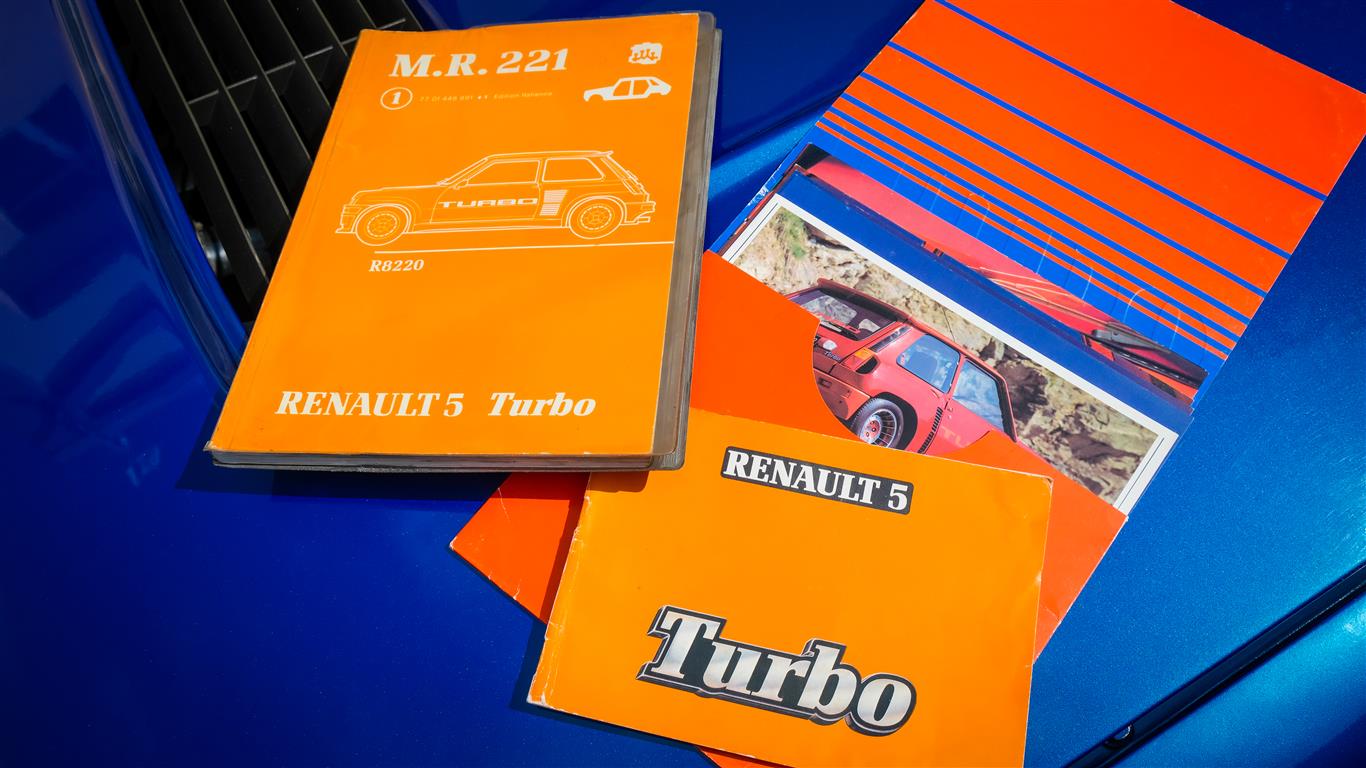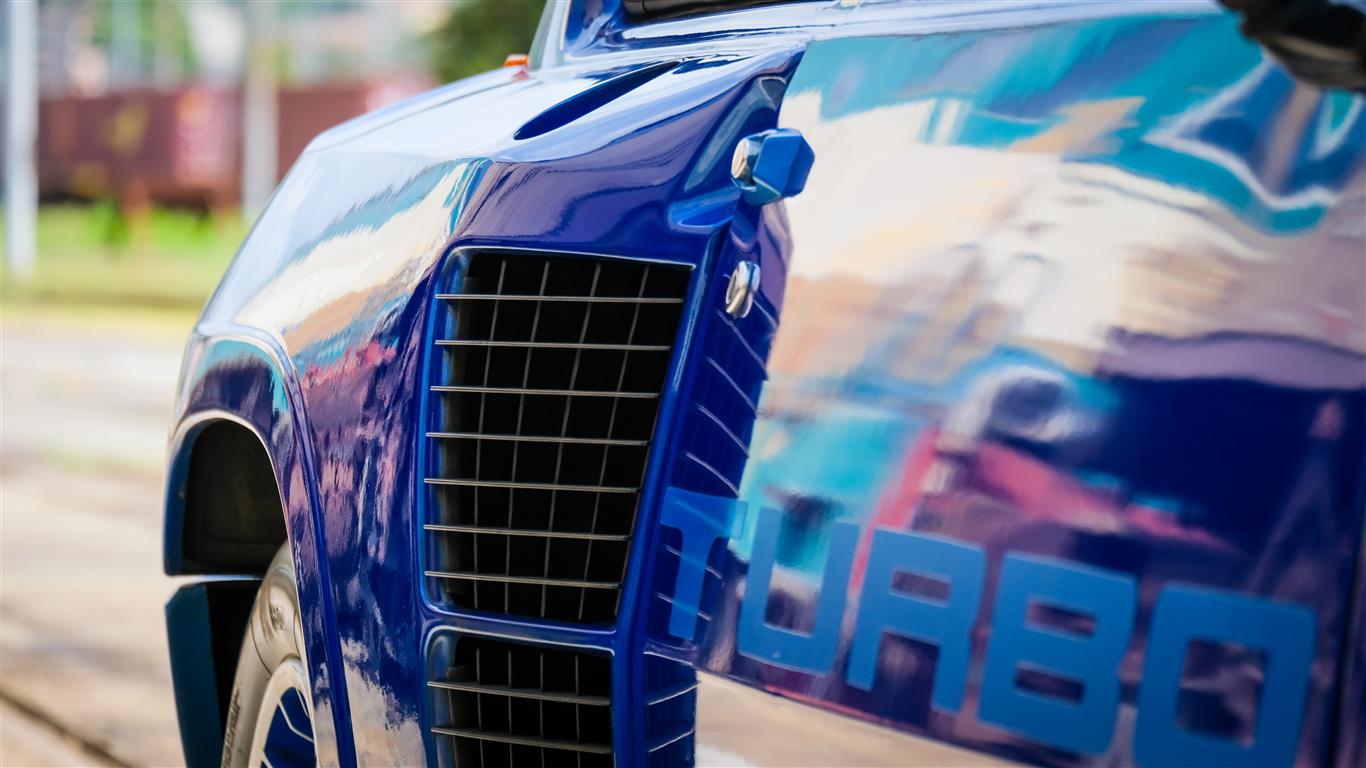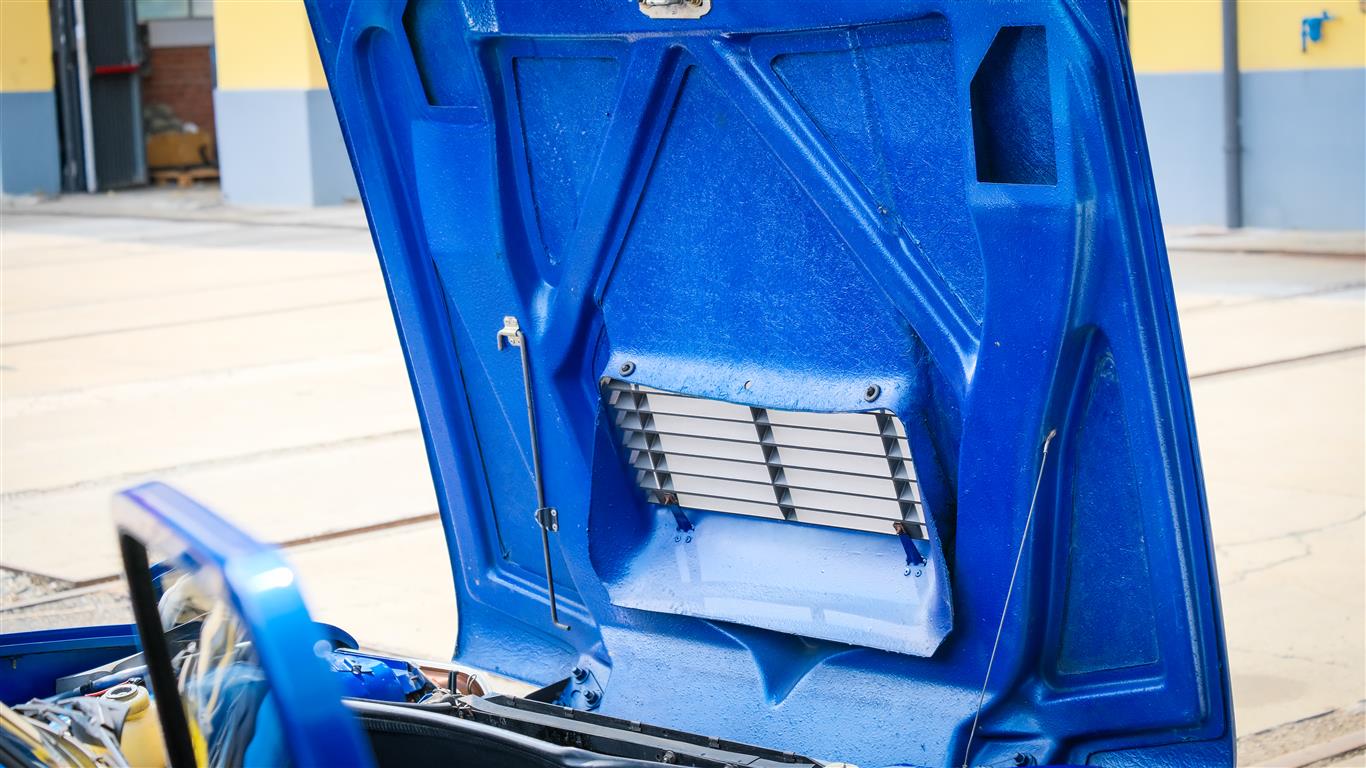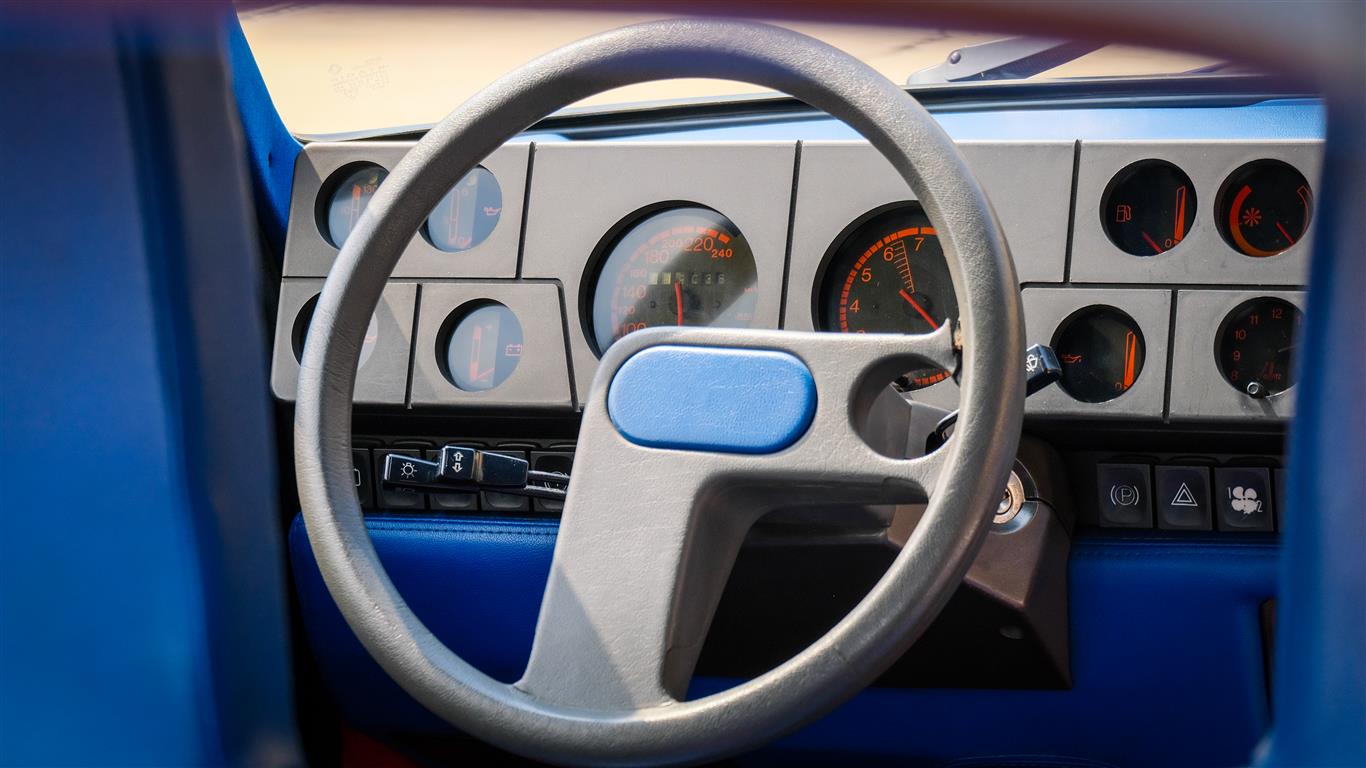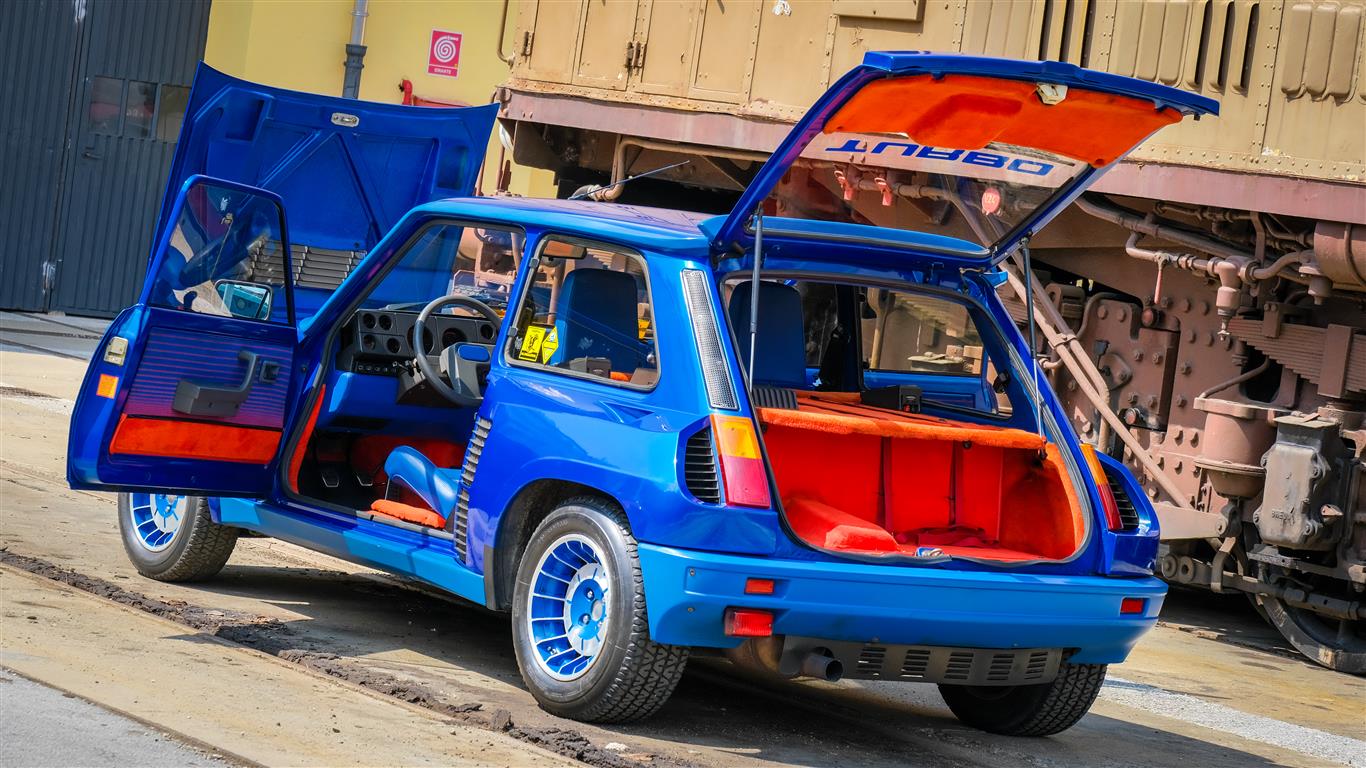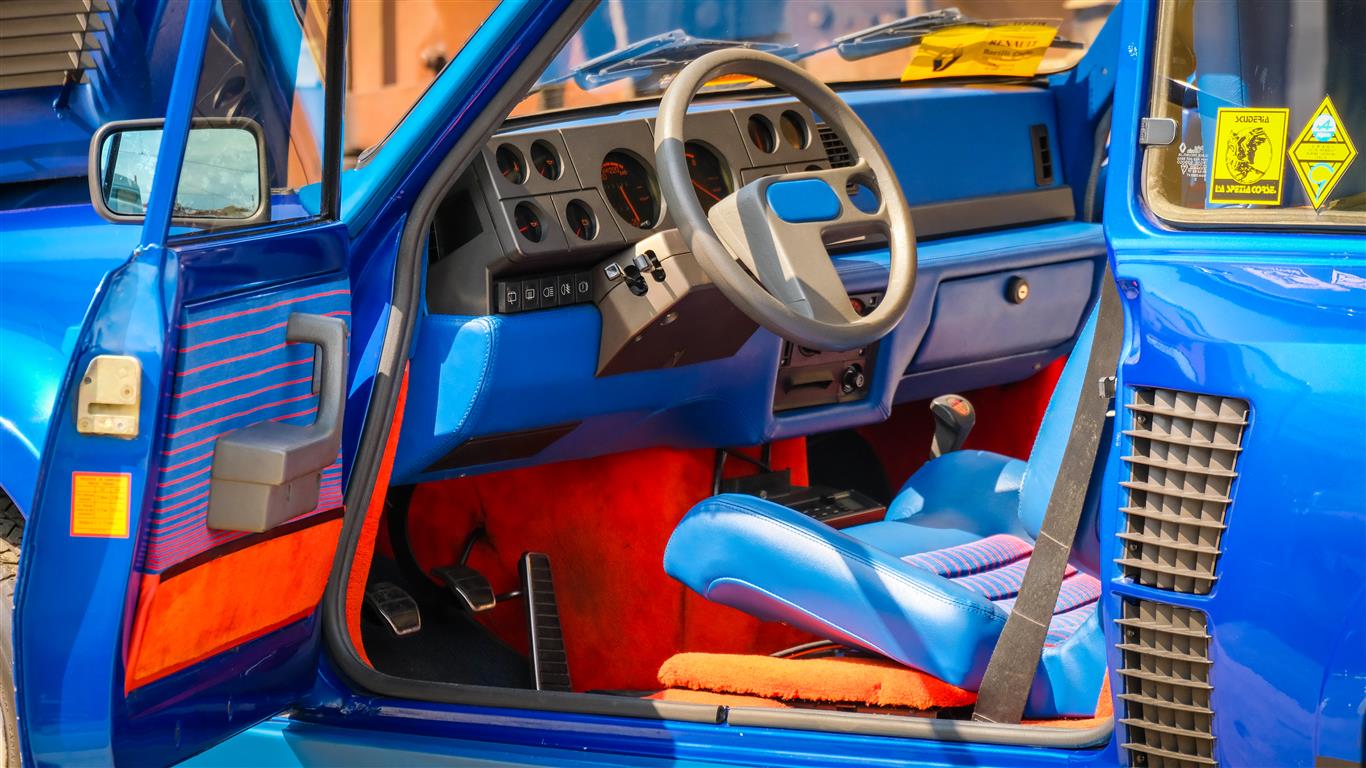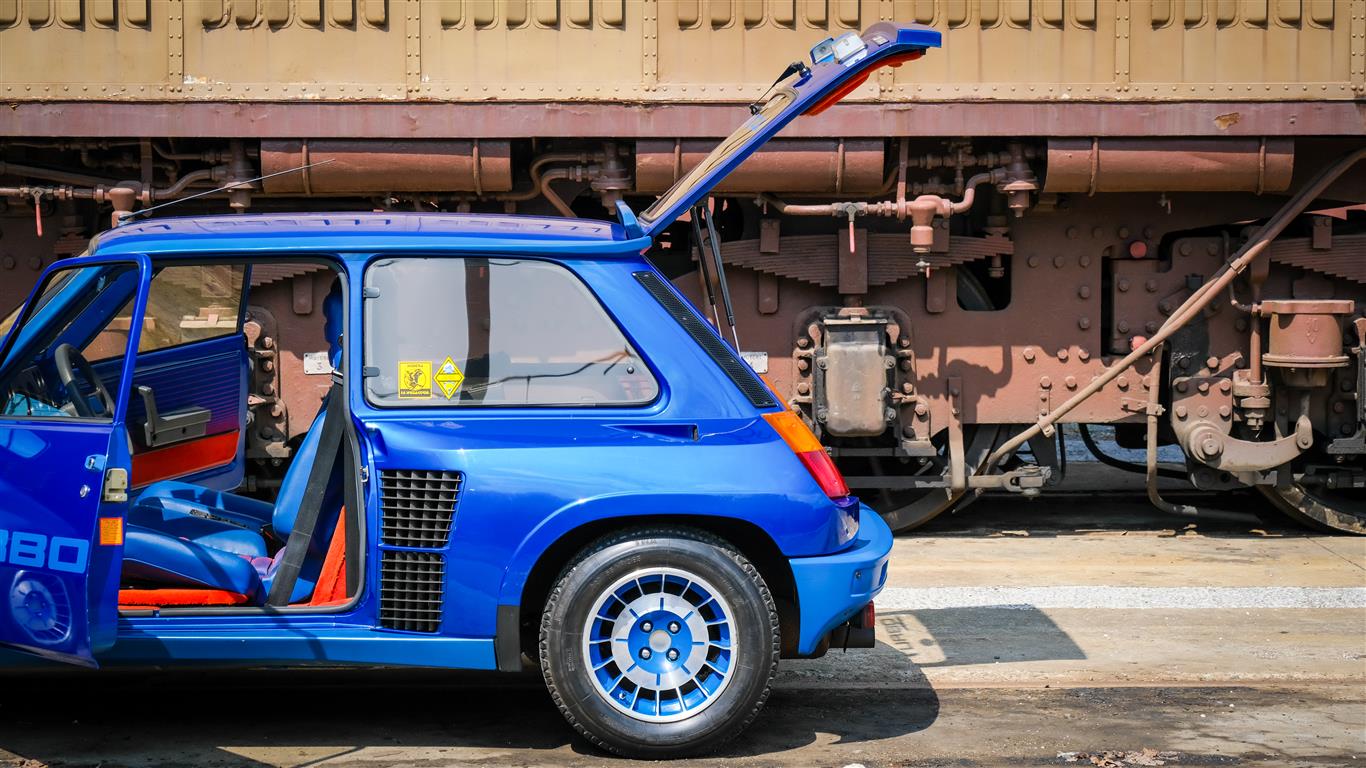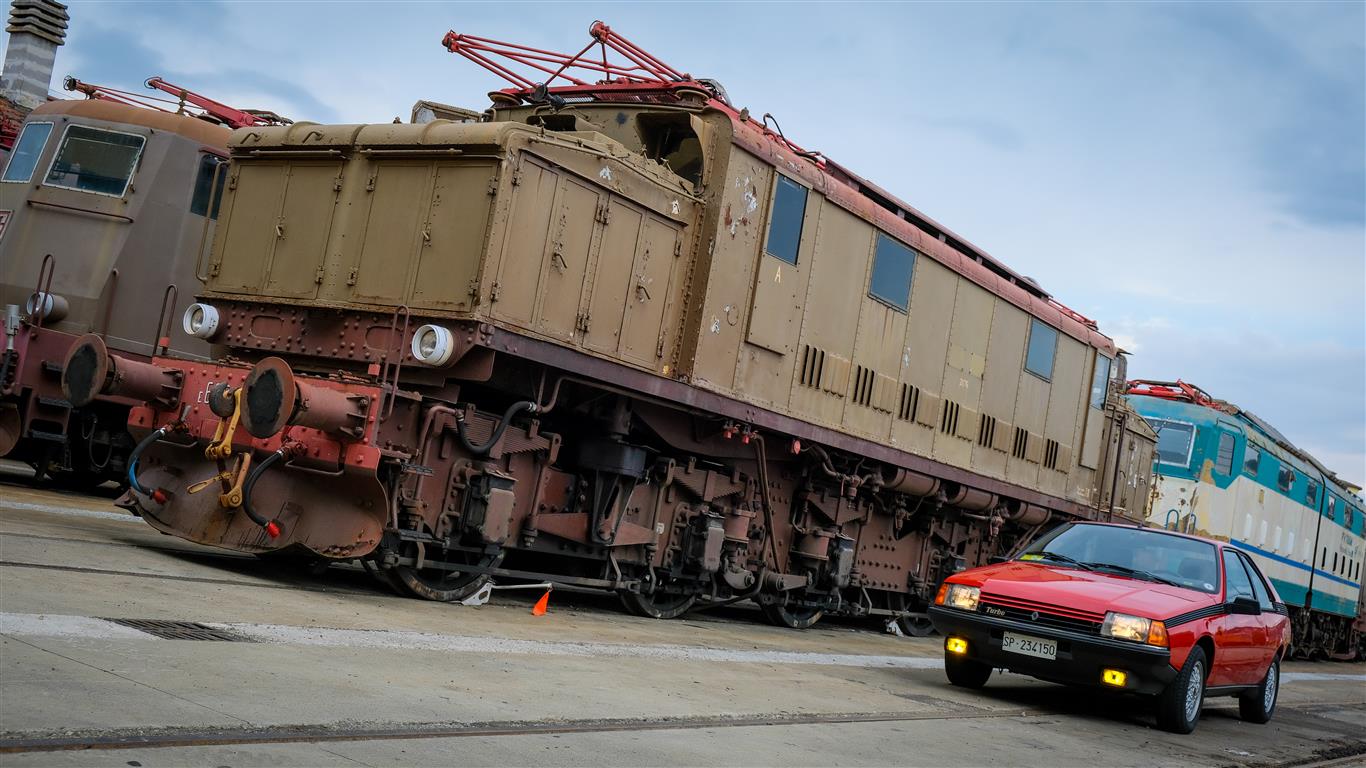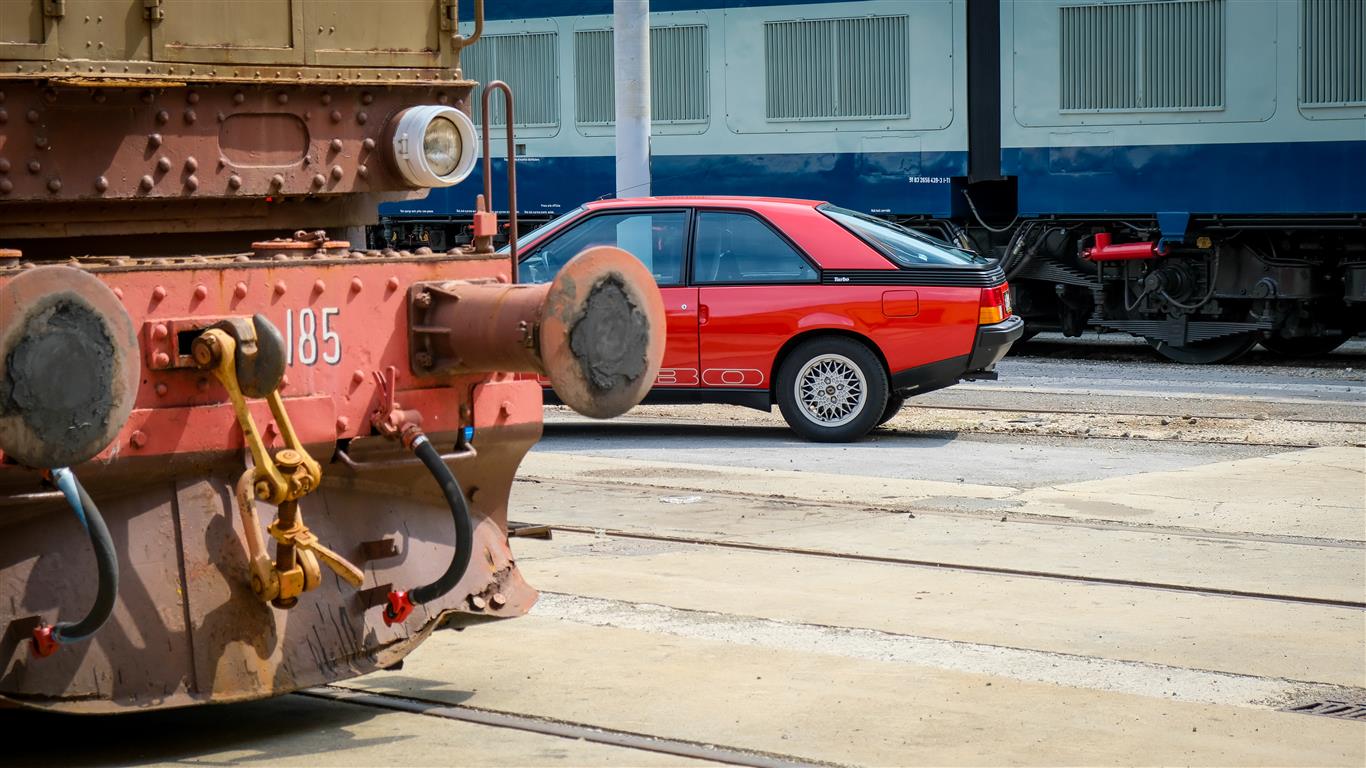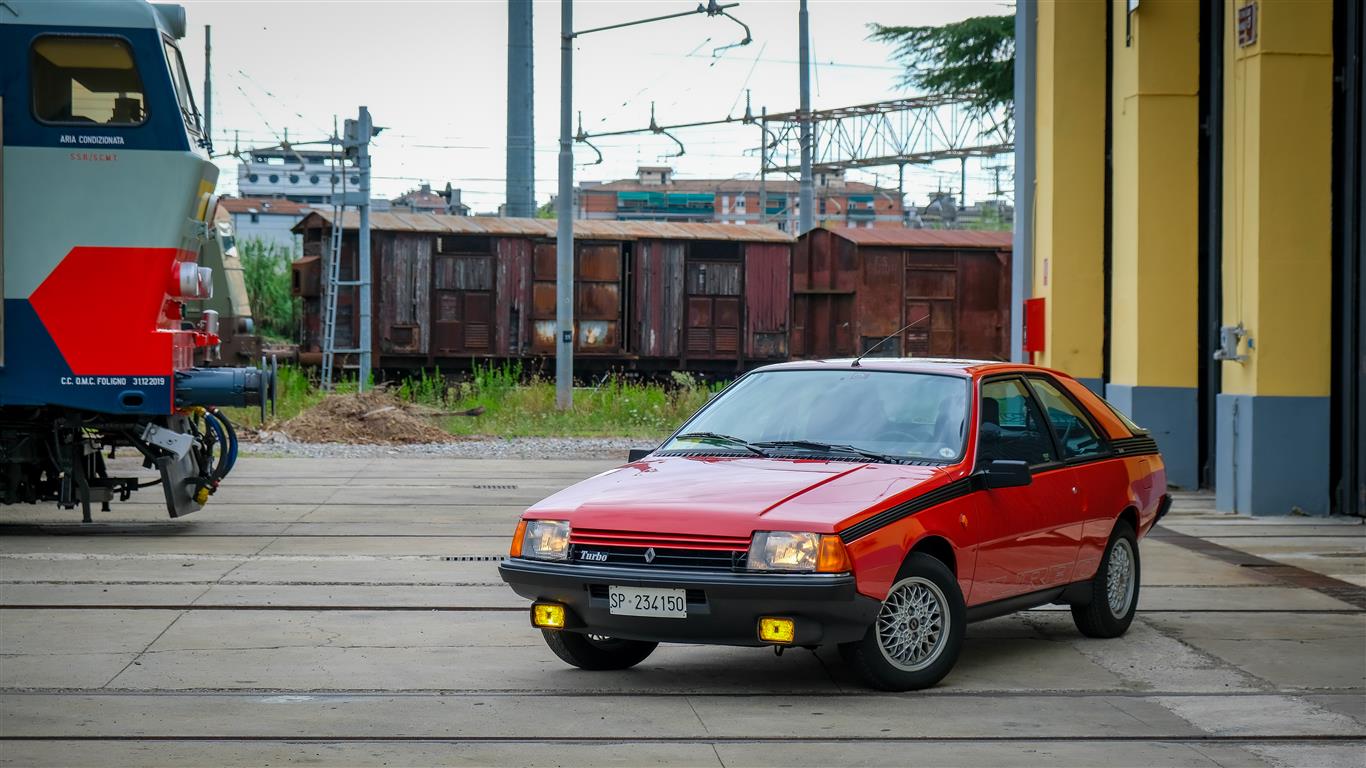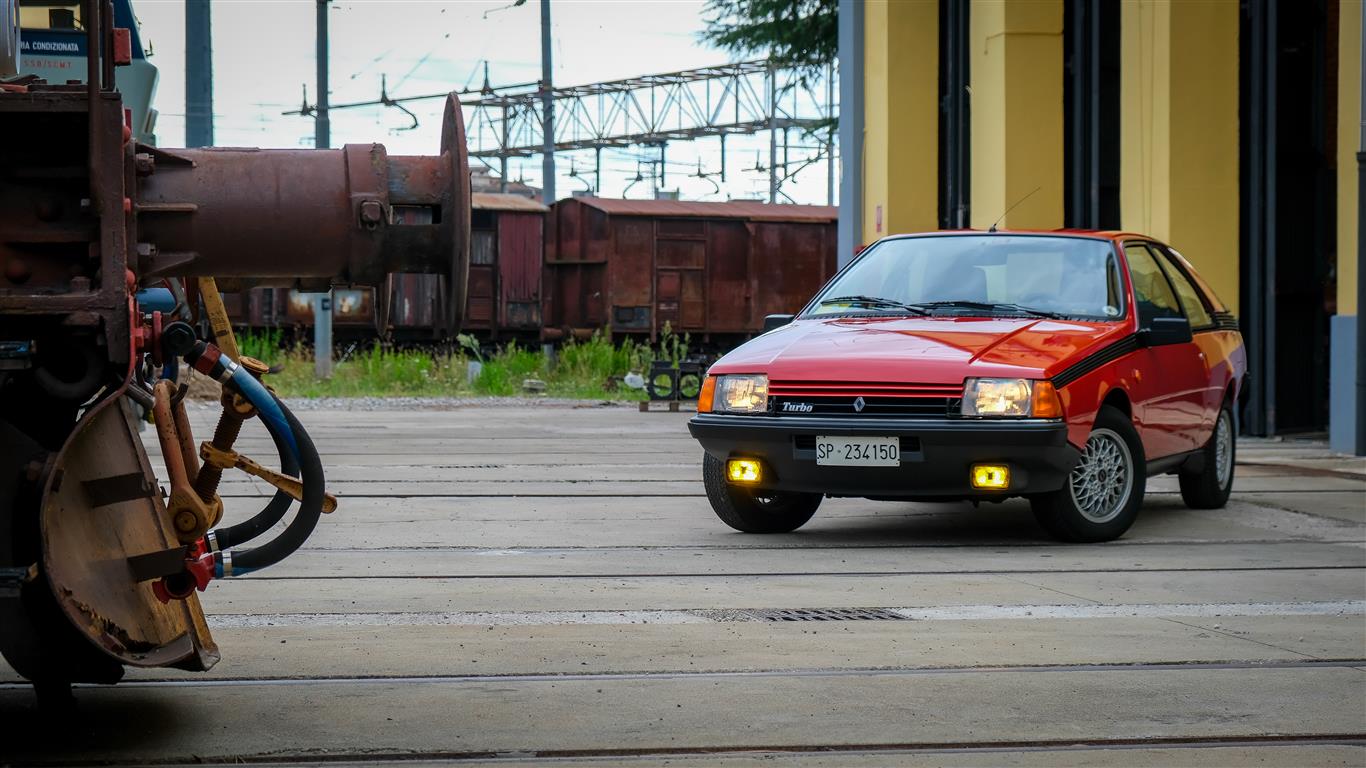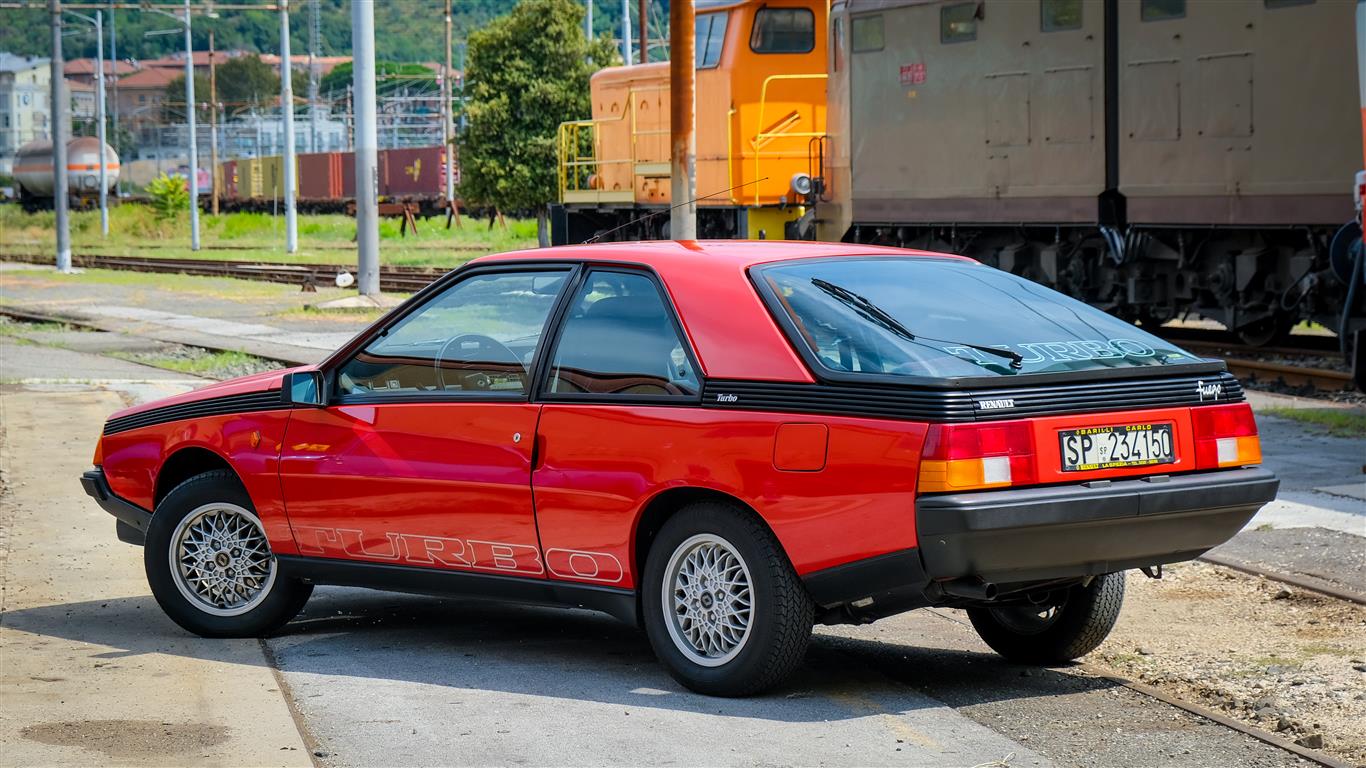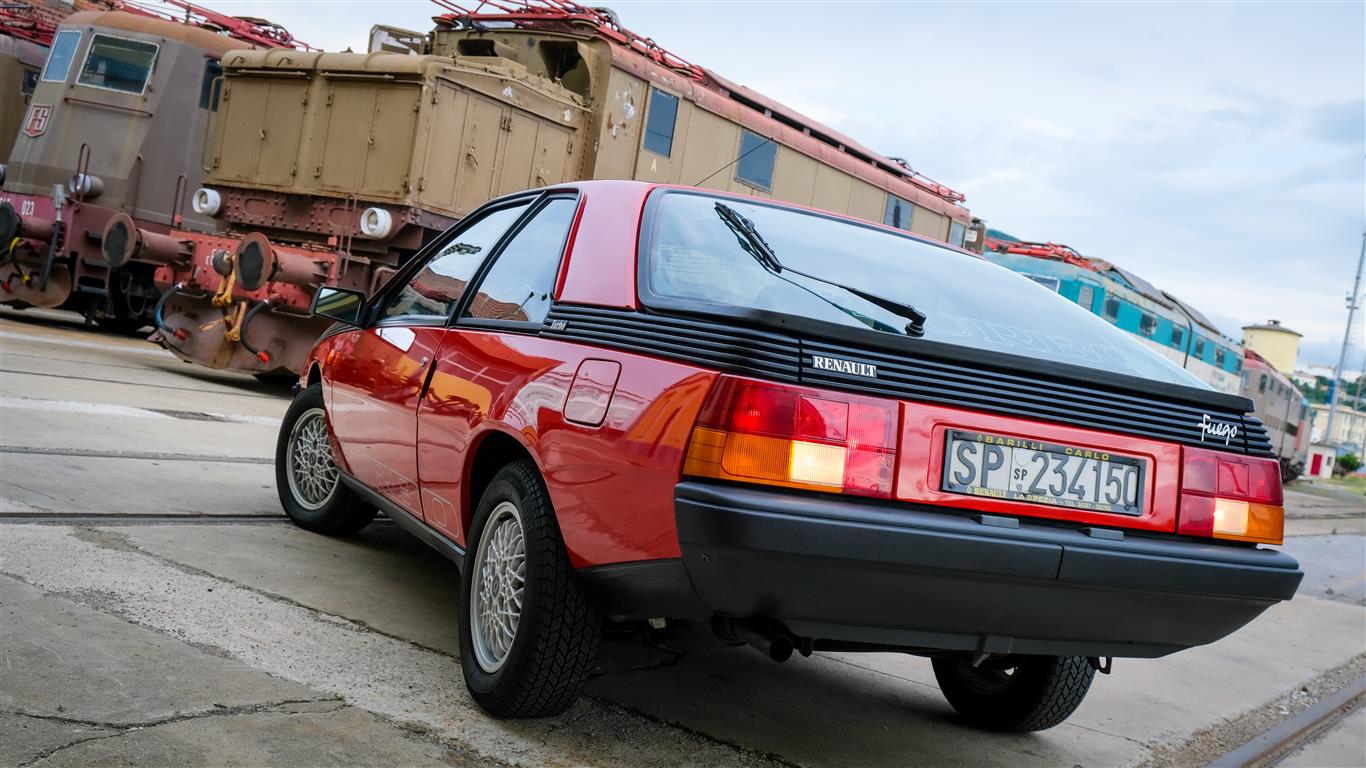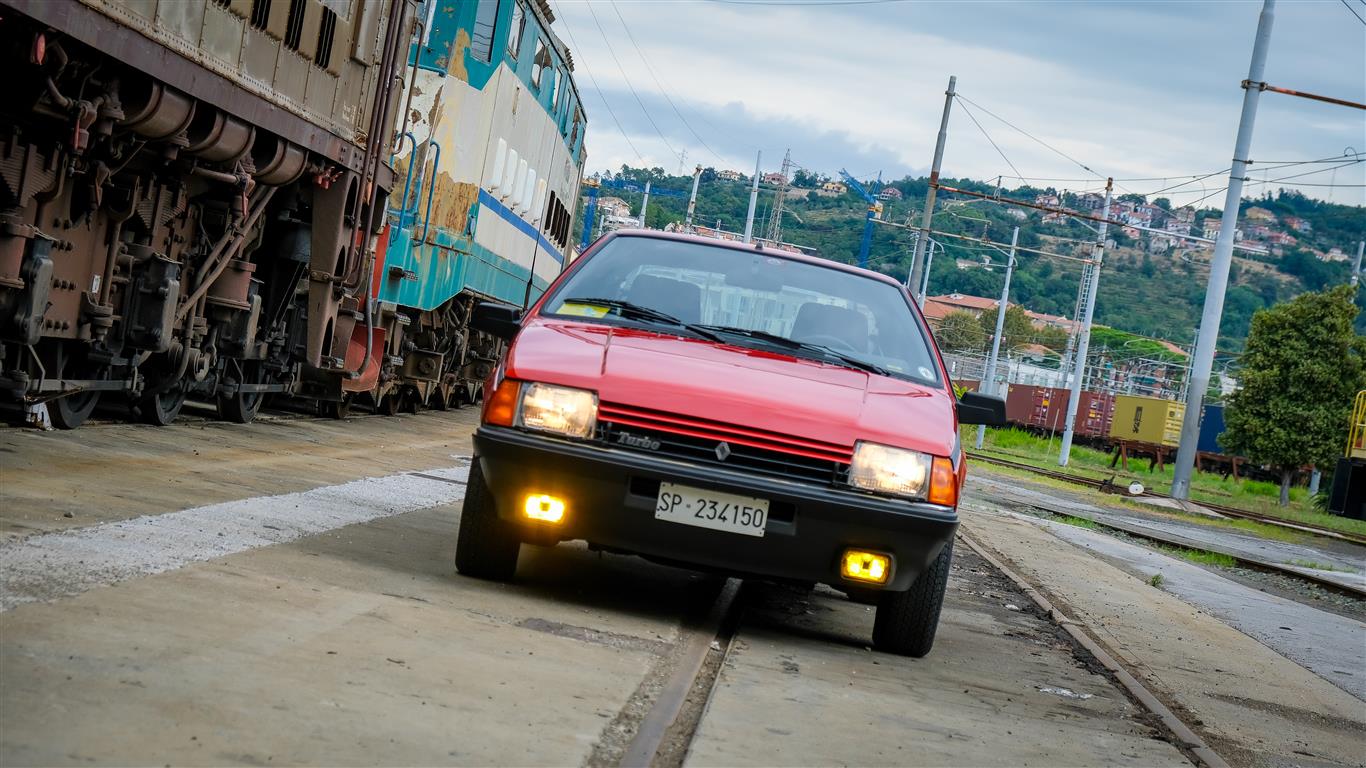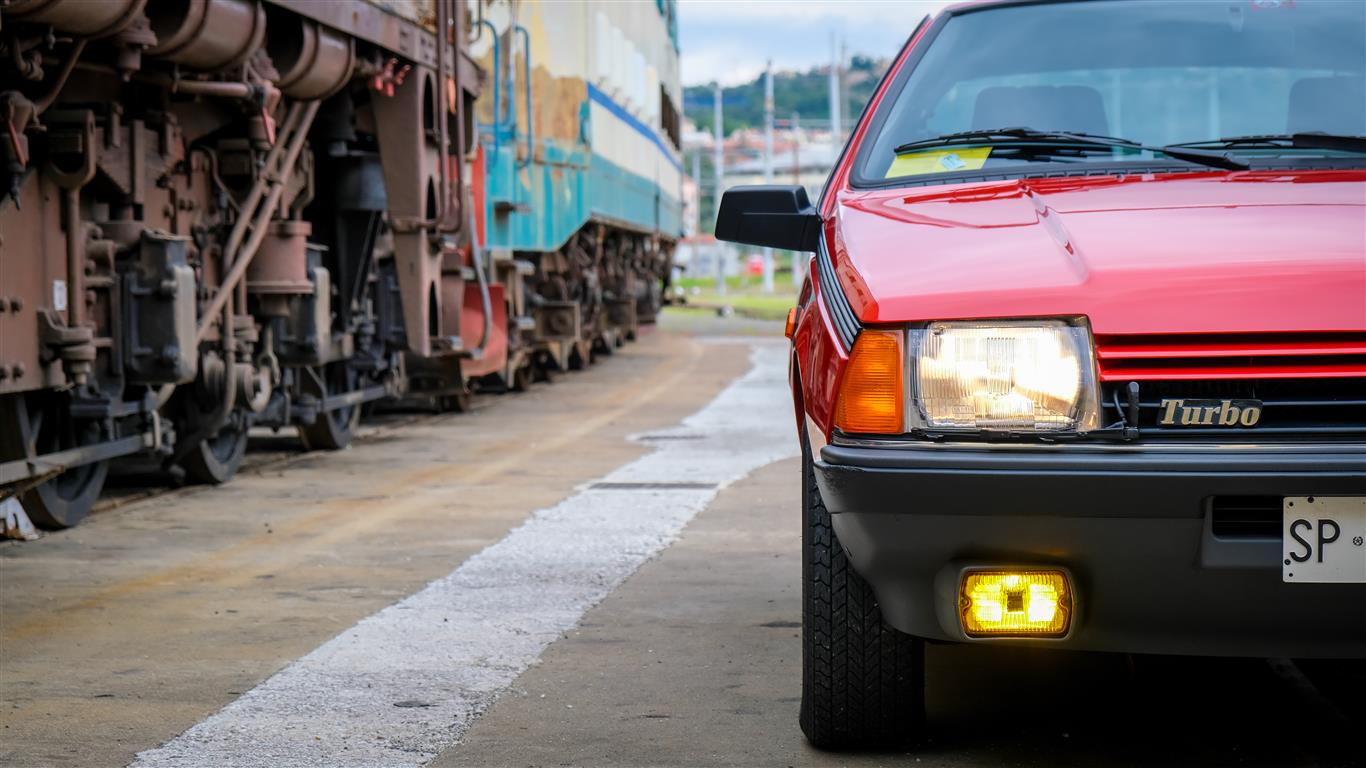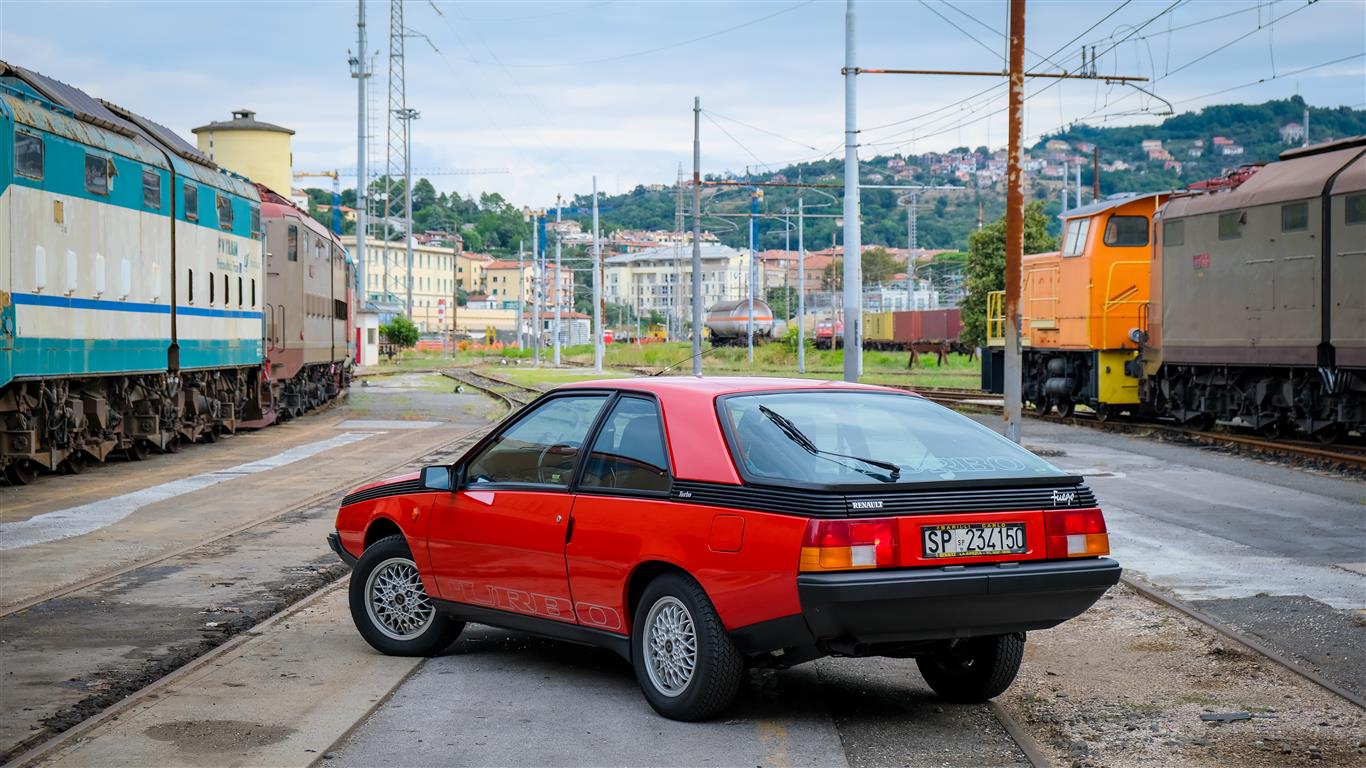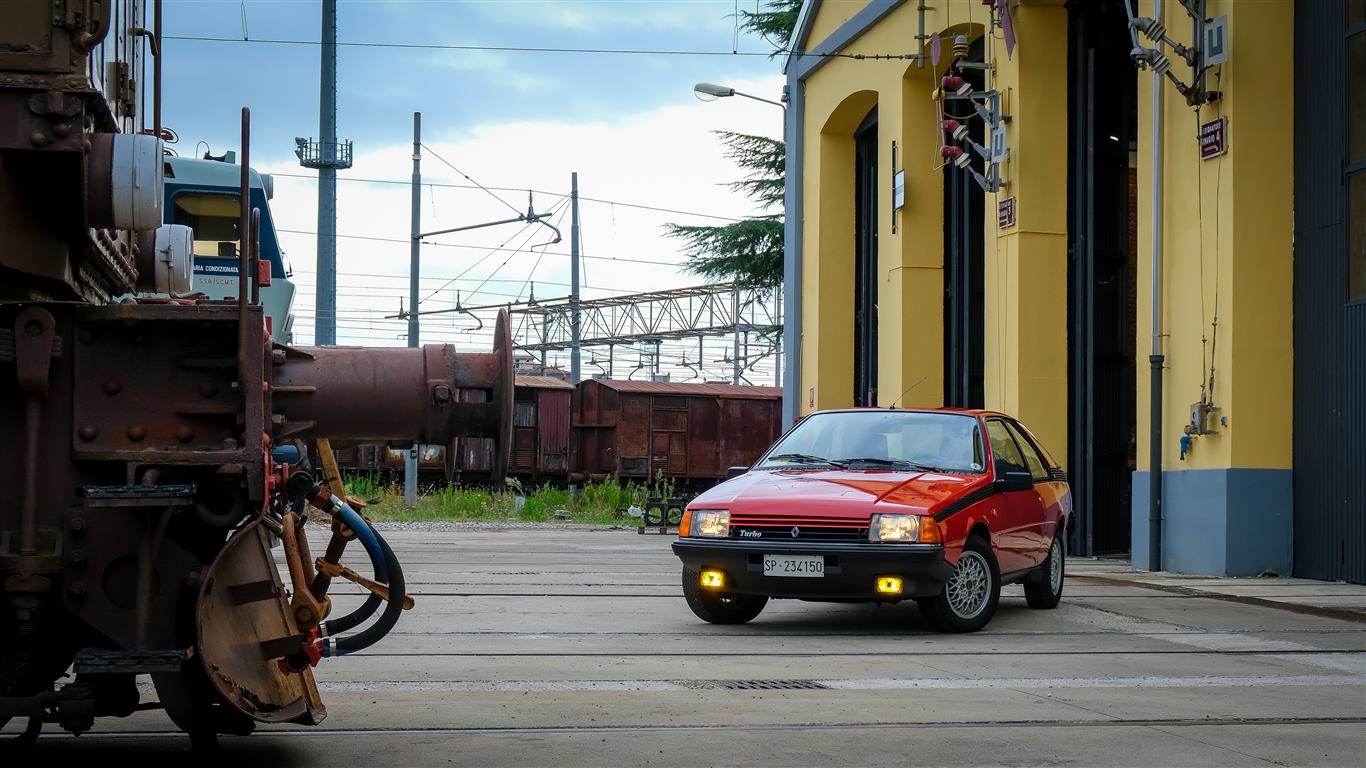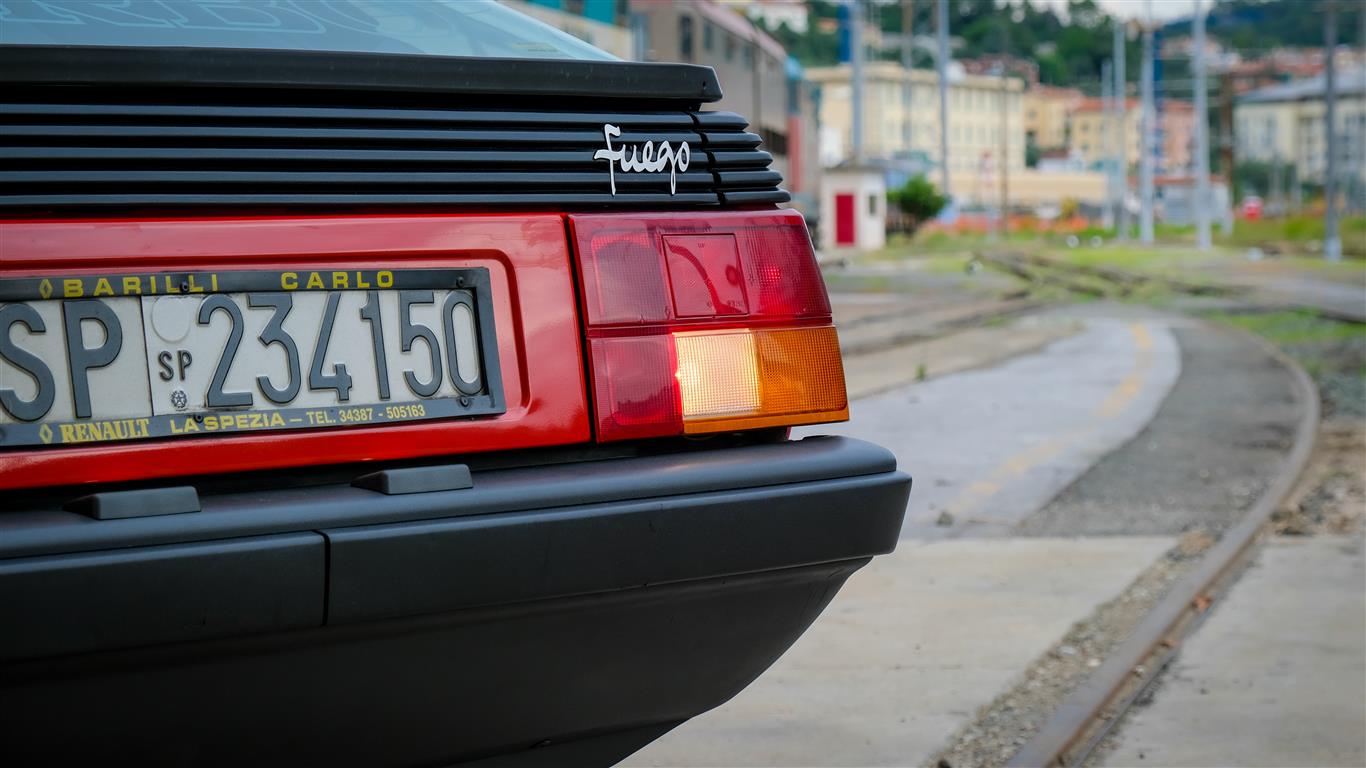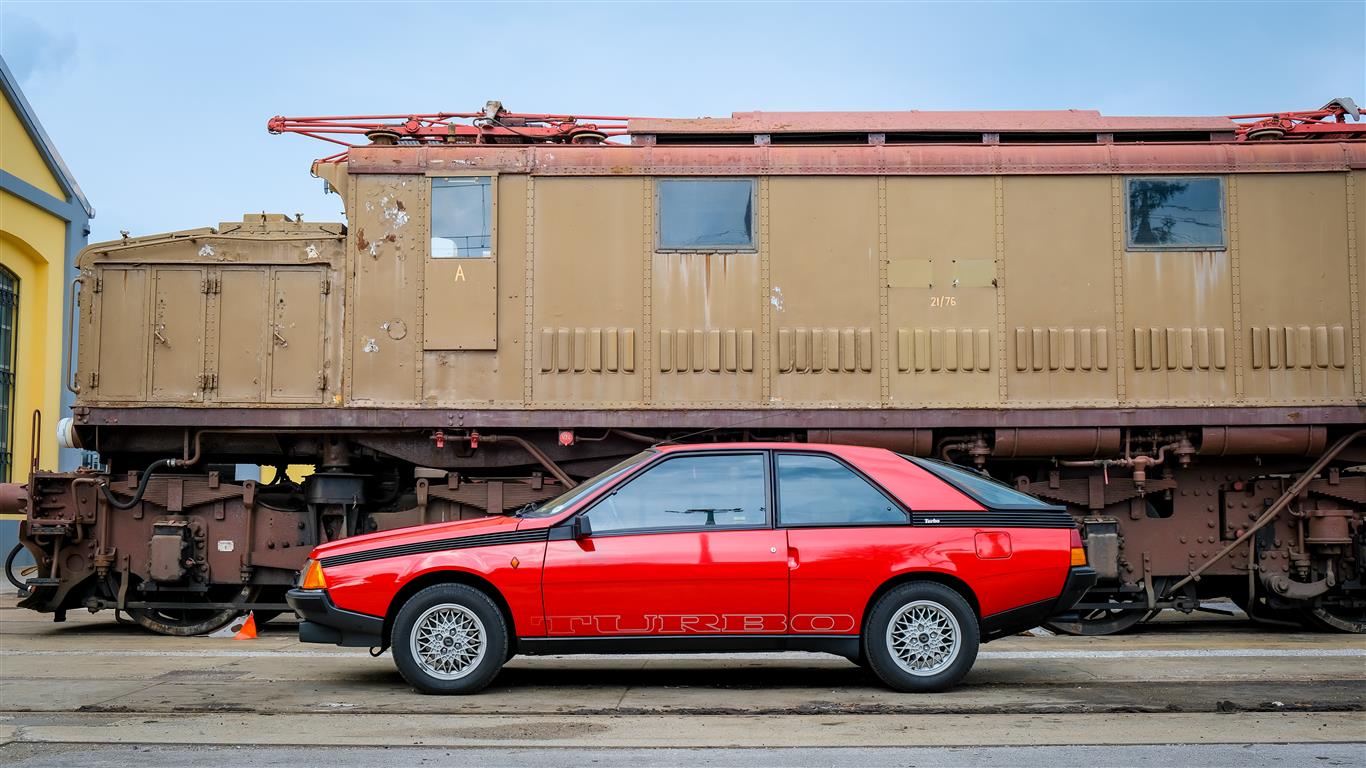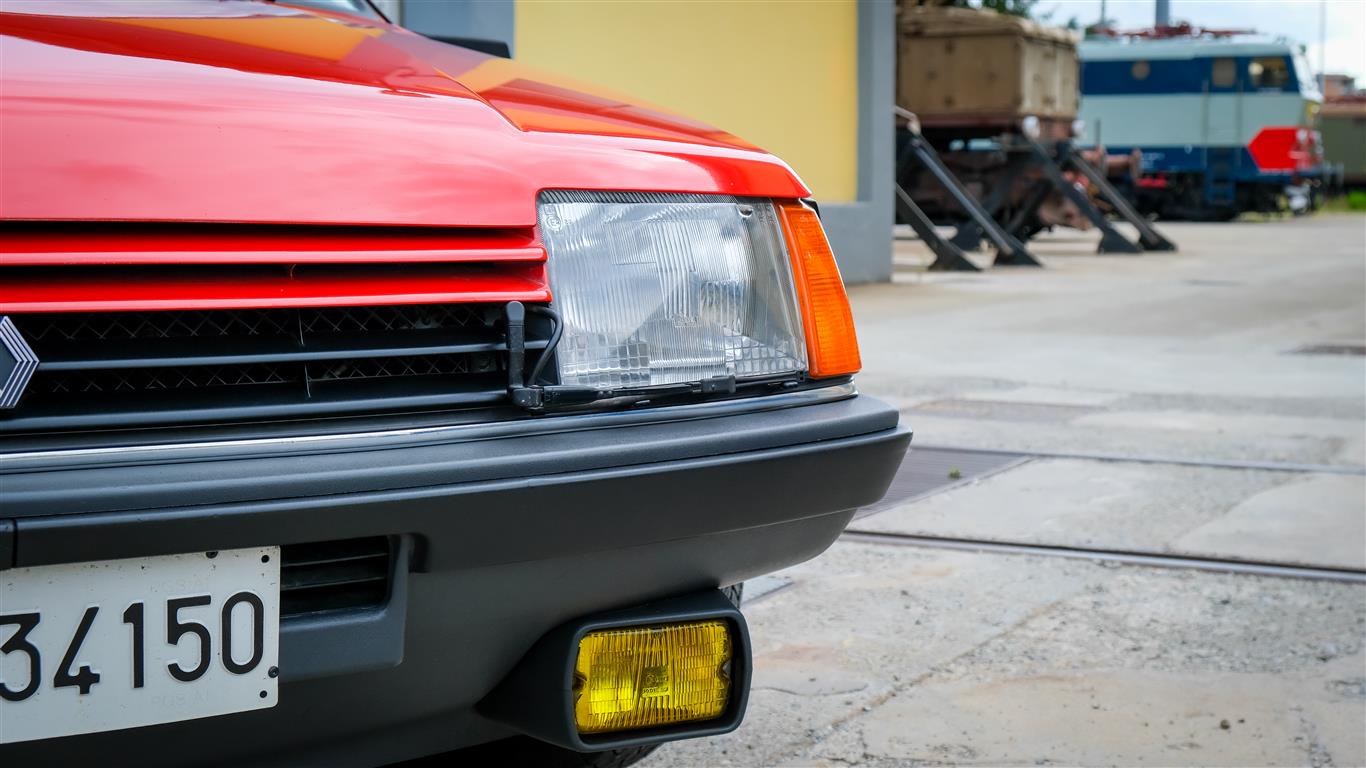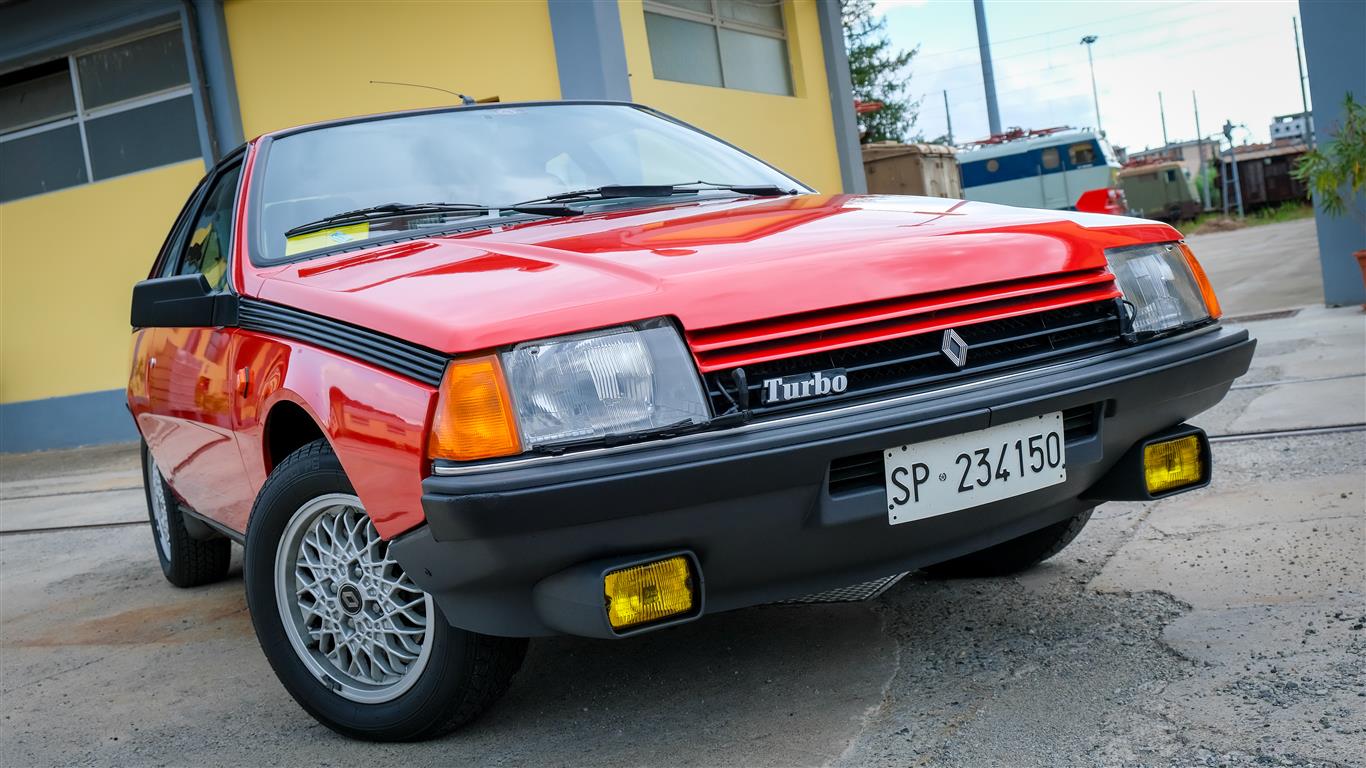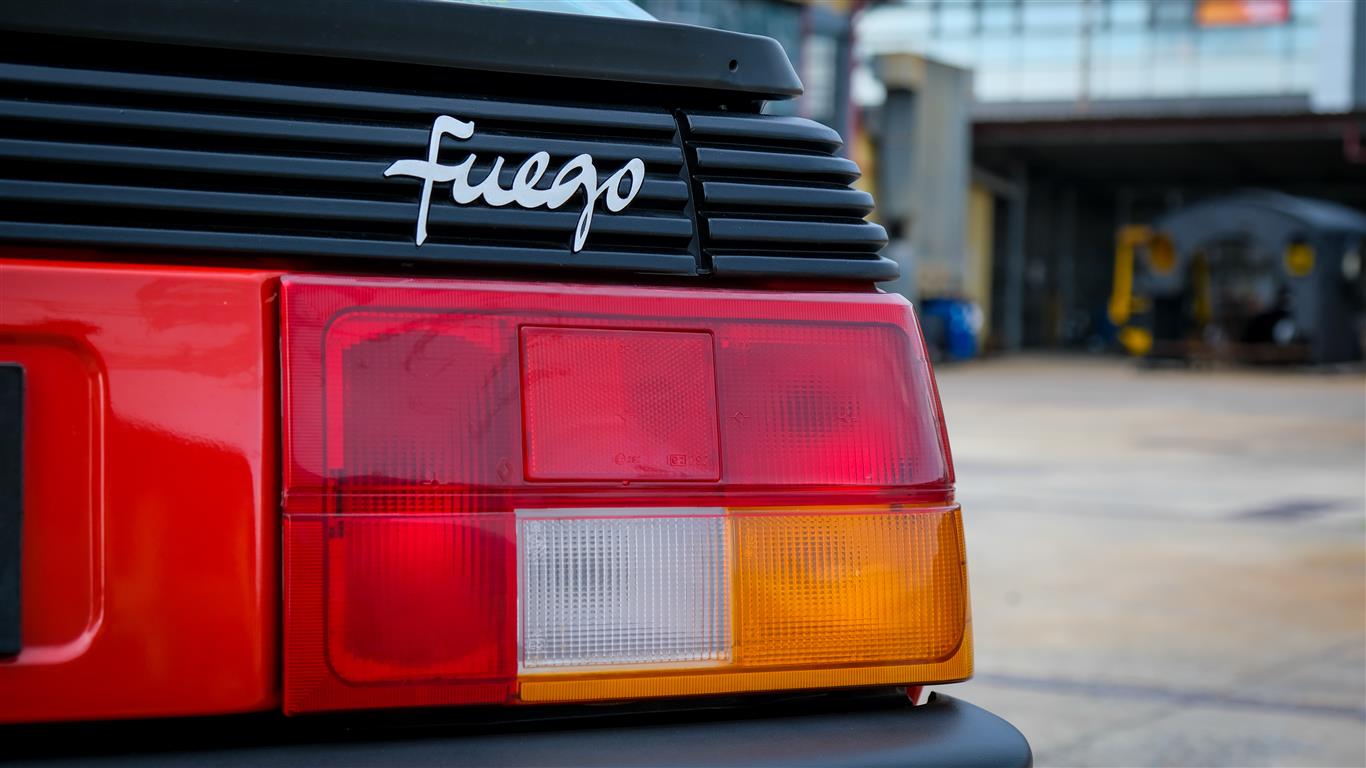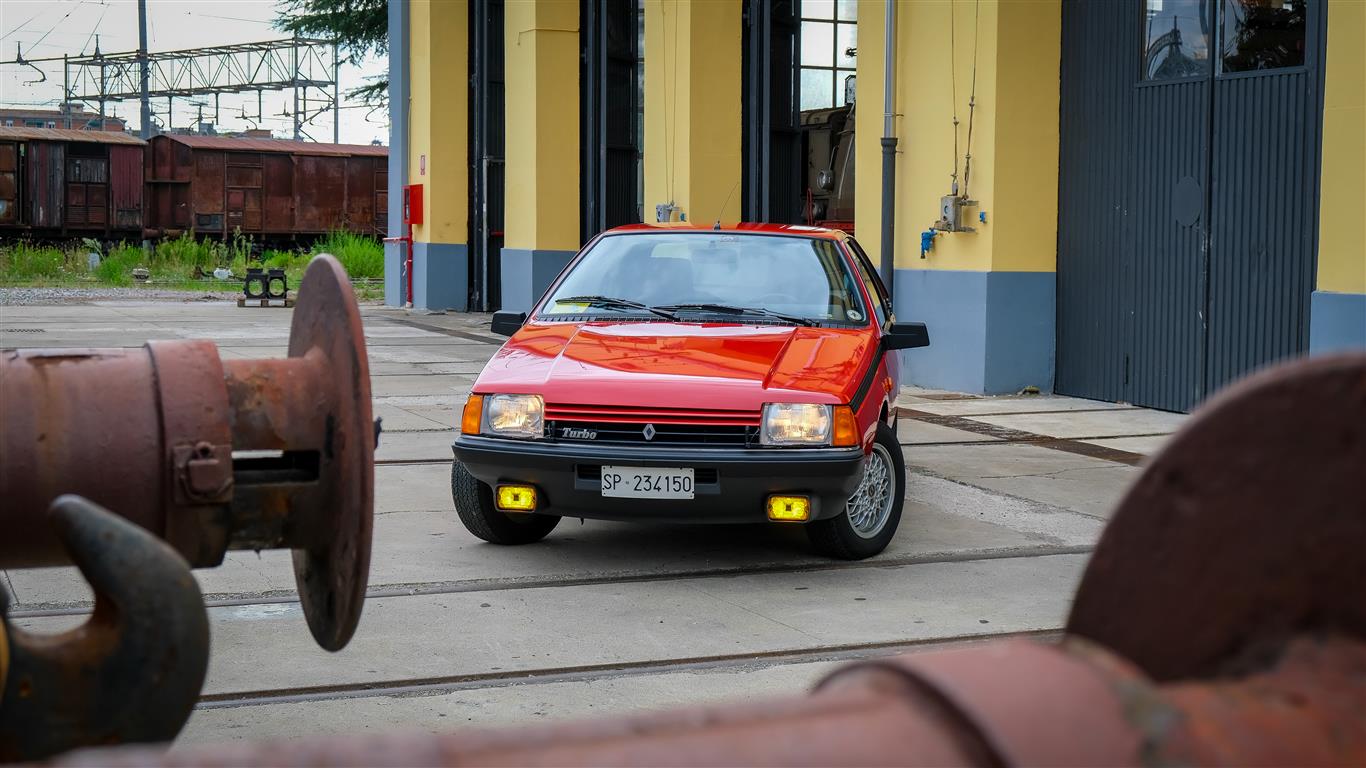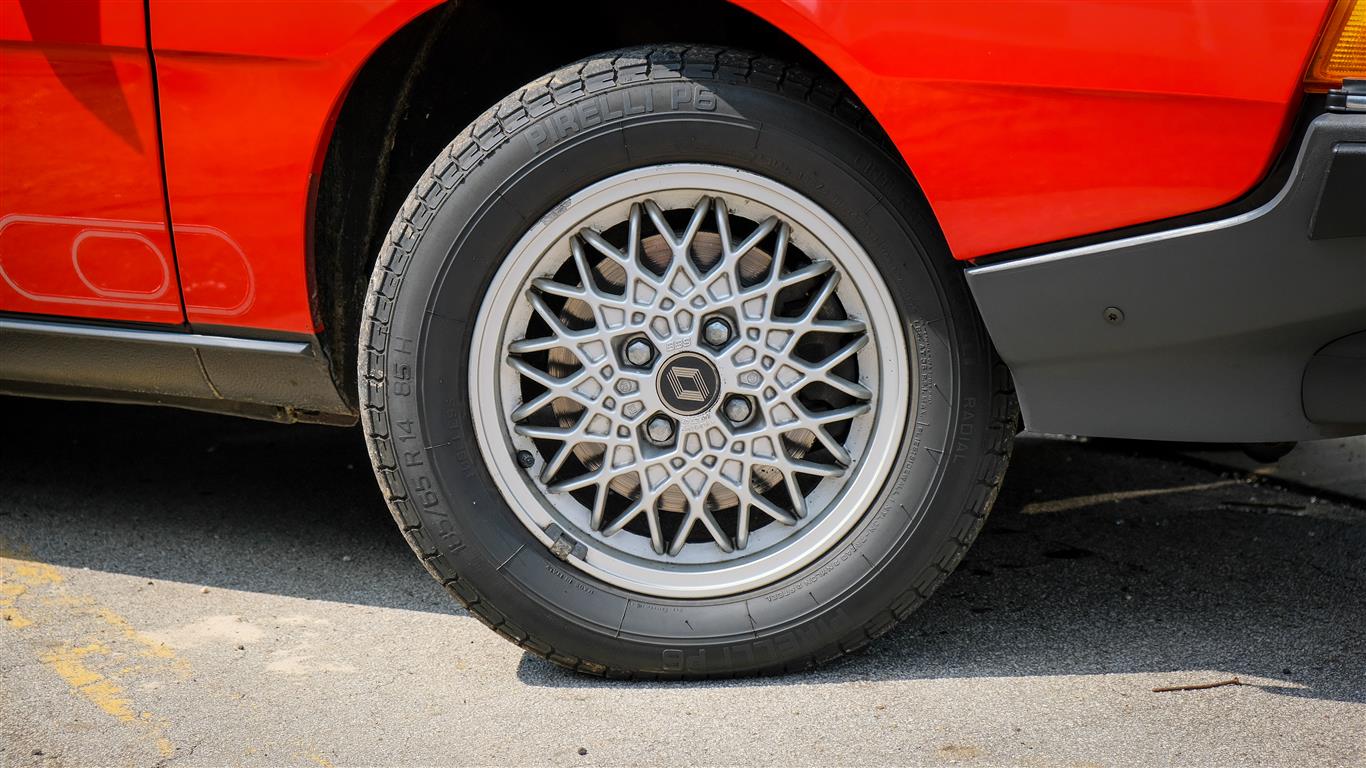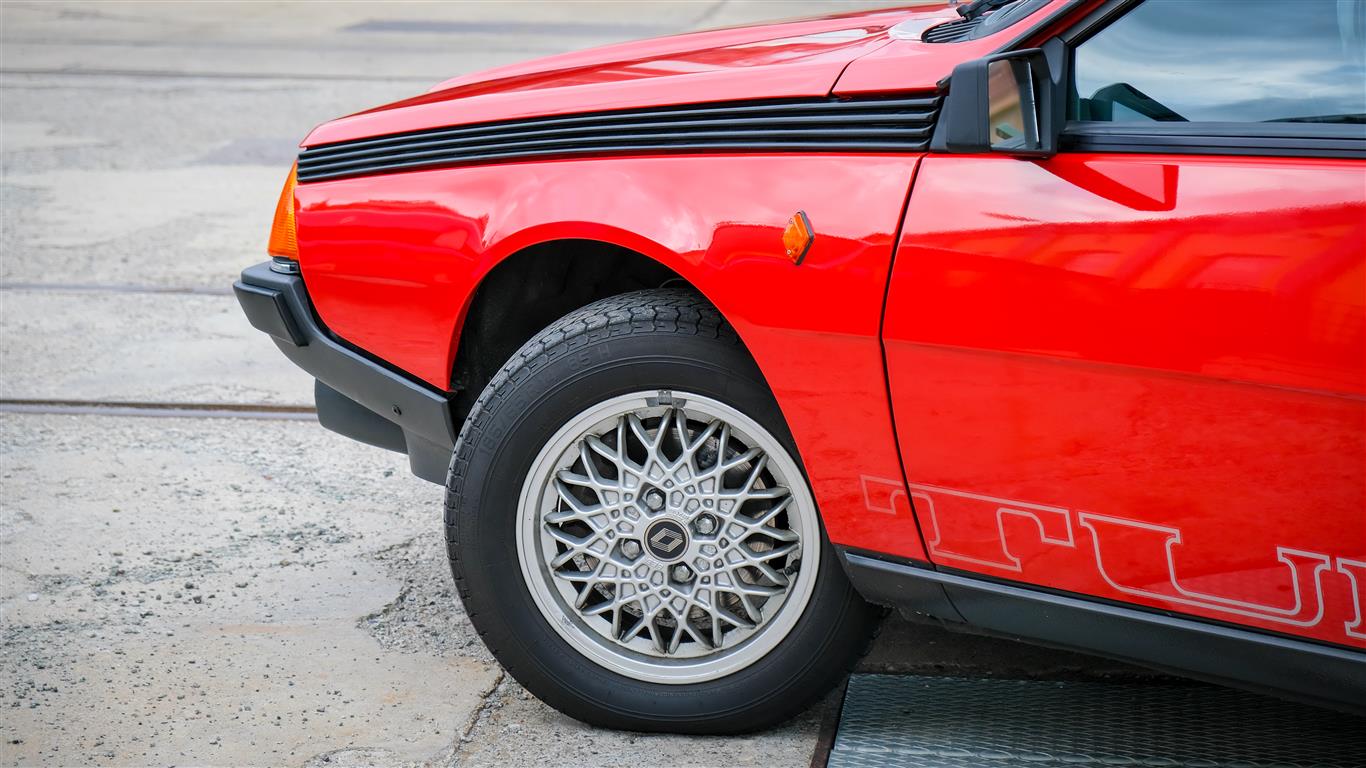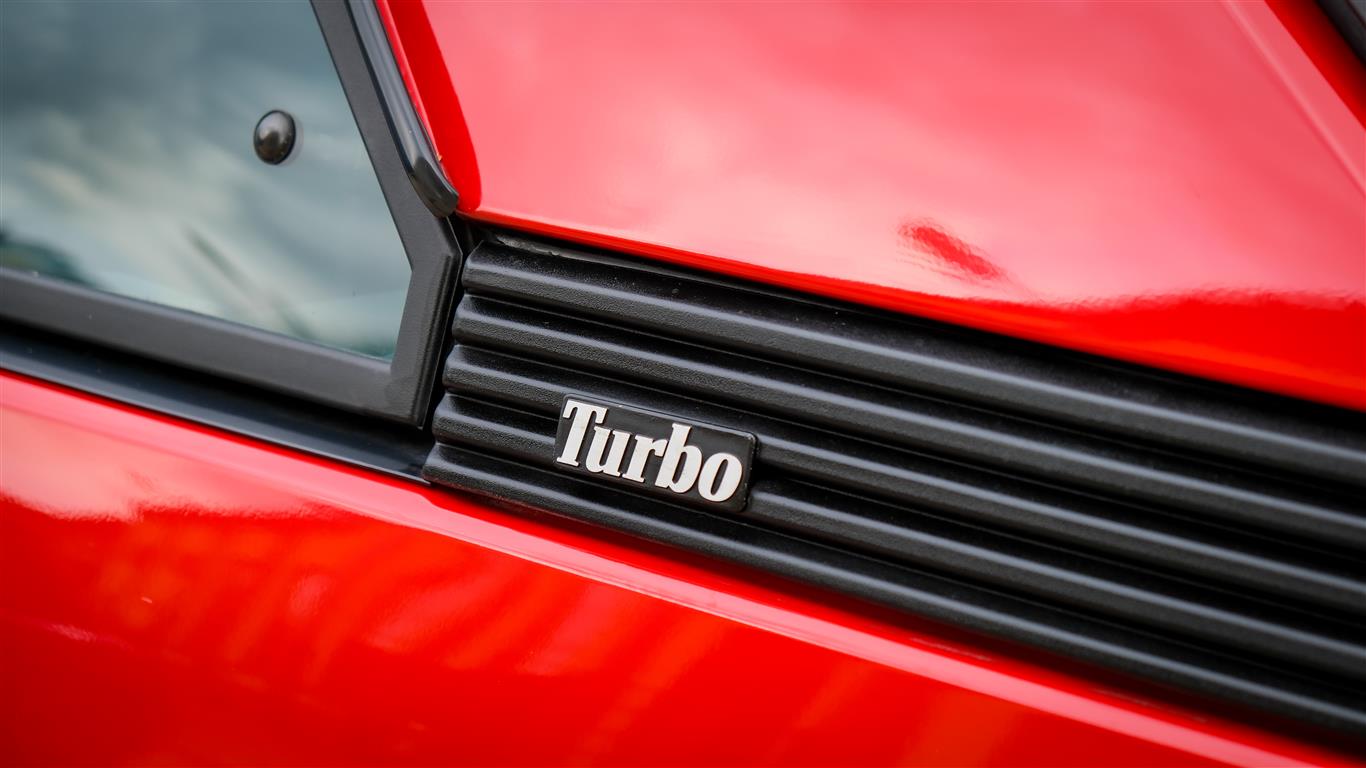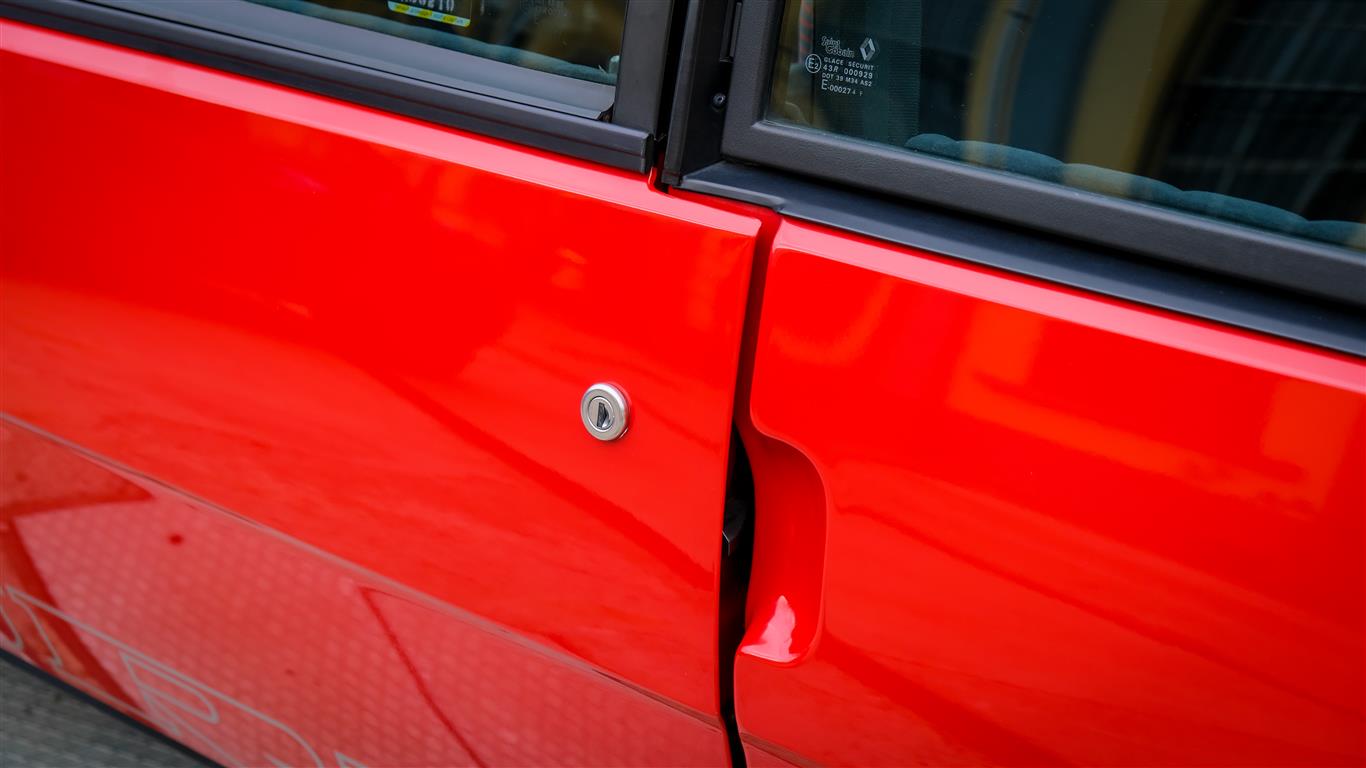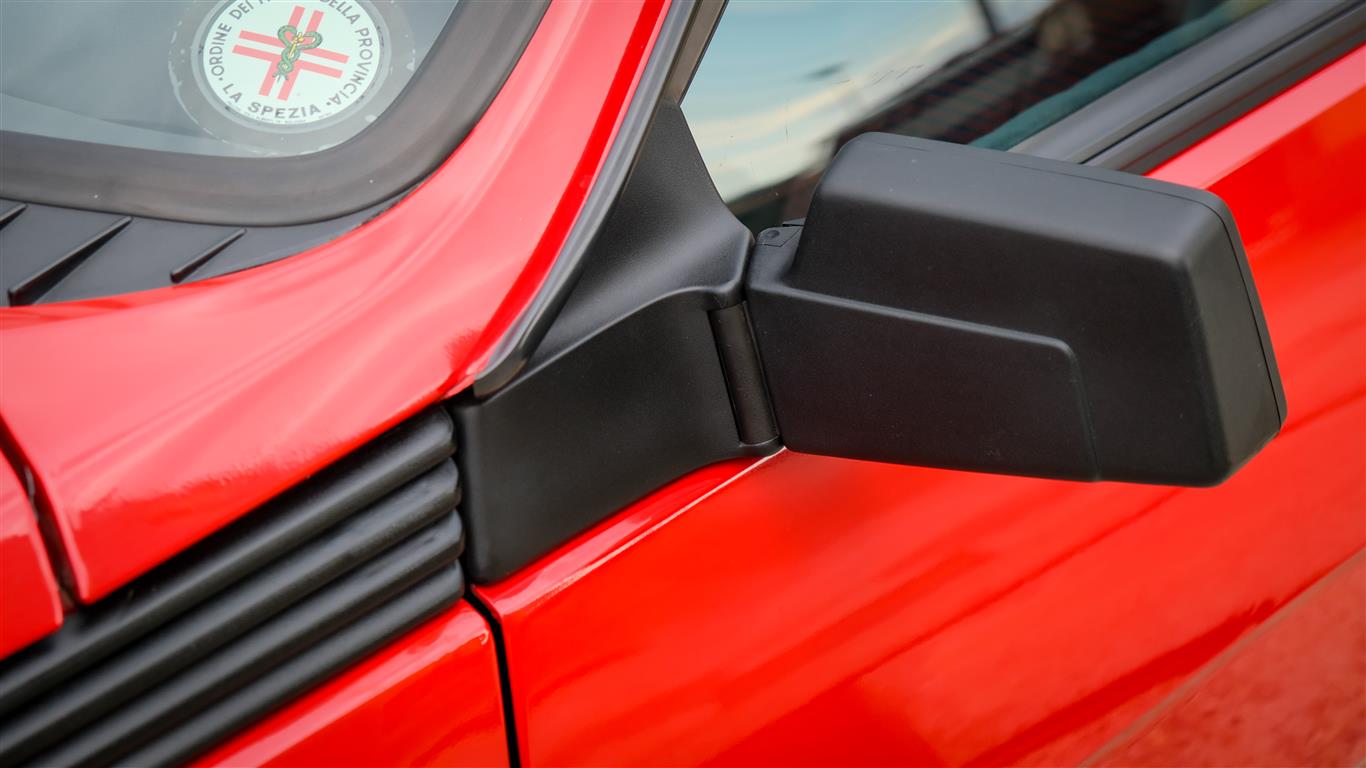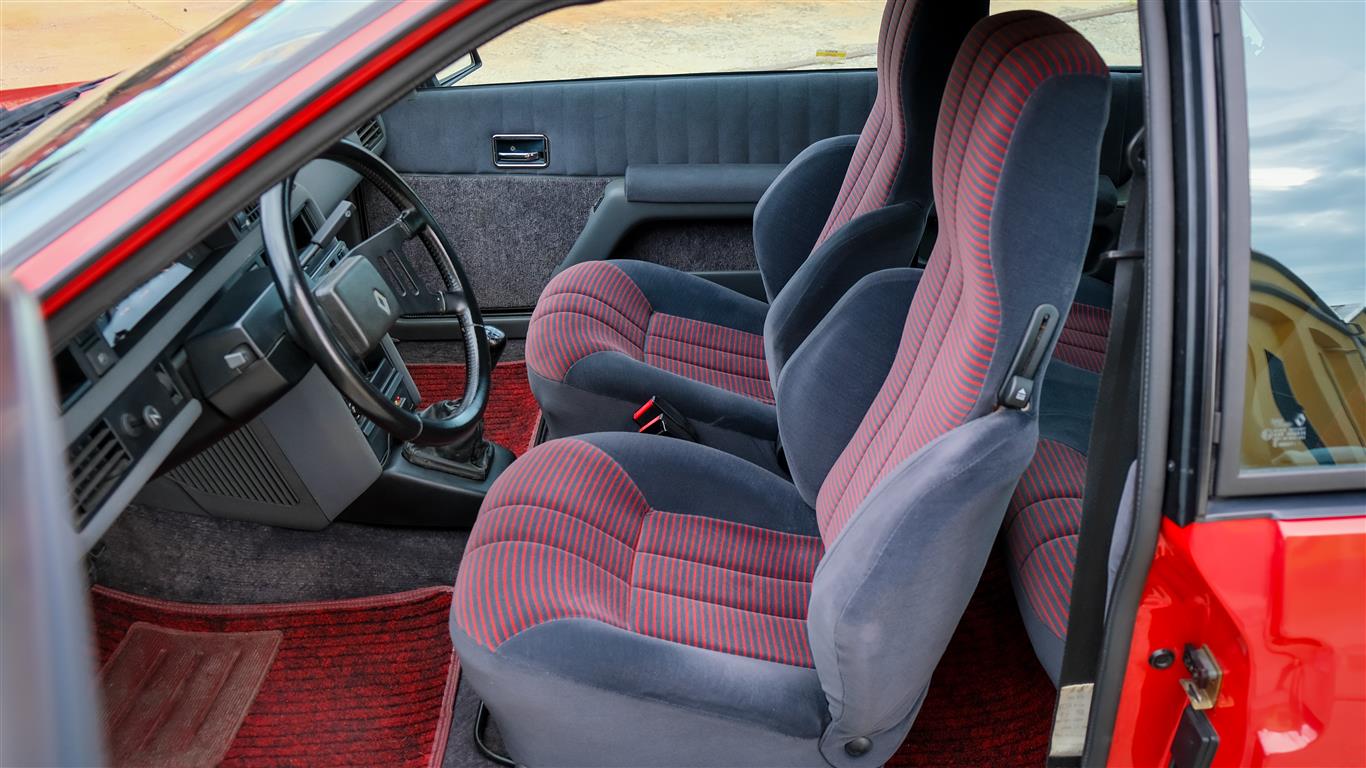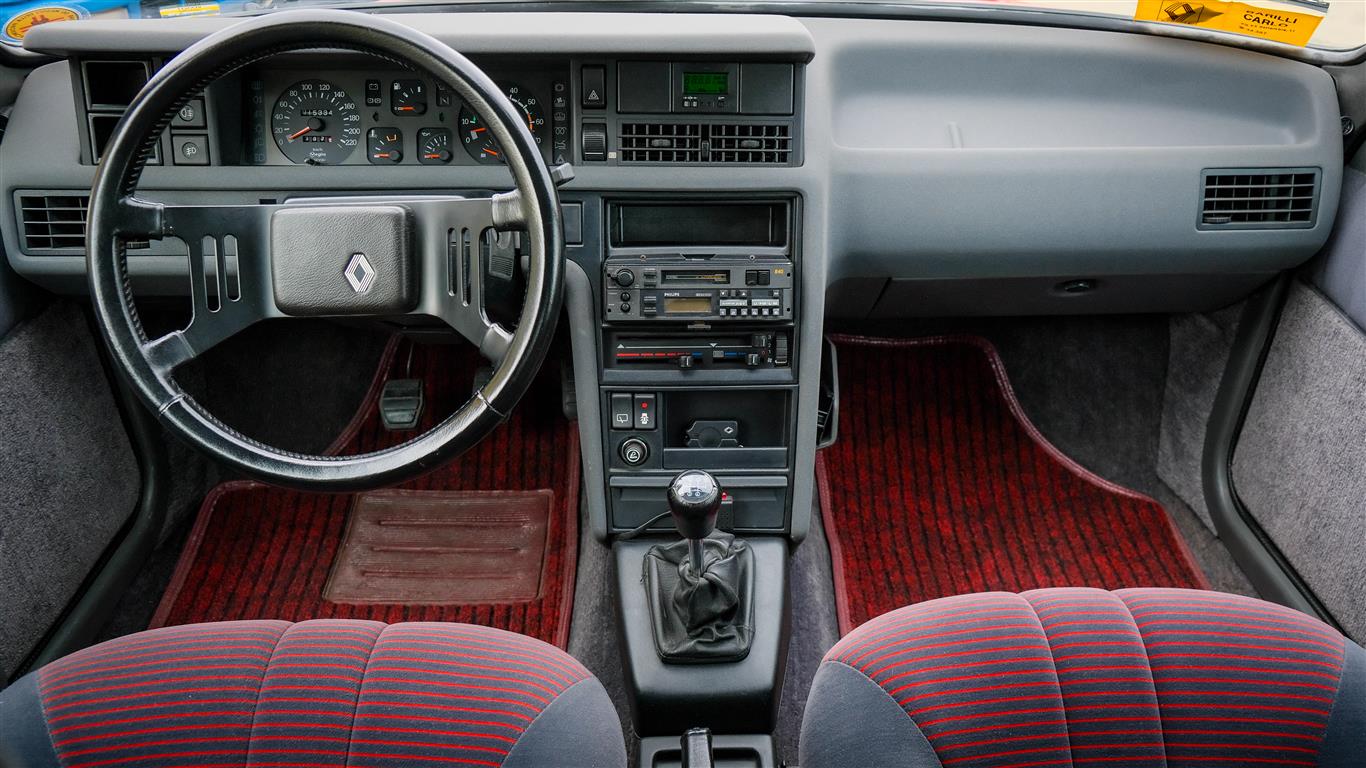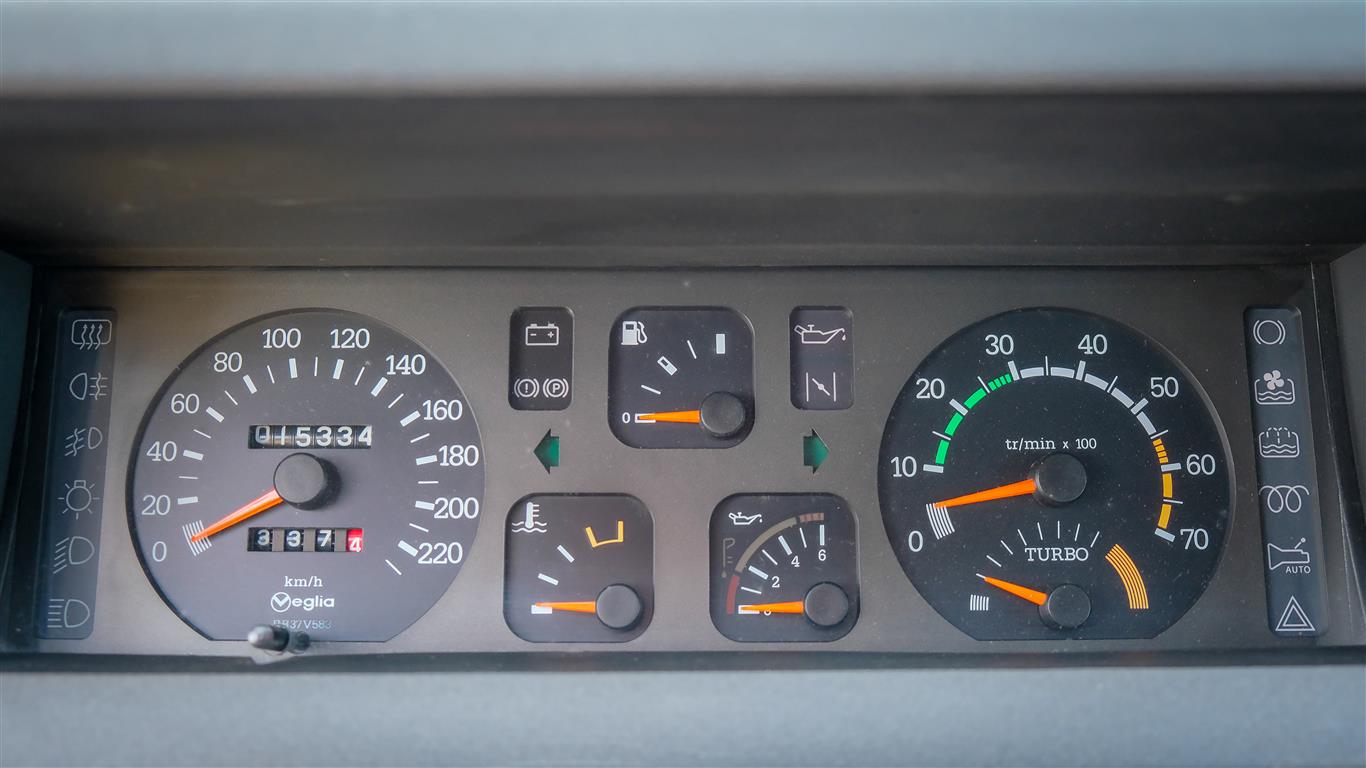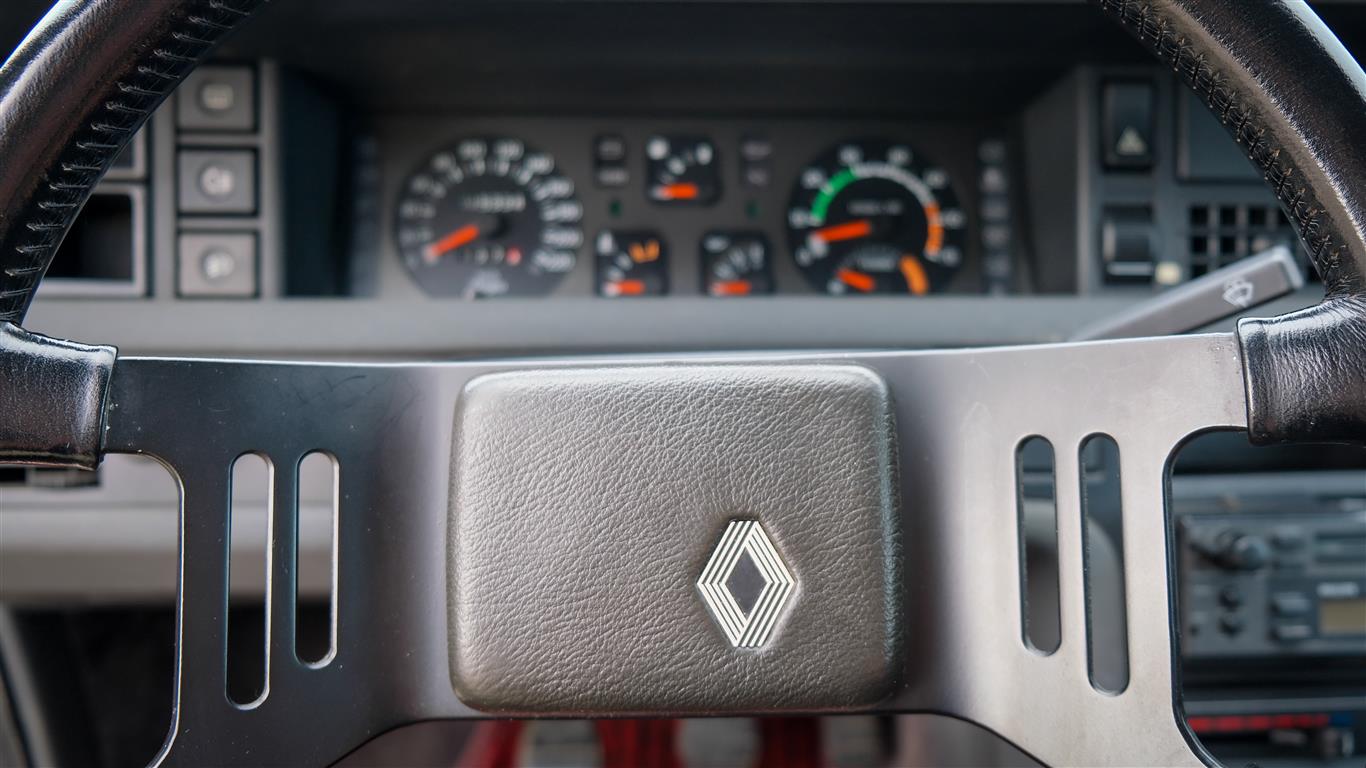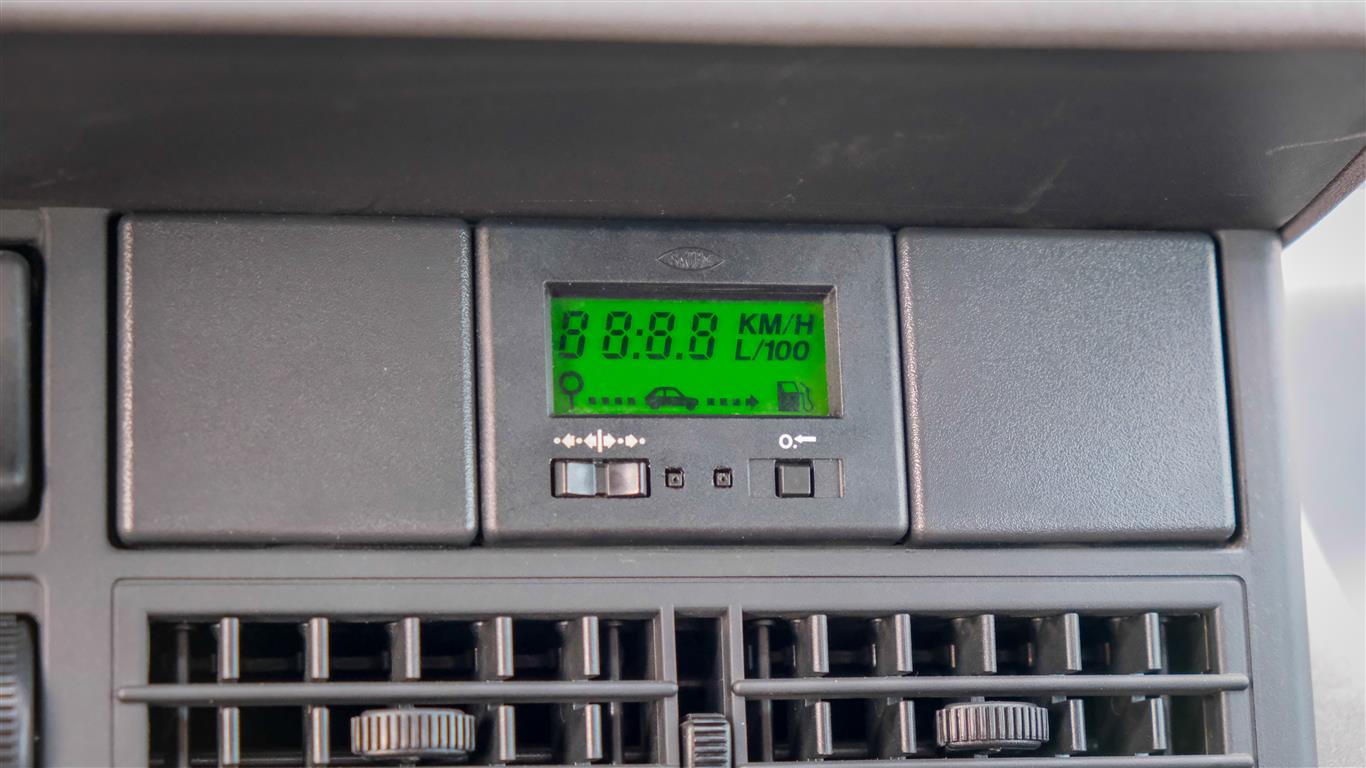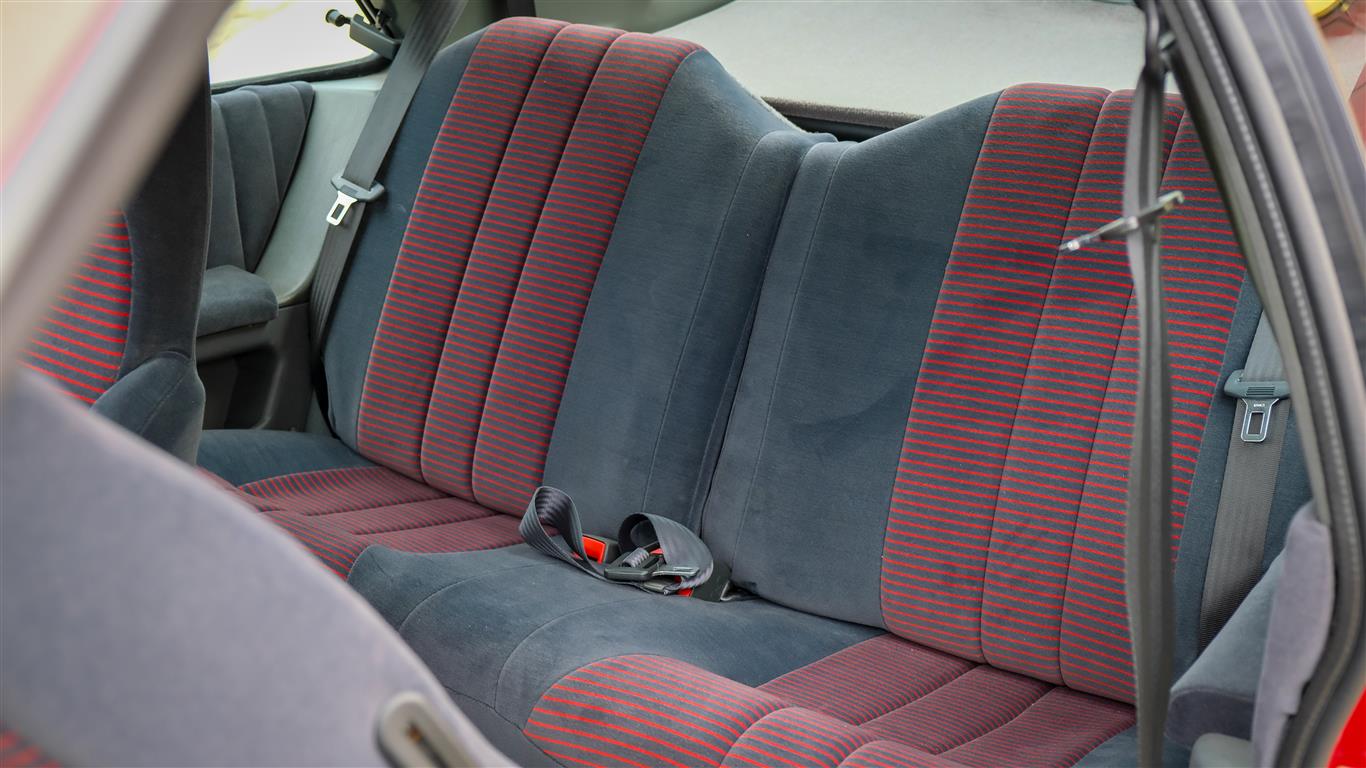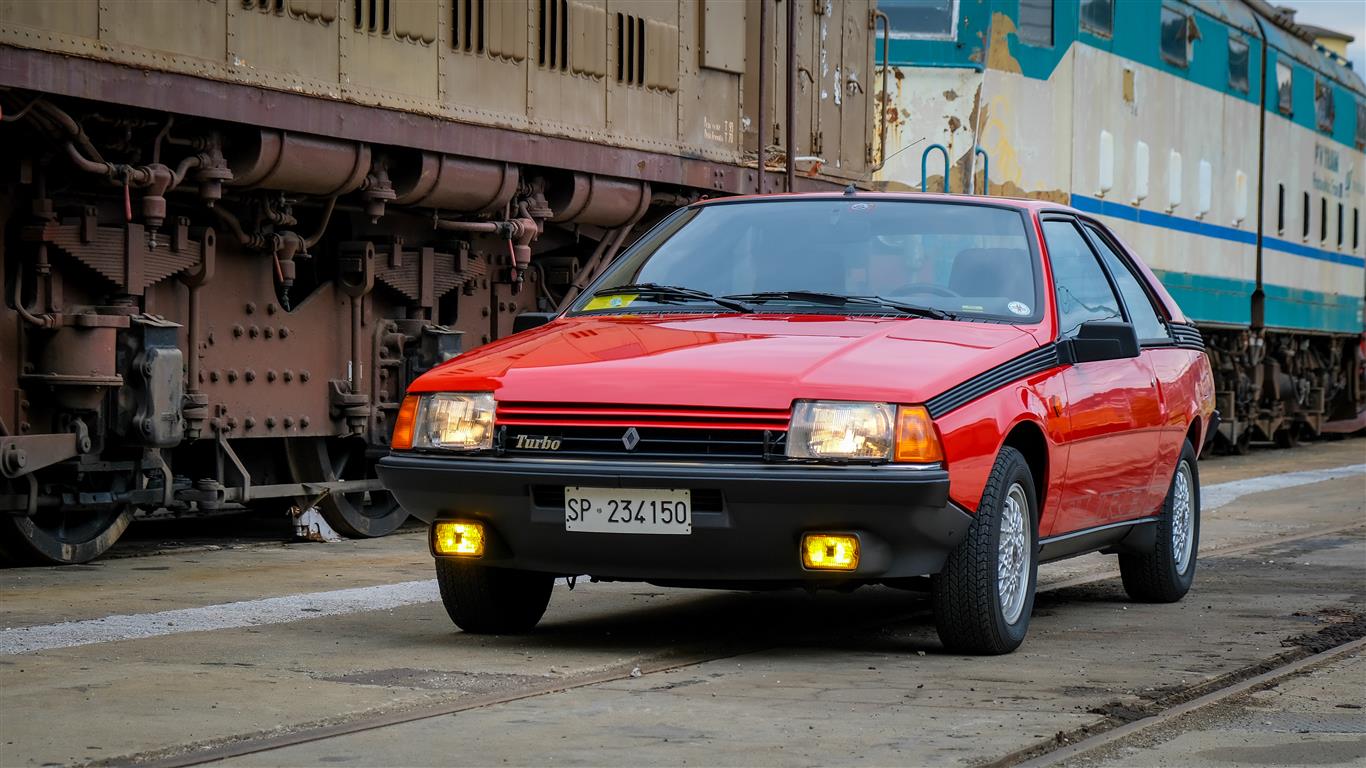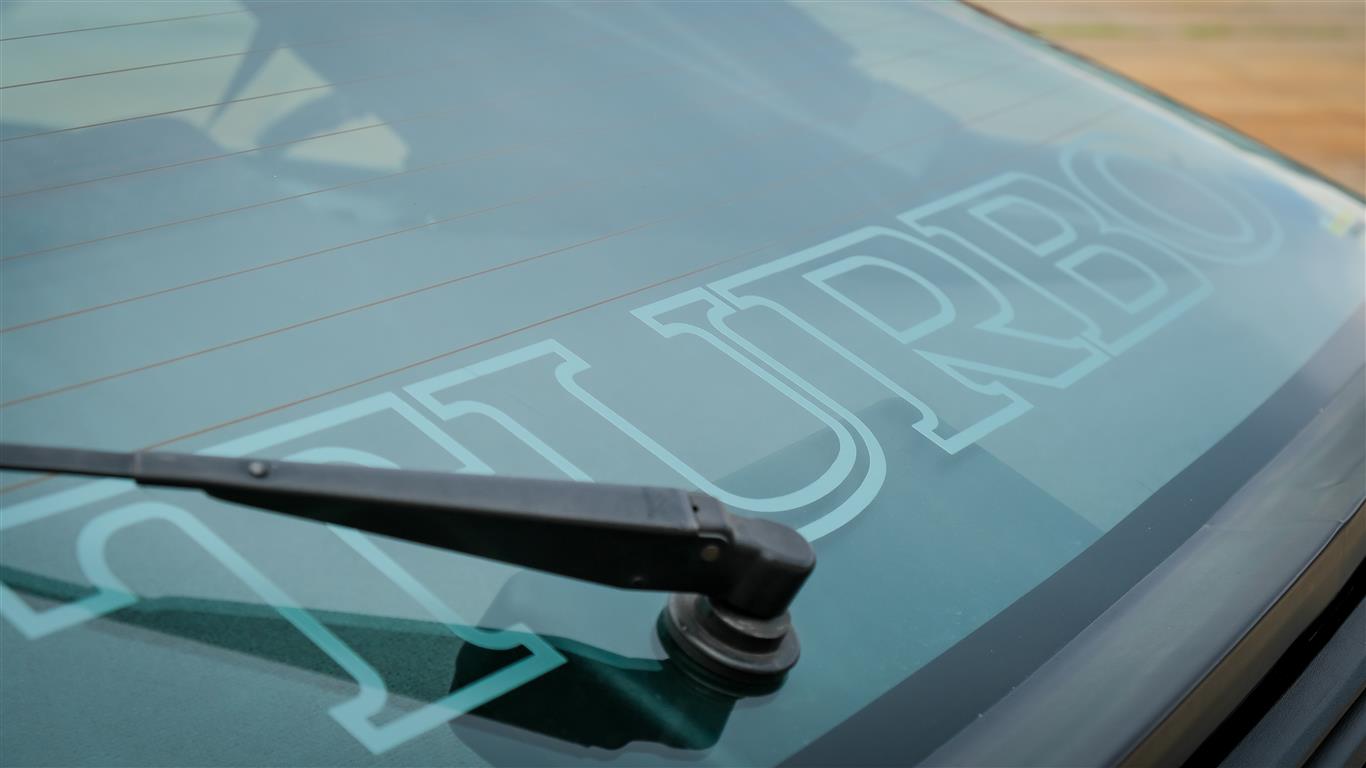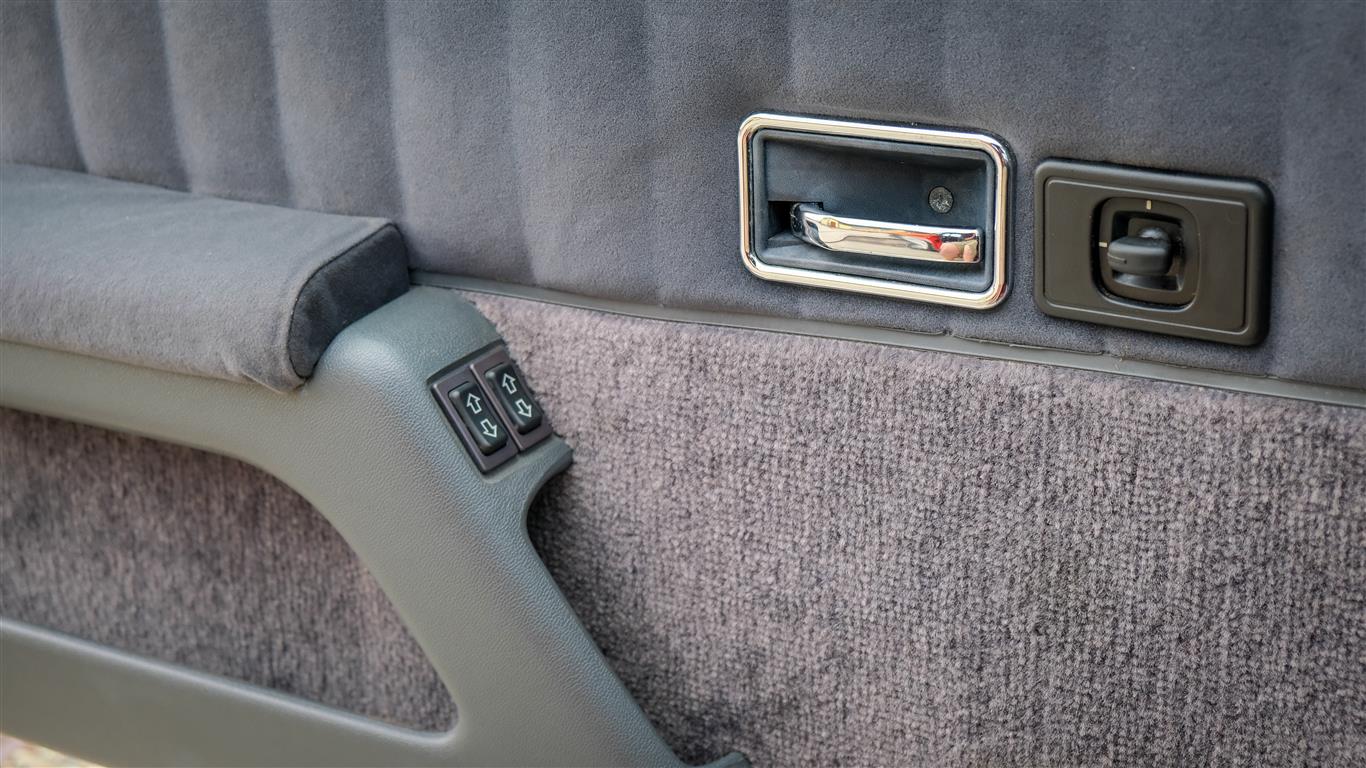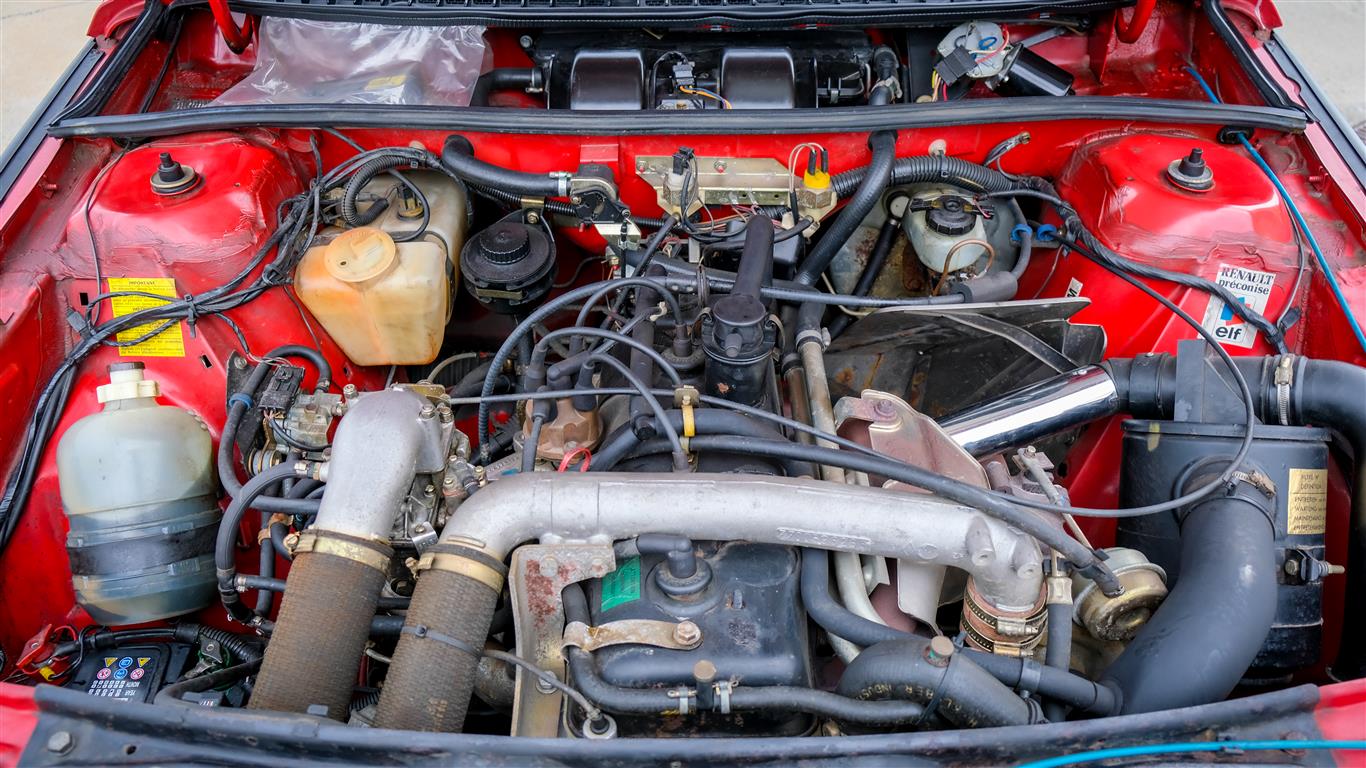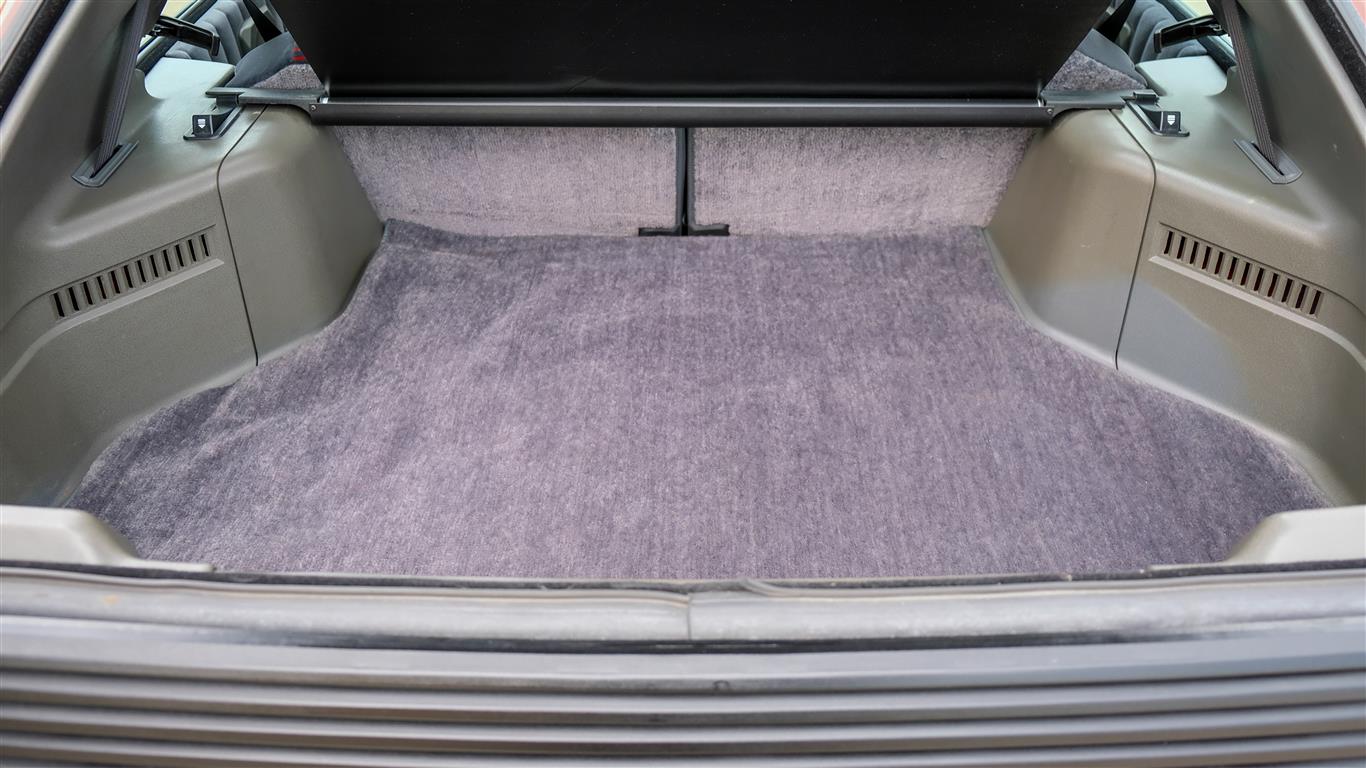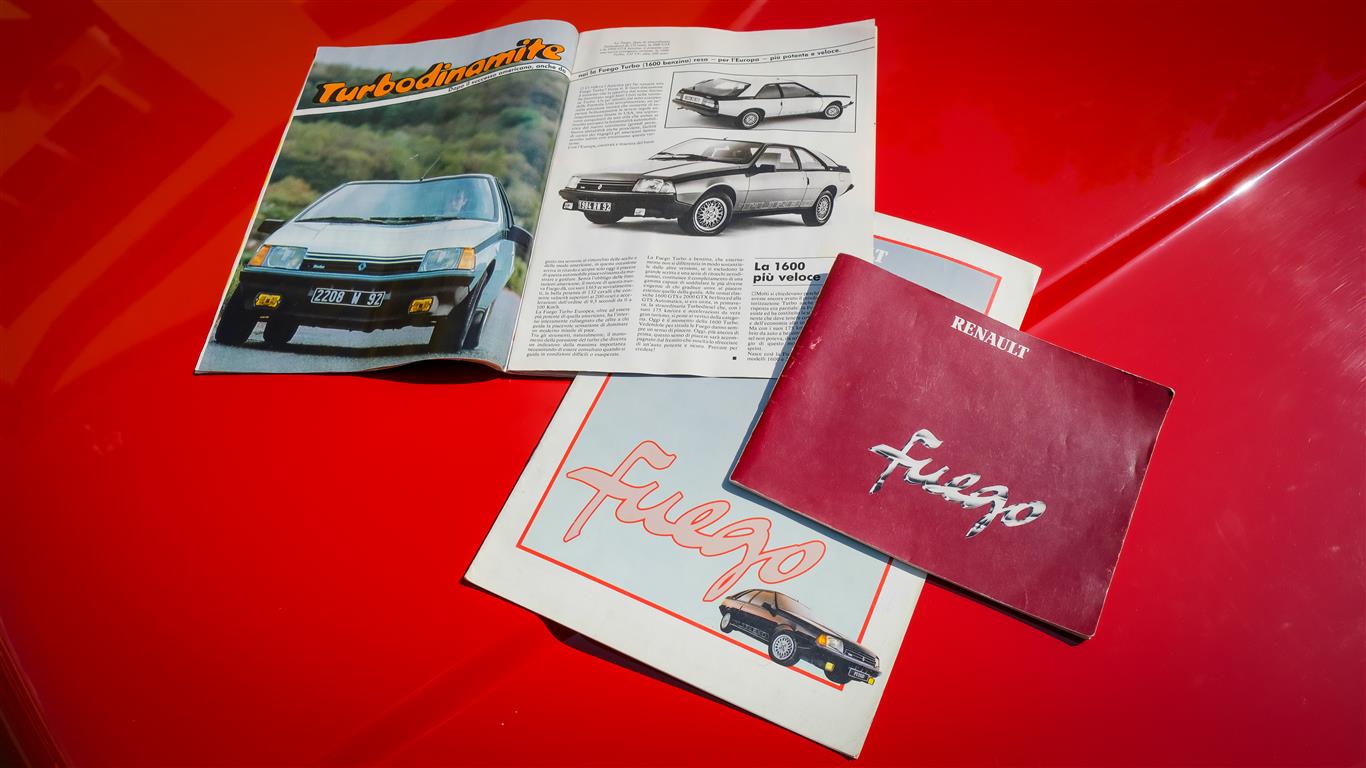Magazine Agorauto
Renault Turbo: when a storm hit Paris
Author: Michele Di Mauro · Credits Ph: Michele Di Mauro
4 April 2022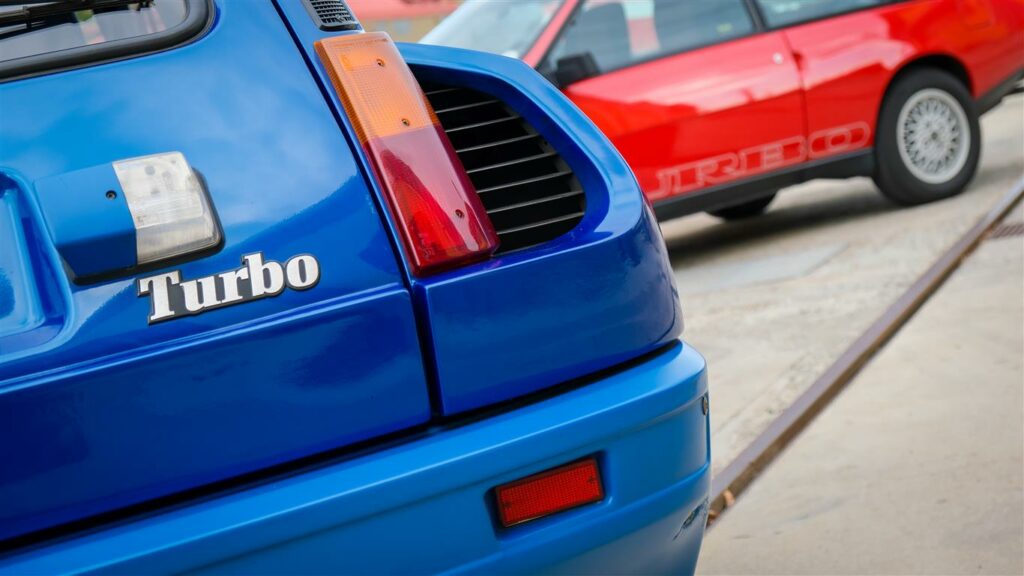
It was 1977 when Renault first fielded the RS01, its first Formula 1 car powered by a turbocharged engine, a 1.5 L unit driven by a single Garrett turbine. This highly unreliable single-seater lasted two dreadful seasons, in which the best result was to complete a number of races. The French technicians were convinced that they had made the right choice, however, and refused to be discouraged. In 1979, in South Africa, they achieved pole position, while Spain saw the debut of the new RS10 with two KKK turbine. With this car, driven by Jabouille, Renault won the first victory in the history of Formula 1 with a supercharged car, in the French Grand Prix. It would trigger a real revolution, which is still ongoing today.
Yes indeed, because until then, turbocharged cars were few and far between, and were considered temperamental and extreme. In the wake of their track successes, however, Renault lead the way with the advent of supercharging, and not only on the racetrack. As early as 1980, in fact, the French manufacturer launched a madcap version of its small R5 compact car, designed to be used for rally racing, where it would do itself credit for 6 seasons, but also available in a road version, along the more “civilian” R5 Alpine Turbo.
Whereas the latter incorporated the features of a production Renault 5, the 5 Turbo was an entirely different beast. Based on a first prototype built as early as 1978 in collaboration with Bertone and designed by Marcello Gandini, the new car sported a radically different approach: the boosted engine was mounted centrally, where the rear seat was; the rear-wheel drive found significantly larger wheels and tyres, for which massive widening of the bodywork was necessary; large air intakes on the mudguards helped dissipate the heat. New fuel tanks were fitted under the seats, whereas in the front compartment, where only the battery, brake pump, ventilation system and spare wheel remained, a large air vent was fitted to drain the heat from the radiator. In short, it was an R5, but it played in an entirely different league.
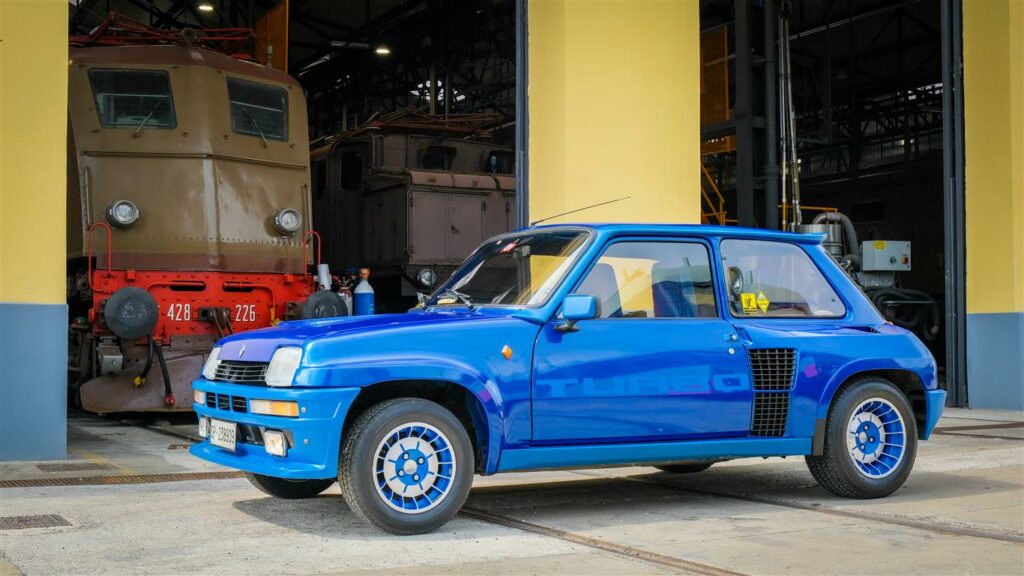
Production of the new small supercar, a real black swan on the automotive scene of the time, began in 1980, and was extremely complicated. The modifications to the bodywork, performed in-house in Flins, was later carried out by Heuliez at their plant in Cerisay, where the normal bodies would arrive to receive the modifications to their floors and wheel arches, extending the wheelbase by 5 cm, strengthening the front and widening the track width; after this, they were transferred to the Alpine workshops in Dieppe for assembly and painting.
The bodywork, although very similar to the production car, exhibited several differences: to save weight compared to the production components, which were made of steel, the doors, roof and rear hatch were made of aluminium; the bonnet, mudguards and bumpers were fibreglass; the spoilers and sills were in soft polyurethane. The dashboard, steering wheel and seats also differed from other R5s; these special details were produced in limited series which, together with the standard equipment which included electronically adjustable windows and rearview mirrors, helped raise the price of the car.
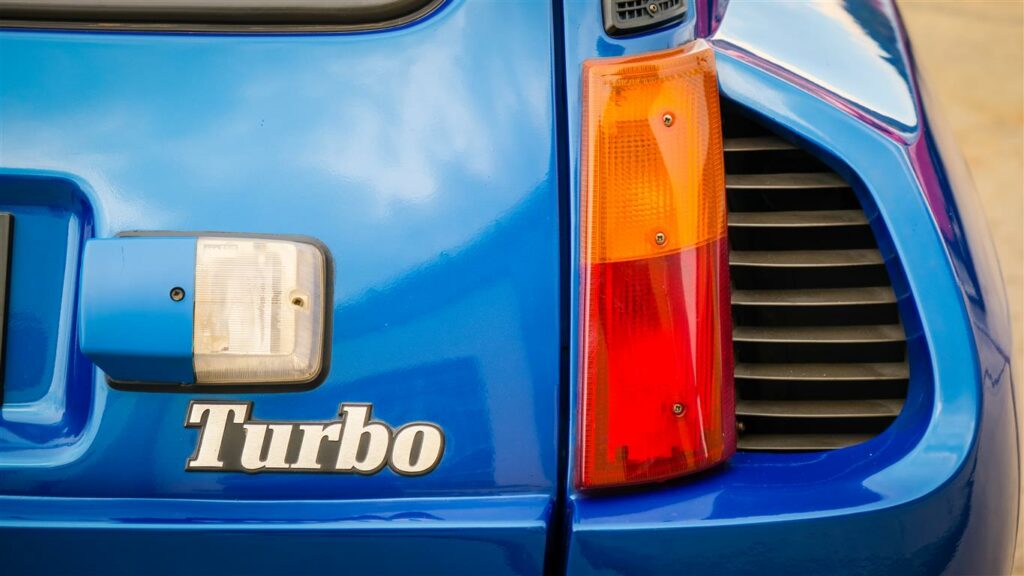
Which is why, in 1983, came the launch of the Renault 5 Turbo 2: unchanged mechanically, a large portion of the bodywork was now made of steel, and the instrument panel was derived from that of a normal R5. These changes added 30 kg on the weighing scale.
The heart of this little monster, a Cléon-Fonte series engine located centrally and longitudinally, was a four-cylinder in-line 1397 cc unit in cast iron with light alloy cylinder heads, sidemounted camshaft and distribution with rods and rockers, which delivered a stunning160 hp at 6000 rpm with a torque of 210 Nm at 3250 rpm. The fuel supply made use of a Bosch K-Jetronic mechanical injection system with Garrett T3 turbocharger, at a pressure of 0.86 bar and air-to-air intercooler; combined with a speed mechanical gearbox, dry dual-plate clutch and rear-wheel drive, this drove the car at speeds up to 200 km/h, accelerating from 0 to 100 km/h in only 6.5 seconds.
The Renault 5 Turbo became the basis for all of the dedicated racing versions: ranging from the 200 horsepower “Cevennes”, offered both in official Group 4 configuration as well as in a customer version, through the 300 horsepower “Tour de Corse”, produced in Group B configuration for the 1983 season, to the “Maxi Turbo” for the 1984/1985 Group B, with a 1.5 L, 350 hp engine and technology is borrowed from the Renault Formula 1 team, or even the “Production” Turbo, produced for Group B in 1986-1987 with a 1.4 L, 370 hp engine, and used in the French super-production championship.
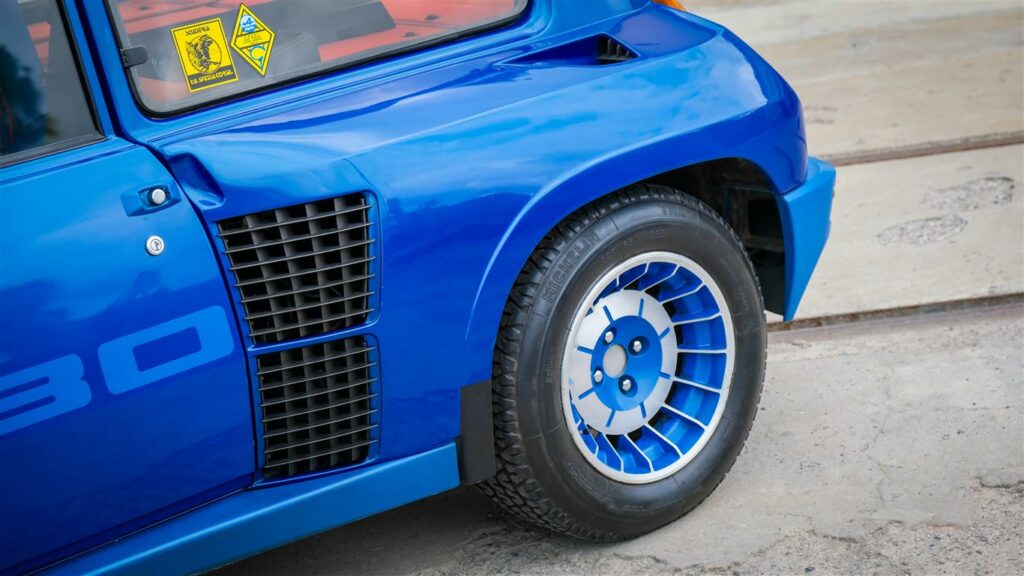
But let’s get back to our roadworthy Turbo. It is a typical folly of the early 1980s, a supercar disguised as an old lady’s car, more or less. Only the Metro 6R4, which even the British, past masters of the eccentric, had the good sense not to sell to the general public, can match this for absurdity. It can be assumed that anyone who might order a 5 Turbo could be considered as such, particularly with the psychedelic combinations of the first series, for which only one setup, almost no options and a choice of only two colours were available: Olympian Blue and Pomegranate Red.
The model that we photographed for Agorauto has plenty to say: bodywork in Olympian Blue, a striking metallic blue, in which almost all of the plastic detailing is specially made in the same colour; an interior covered in red-orange carpeting, sport seats and special panels in blue leatherette and “optical” velvet in the two colours, a special dashboard in grey plastic and blue leatherette with orange instruments and an asymmetric steering wheel with a central pad also in blue. If it were a racing car, it would be perfect for a disco revival night. Instead, however, we’re talking about a machine that can boast four world rally racing victories (two in the Tour de Corse, one in Monte Carlo and one in Portugal), of which less than 5000 units were built and the roadworthy version of which will not cost you less than EUR100,000 today.
It is for this reason that when the owner of the model in the photographs had the opportunity to acquire it, he didn’t think twice. Registered in 1982 in his hometown, La Spezia, she had only had two owners, and the second, from 1986 onwards,was the son of Carlo Barilli, the dealer who had sold the car when new. Found sealed after almost 20 years, it is now preserved in a completely original state.
The R5 Turbo’s first change of ownership, in 1986, lead to the updating of its number plate, which dates from that year and which is very similar to the second Renault in this spread, a stunning Fuego Turbo, also dating from 1986. But the coincidences do not end there: the previous owners of the two vehicles were neighbours, living in the same building and even on the same floor. Fate would have it that the two cars, sold by the same showroom and which ones share parking spaces in the same condominium, now owned by the same collector from La Spezia, brought together by another, absolutely rare element: low mileage. The 5 Turbo has driven barely 19,000 km, while the Fuego does even better: it has done barely 15,000!
The beautiful red coupe in our photographs belonged to a single owner until July 2018, when it was discovered in a garage that had been sold and needed to be emptied. When it was recovered, it had been standing for almost 5 years, and is completely original, including the paintwork and tyres, which are still the Pirelli P6s that were originally fitted.
The Fuego, a sleek four-seater coupé developed on the basis of the R18 and heir to the 15 and 17 models, is the car which, at least in theory, is best suited to the supercharging philosophy. We say in theory, because, despite its slender form and passionate name (Fuego means “fire” in Spanish and together with the “Espace” represents the only exception to the numeric series used by Renault for almost three decades), it is not exactly how we would define a sports car.
Introduced to the market in 1980, the same year as the R5 Turbo, the Fuego was beautiful and modern, and relaunched the large wraparound rear window which formed the rear hatch previously seen on the Porsche 924 and subsequently repeated by Renault on it later 11 and 25 models. Another original solution was the black plastic strip which highlighted the belt line, mark the rearview mirror mountings, wrapped around the tail and conceptually extended the side windows. The bumper design was also new, marking the lower part of the mudguards, and visually connecting the wheels to the lights; an aesthetic theme which would be repeated on the R25. The recessed door handles, inherited from the previous R15 and R17 as well as from the small R5, also added to the cleanliness of its sides.
Despite its smooth and tapered shape, which gave it a CX value of barely 0.347, the Fuego could comfortably accommodate four people and plenty of luggage in a decidedly comfortable passenger compartment, covered in velvet and plastics, as on the 5 Turbo, coordinated with the colours of the fabrics and bodywork. As on the 5 Turbo here too we can see “petal” sports seats with integrated headrests, although these are much more padded and comfortable. A difference which brings us back to what we said above, namely that even in the Turbo version, the Fuego is not exactly a sports car.
The technical layout of the Fuego does not in fact exhibit any particular differences compared to the spacious R18 sedan from which it is derived, and which is also available in a turbocharged version. The engine is front-mounted and longitudinal, and it also has front-wheel drive; the braking system is a mix of front discs and rear drums, the front independent wheel suspension is combined with a rear rigid axle, and this has a decidedly soft setting. When it was launched, the Fuego range included only two four-cylinder in-line petrol engines, both of which were distinctly pedestrian: a 1397 cc, 62 hp unit with a four-speed gearbox (or optional five-speed gearbox) and a 1647 cc, 94 hp unit with a five-speed gearbox (or optional automatic). The family-sized luggage compartment, abundant for a coupé (375/800 litres) would ideally deal the coup de grace to any sporting ambitions. In fact, the Fuego is a comfortable medium-sized car for travelling, dressed up as a sports car. Even the equipment, which was not common in the medium segment at the time, indicated that the model was dedicated to comfort: Electric windows, central door locking with remote control (a world first), height-adjustable steering wheel, air conditioning and power steering, fitted as standard or as an optional extra, were provided to pamper passengers rather than to generate any powerful emotion.
The striking contrast between appearance and performance led the French manufacturer to decide, as early as 1981, to launch 2 litre versions, which had already been announced when the model was first unveiled; in this case, the engine was the 1995 cc, 110 hp unit from the R20 TS. The first turbocharger appeared in 1982, when the Fuego won the title as the world’s first coupé to be powered by a diesel engine: the new Turbo-D version, available only in left-hand drive markets, was powered by a 2.1 L, 88 hp unit which provided relatively high performance, at least by the standards of the diesels of the era.
1984 was the year of the restyling, which introduced a new grille with four slats, with the two upper slats in the bodywork colour, new bumpers and, internally, a dashboard with new instrumentation and an upper lip which extended to the central console. Also new was the hi-fi with equaliser and remote control to the right of the steering wheel.
But primarily, 1984 also marked the launch of the Turbo: a new version which, despite the 1565 cc engine, positioned itself at the top of the range thanks to its 132 hp. Capable of a top speed of 193 km/h and 0-100 km/h in 9.5 seconds, the Fuego Turbo was a car of substance: fittings were fully optional, with a velvet sports interior, headlight washers, special BBS alloy wheels, on-board computer and a number of exclusive plusses on this version, such as rear disc brakes and electric mirrors. And then, it was a Turbo and was keen to tell you so: in addition to the plates on the grille and on the sides, it proudly sported showy decals on the lower sides and at the base of the rear window.
The Turbo was the last real novelty of the Fuego range before sales were interrupted in Europe and North America, in 1987. On the South American market, the French coupé remained on the catalogue, after further restyling, until 1992, thanks to local production.
The decision to combine a Fuego with an R5 stems from the fact that the car represented a further step along the path to “turbocharge” the product range which Renault embarked on in the first half of the 1980s. The Fuego was somehow a “sister” to the R5 Turbo: the same timeframe, the same inspiration from technology which has given the brand so much prestige, the same Formula 1-inspired marketing. Yet the application of the same concept led to diametrically opposed results. Both vehicles are turbos, but the R5 is raw, violent, spartan, and extreme. A racing car on loan to the road. The Fuego is amazing, fast, but it is also comfortable and refined. Two similar yet distant visions, both well ahead of their time. Today, forty years later, the turbo is experiencing a golden era, and it is doing so along two tracks, exactly as it did then: almost all of today’s supercars are turbocharged, but so are small- and medium-sized family cars, redesigned in the wake of downsizing. The R5 has now revived the modern “hot hatch”, while the Fuego is a prestige coupé, fast and comfortable, often with a turbo and, until the early 2000s, even more often with a turbodiesel.
Both are difficult to find on the second-hand historical car market, particularly if they are beautiful, original and low-mileage like the models in this spread. The R5 and Fuego Turbo are two excellent exponents of a sparkling, visionary era, two items which certainly belong in any ideal collection. Sure, the 5 Turbo boasts a great sporting history, but the Fuego comes at a tenth the price. But probably not for much longer.
Tags: Formula1, fuego, garrett, maxi, renault, turbo

